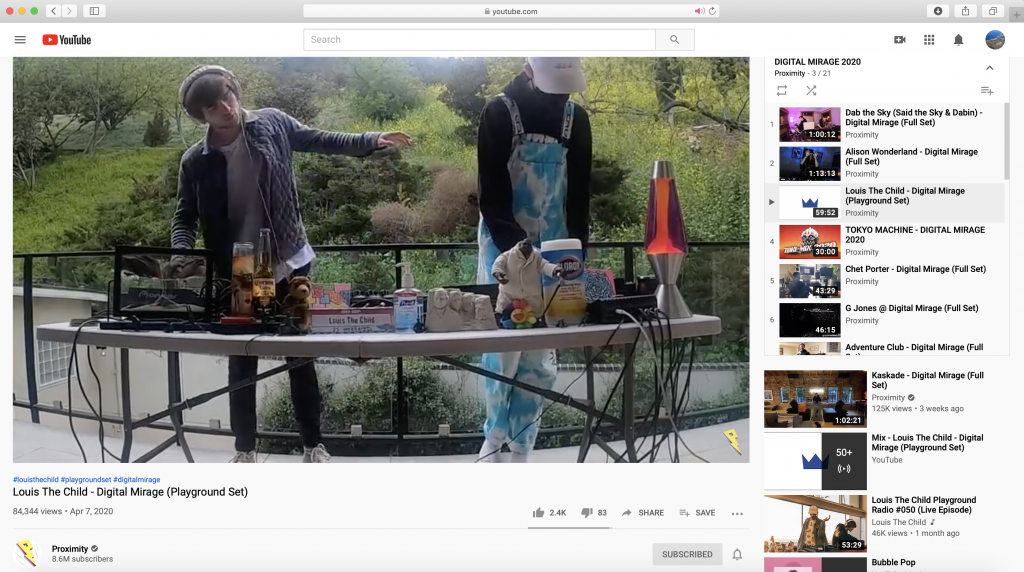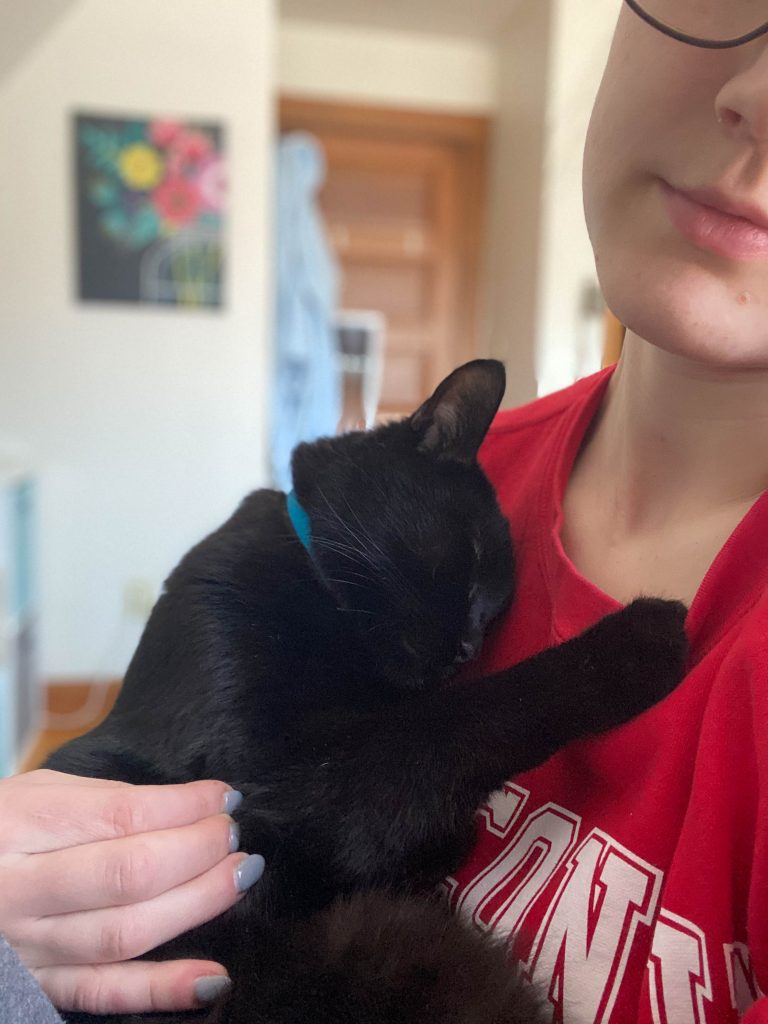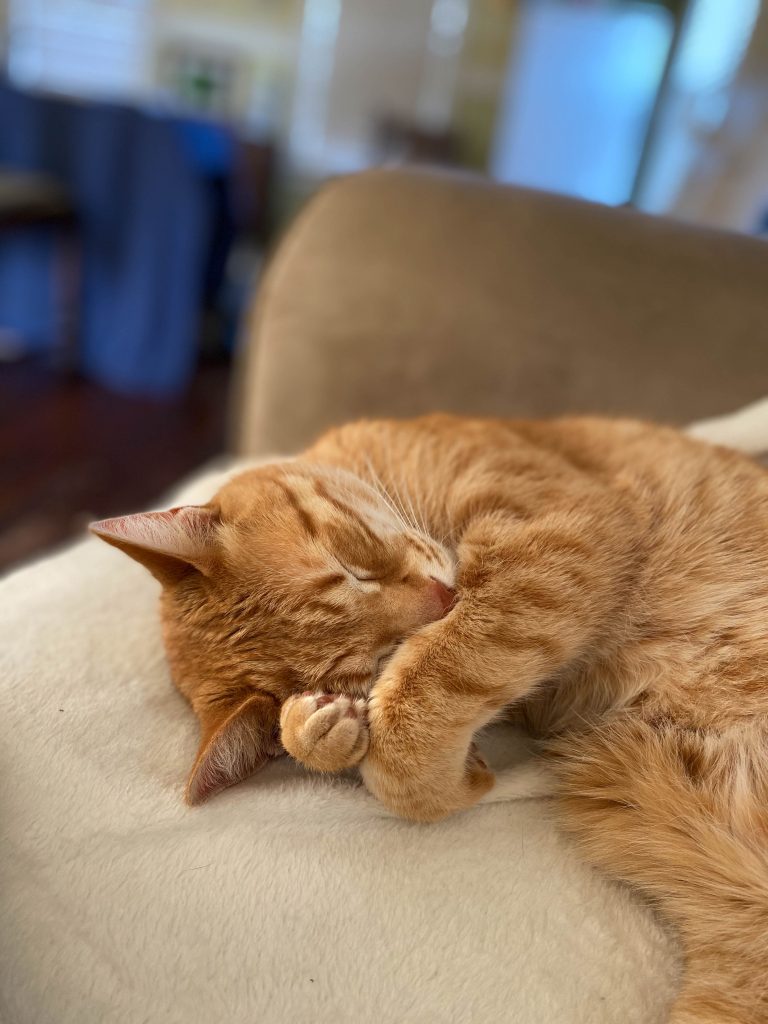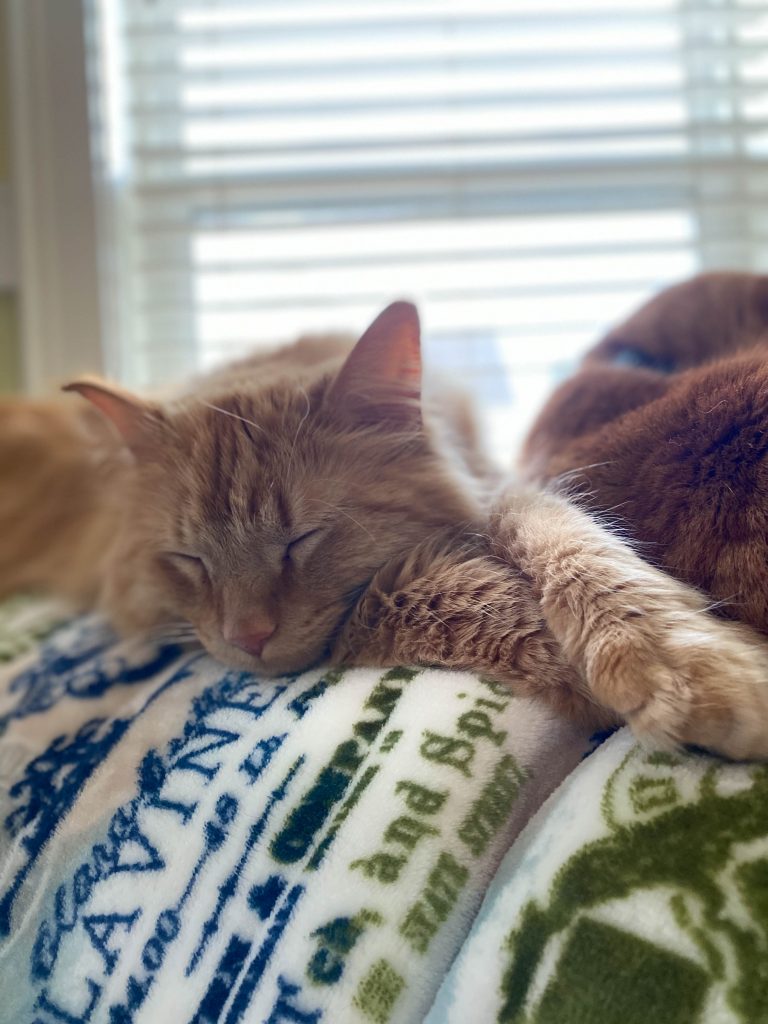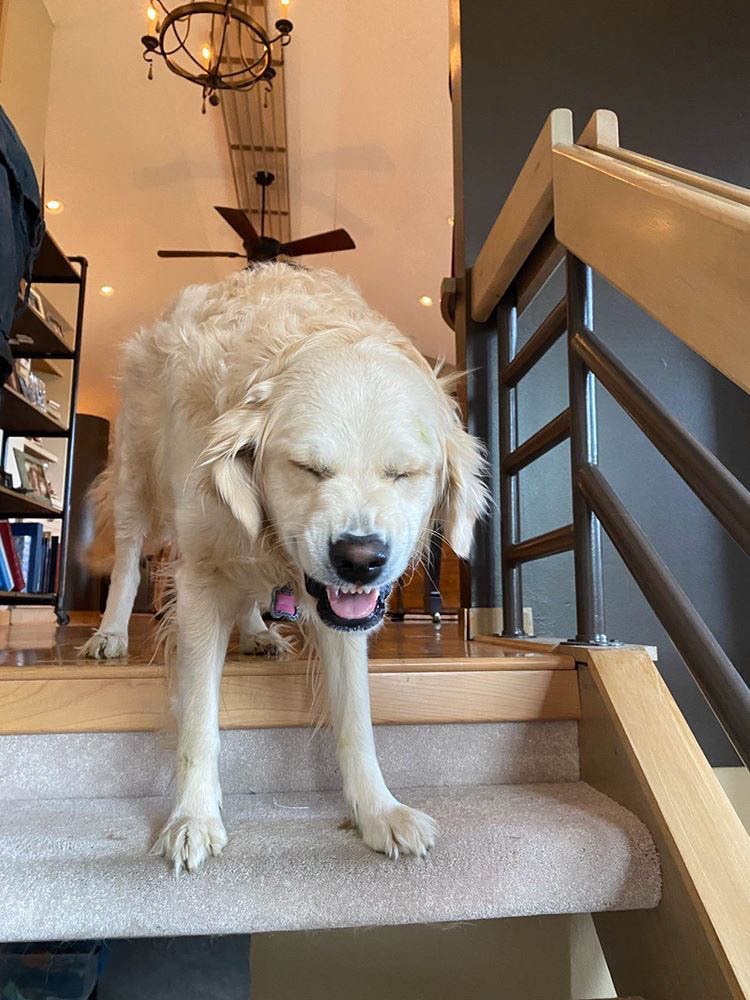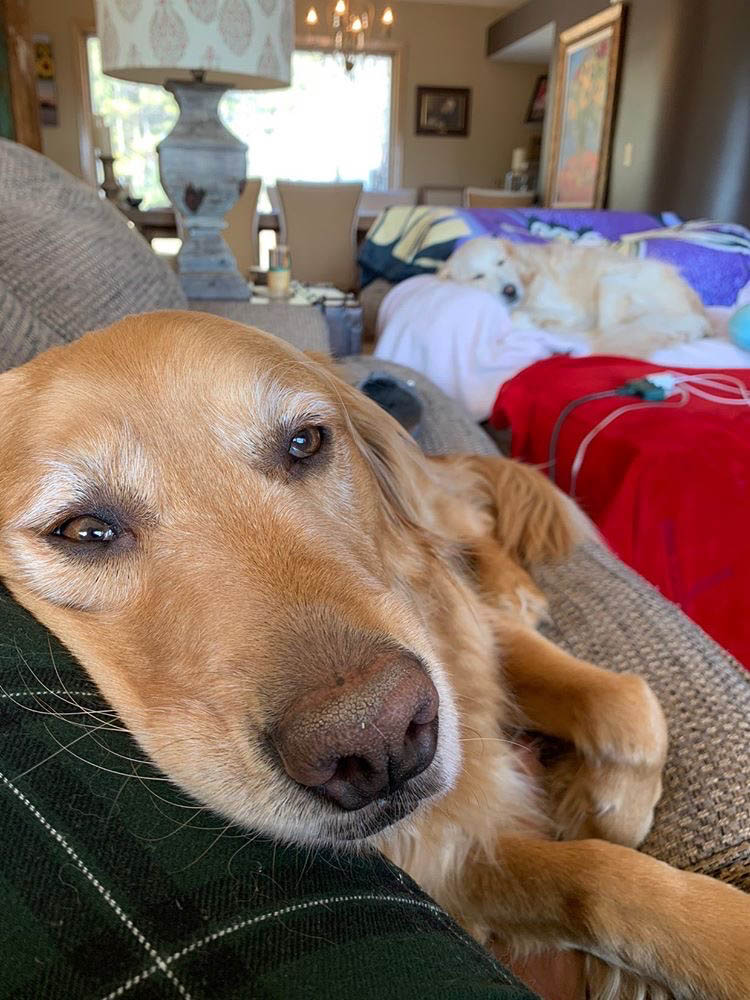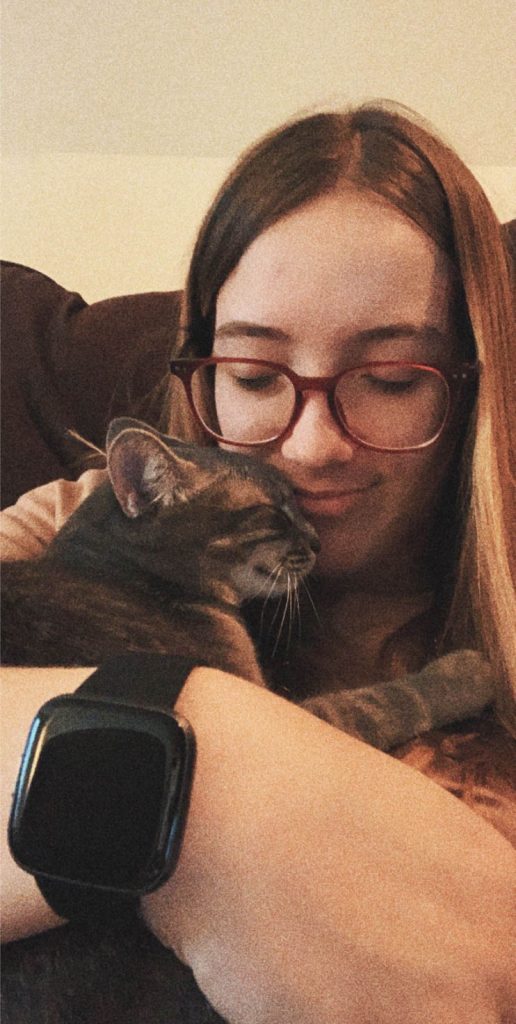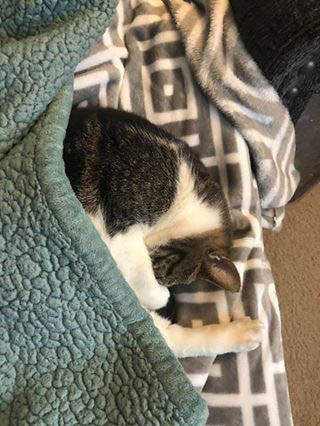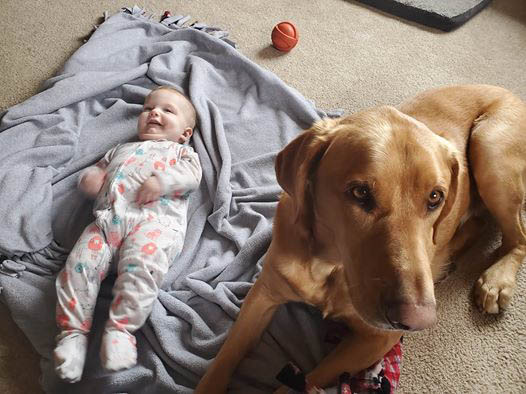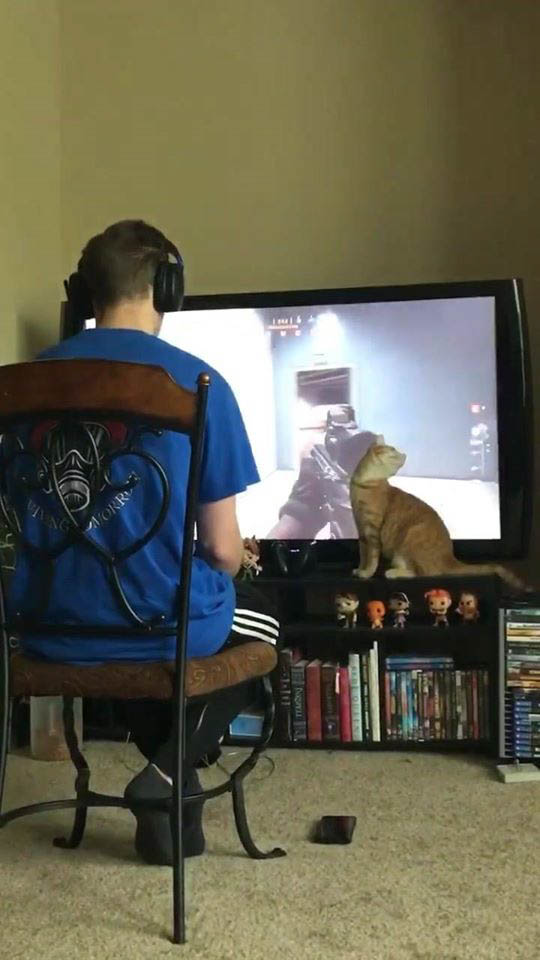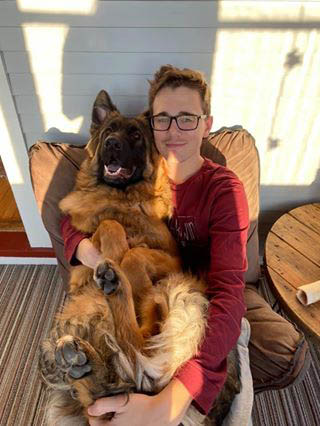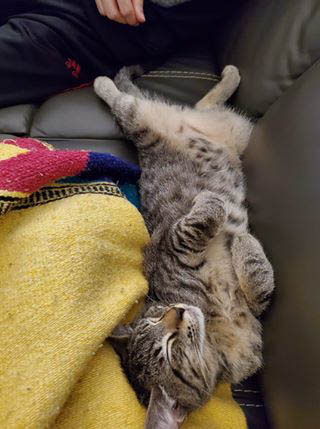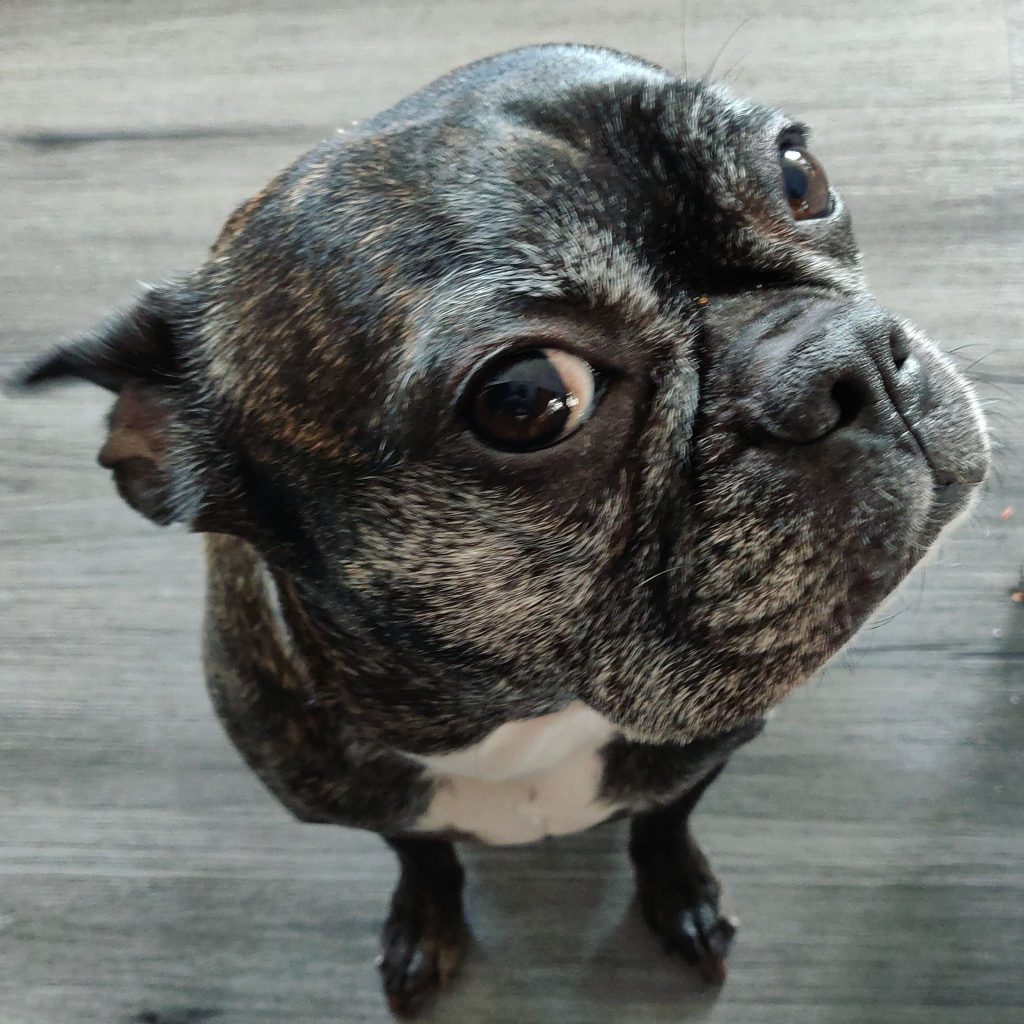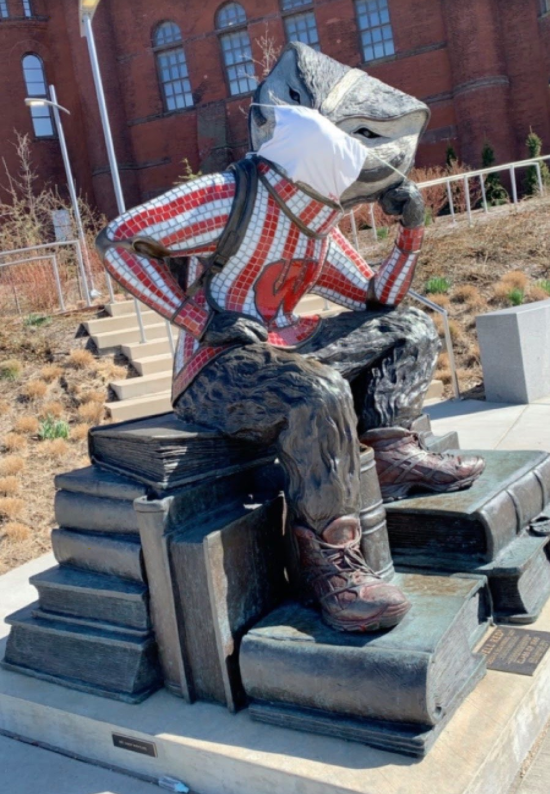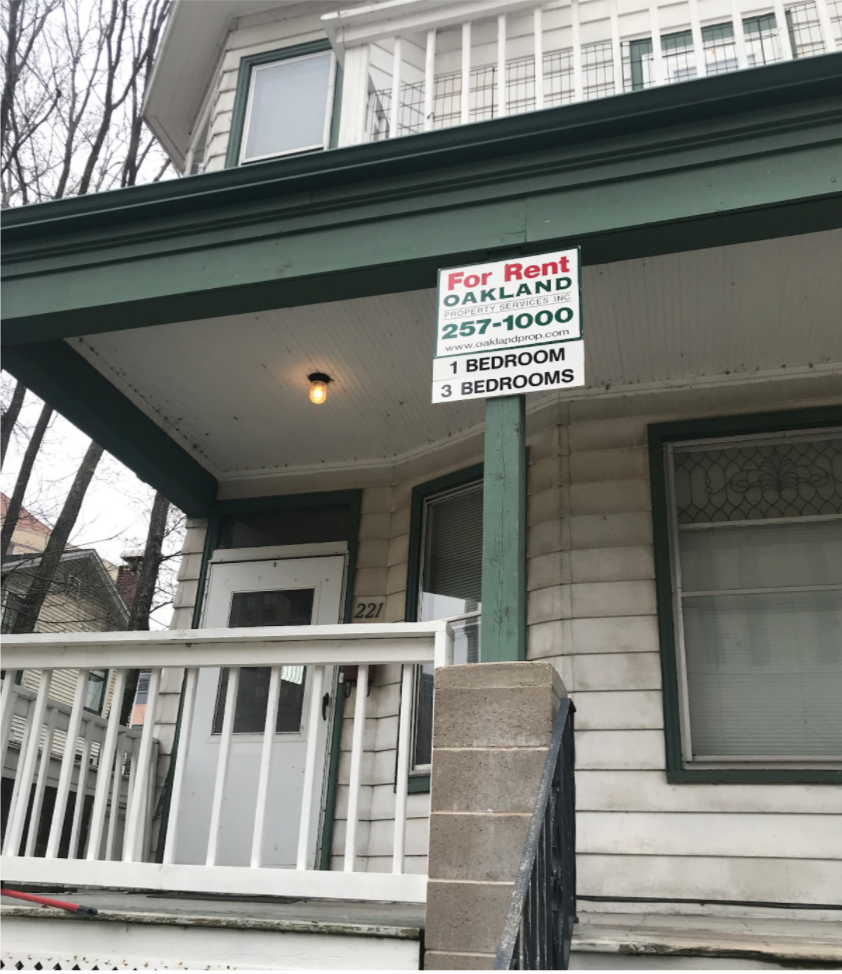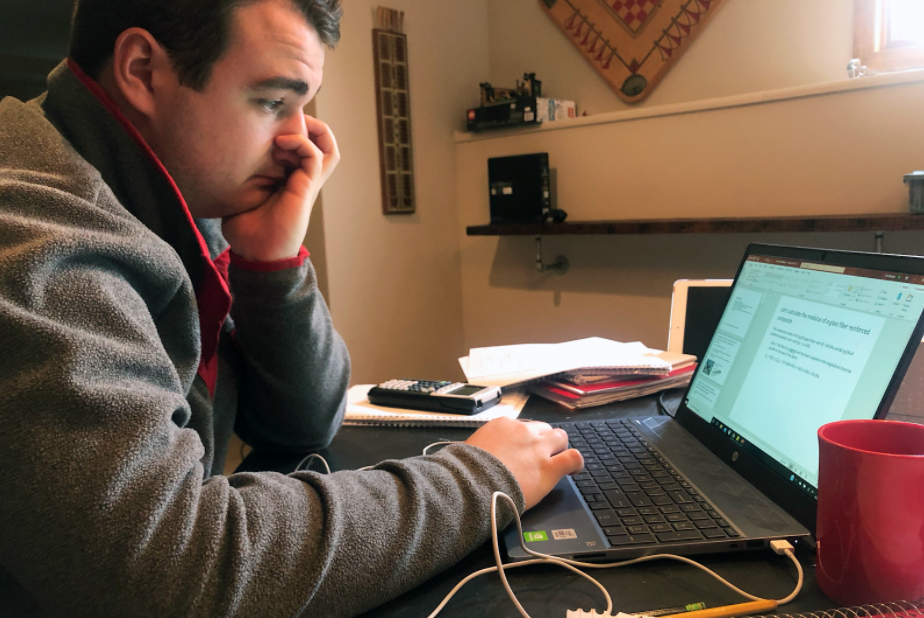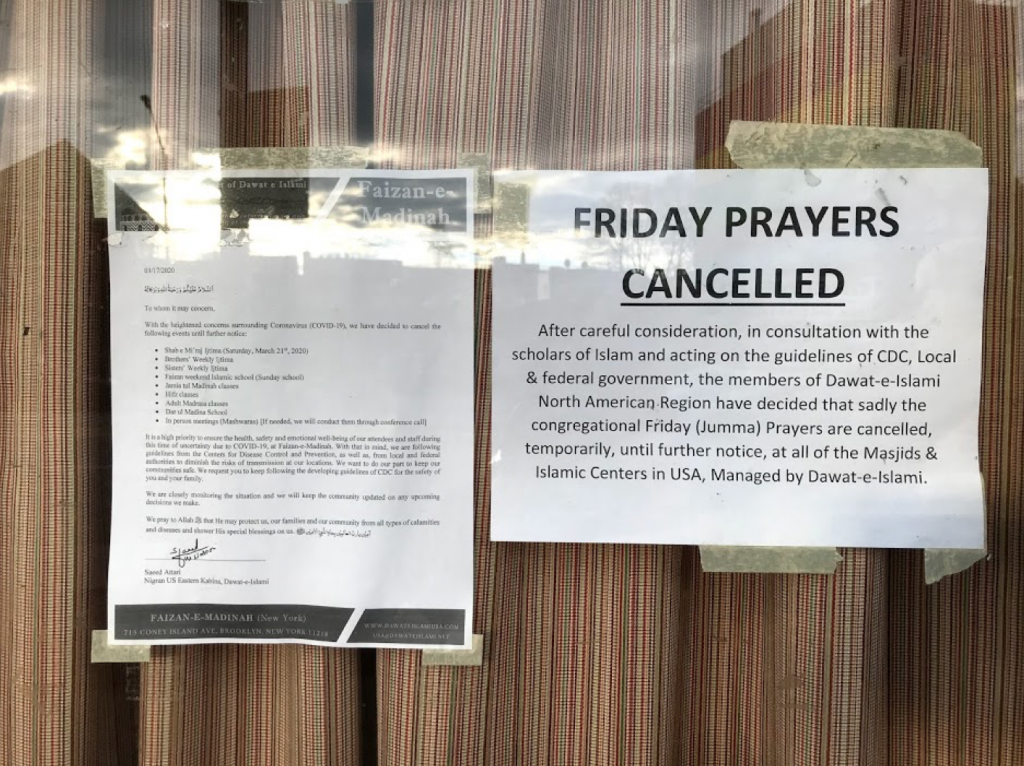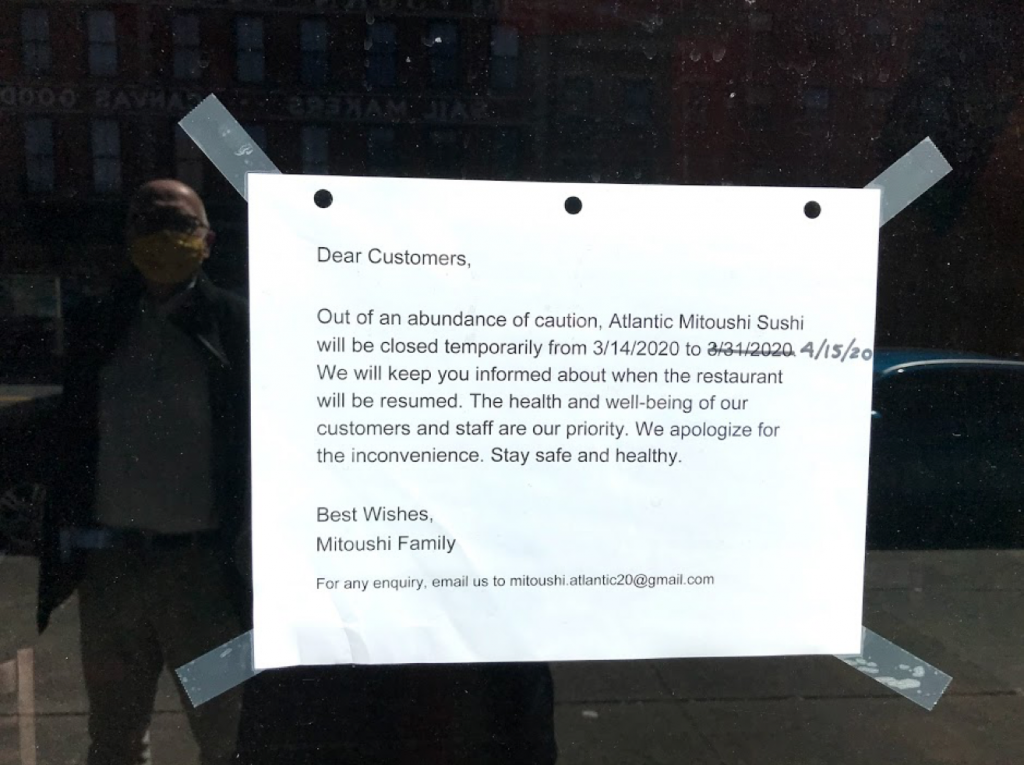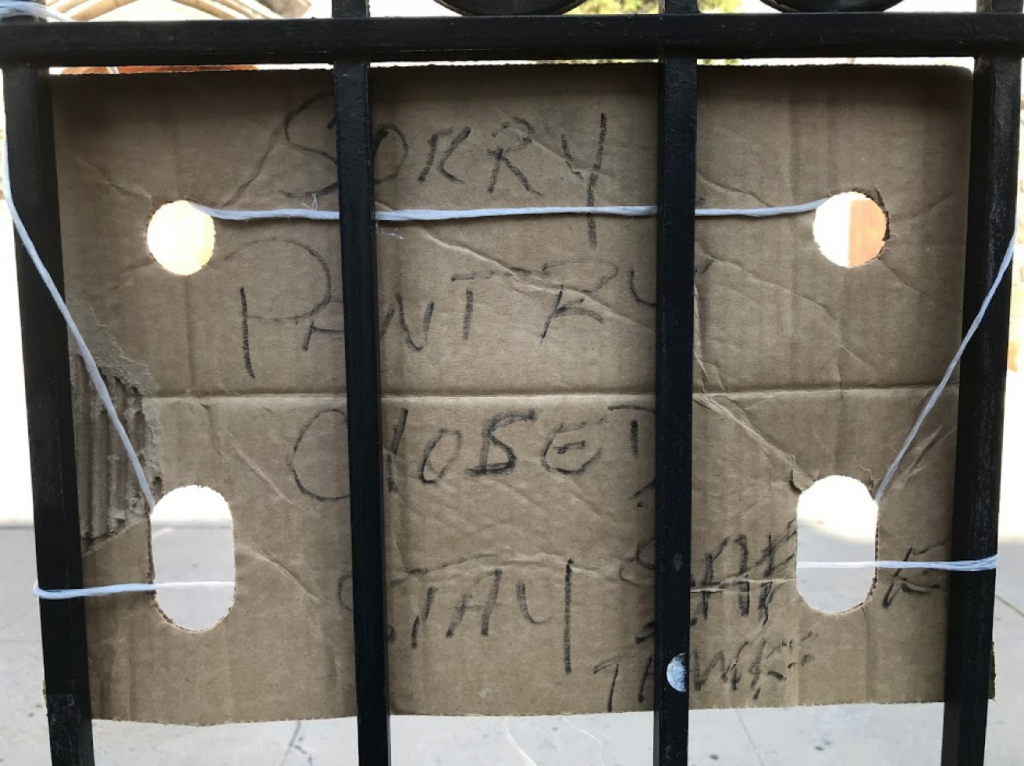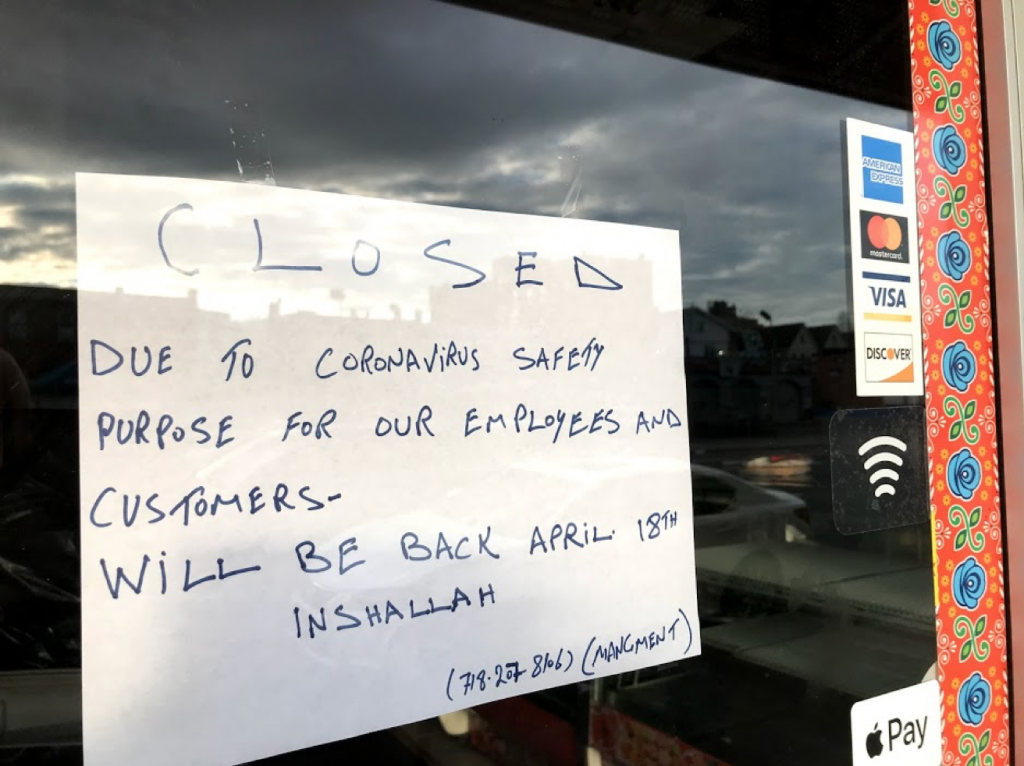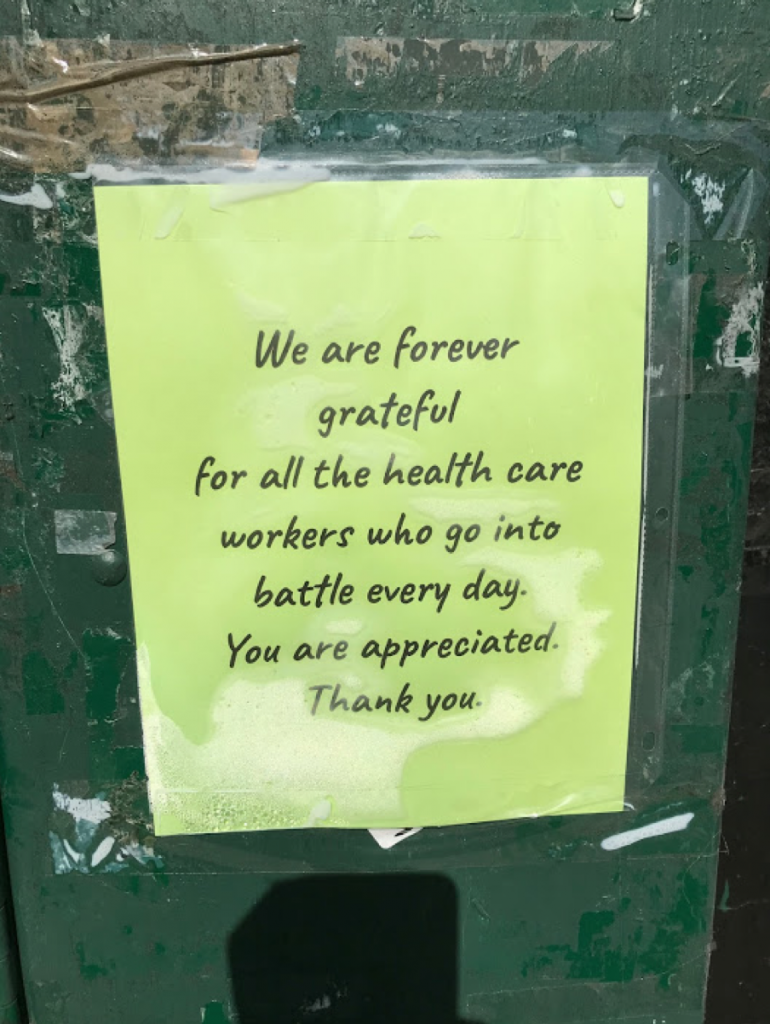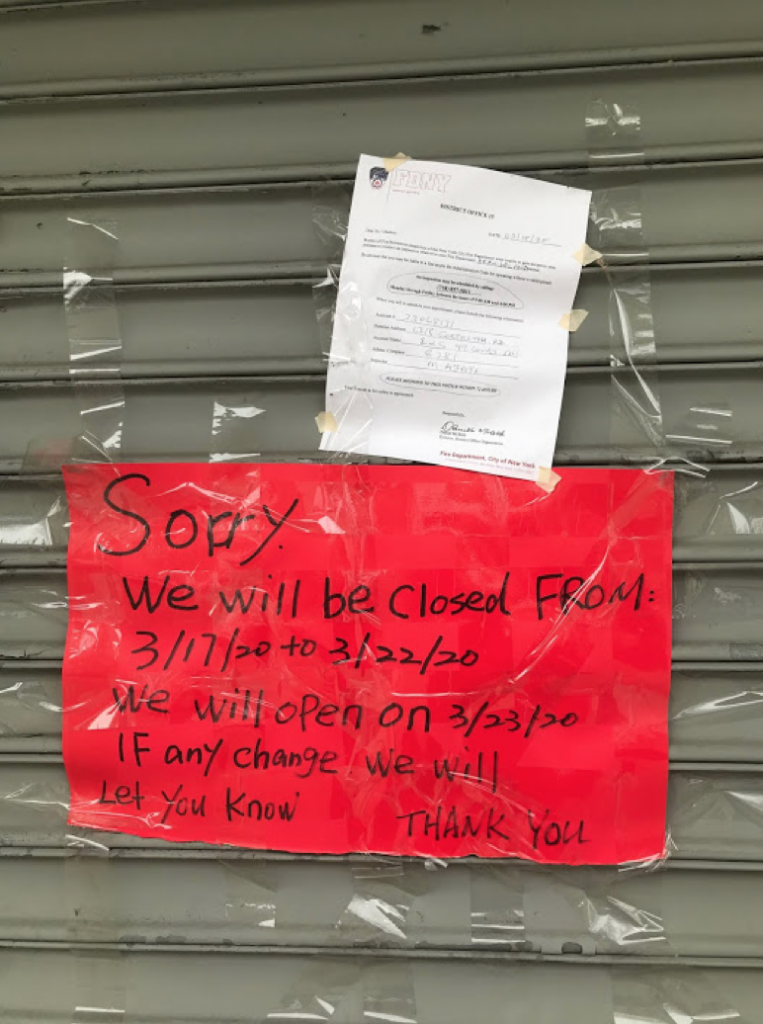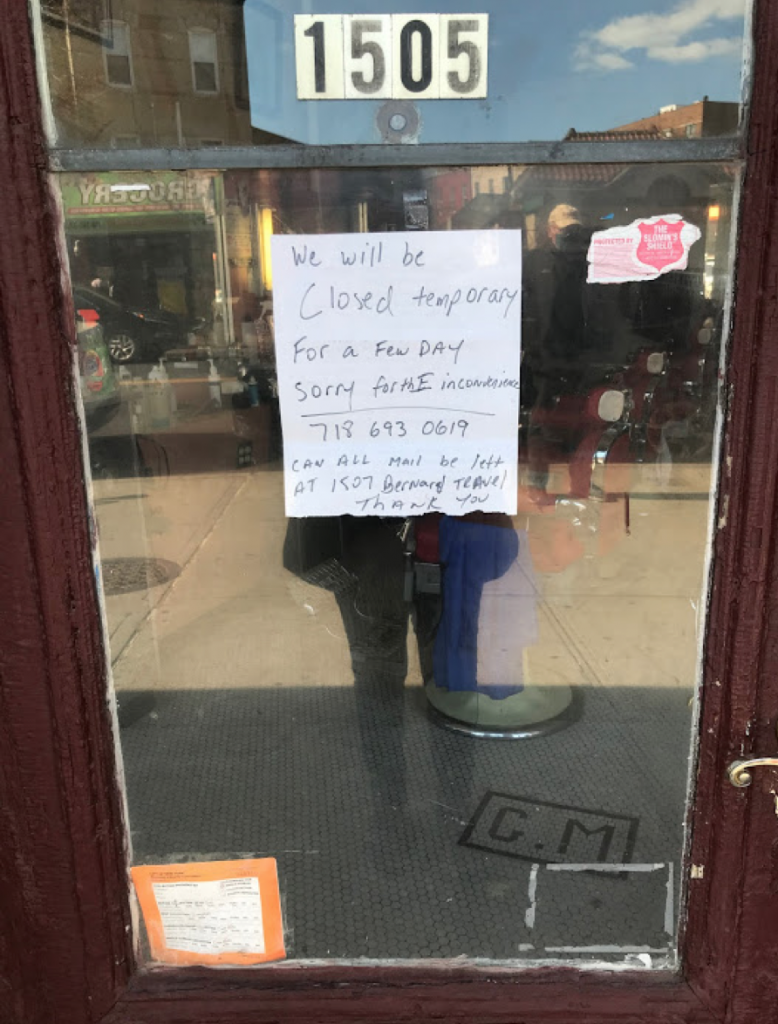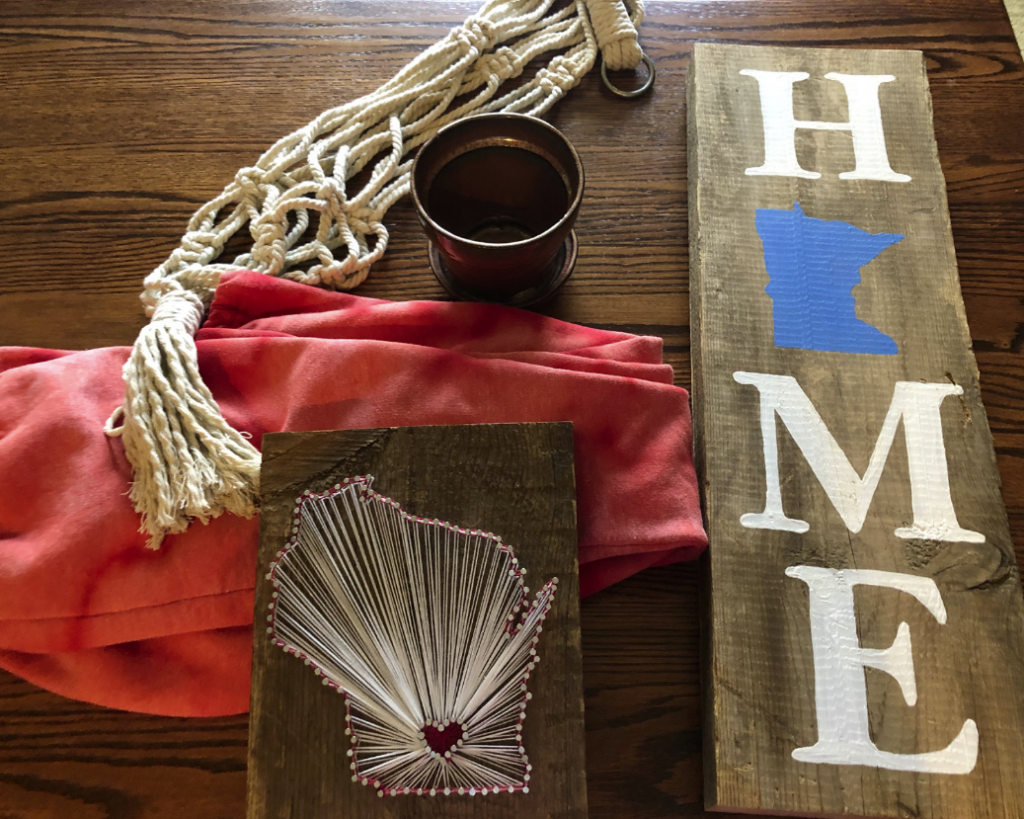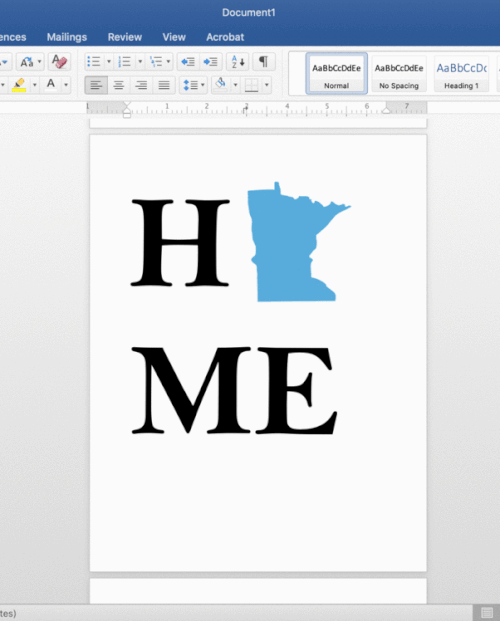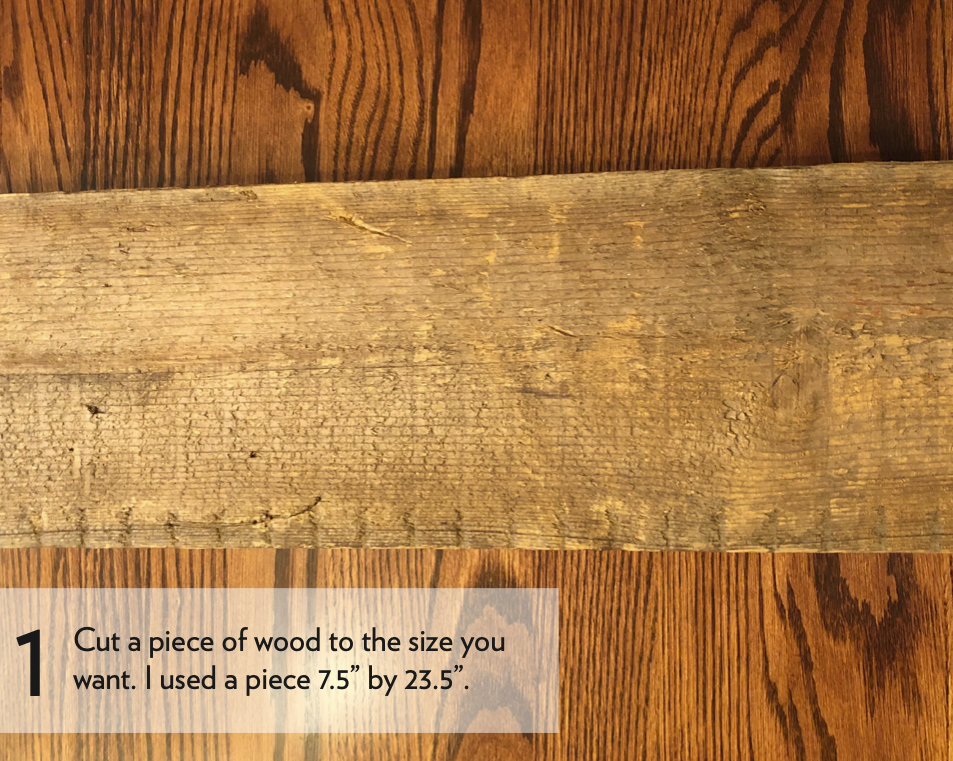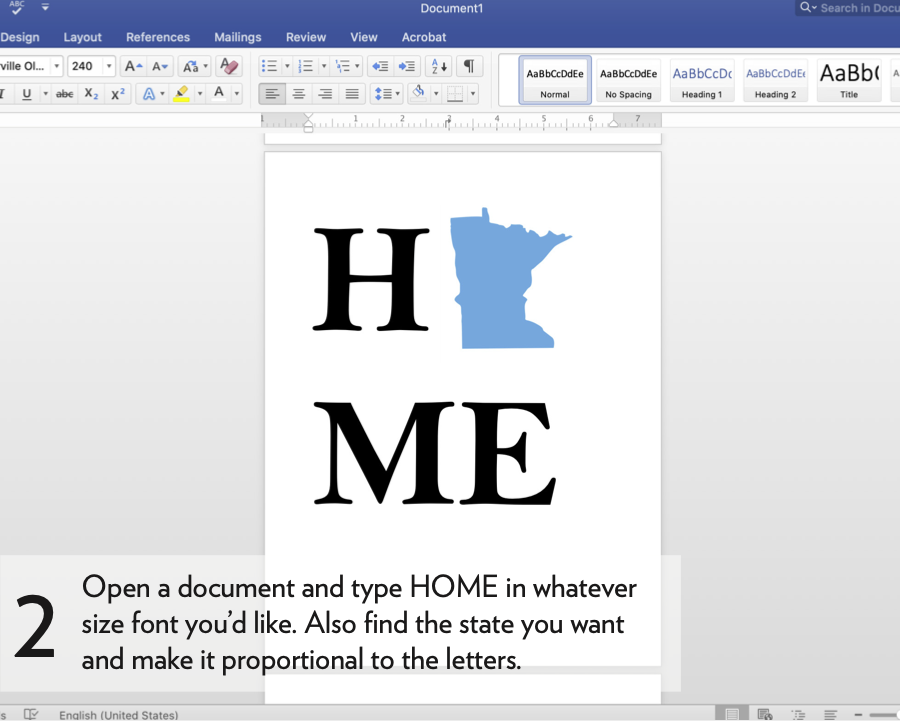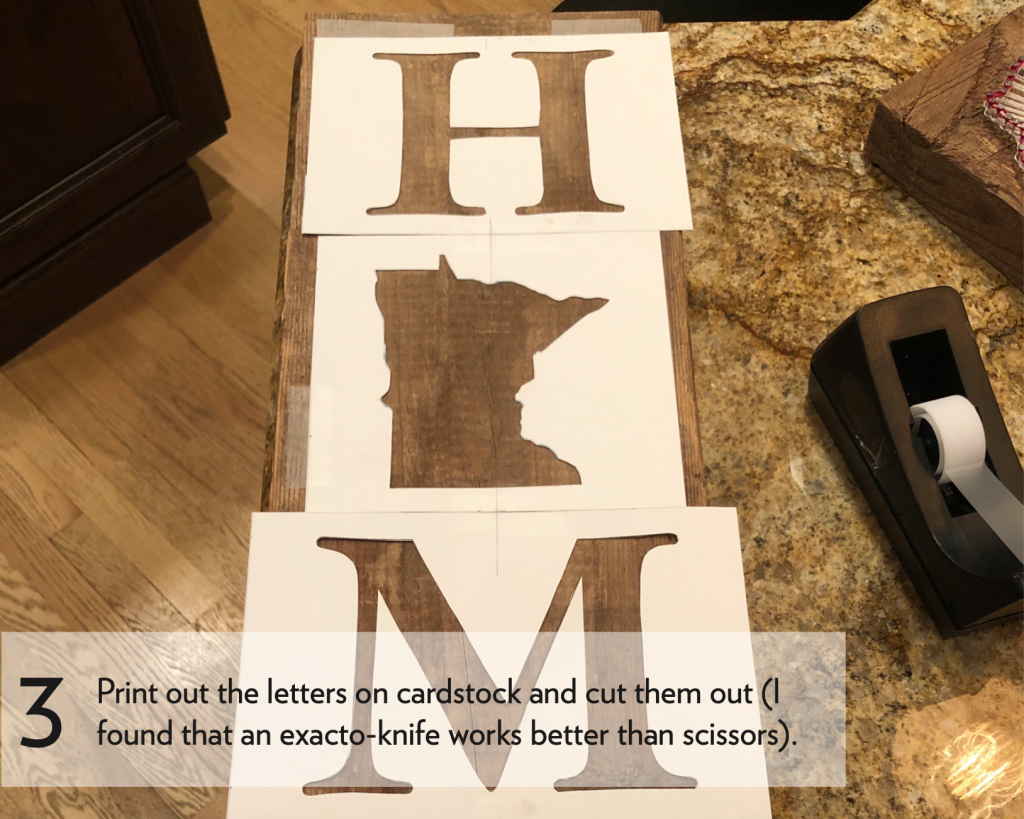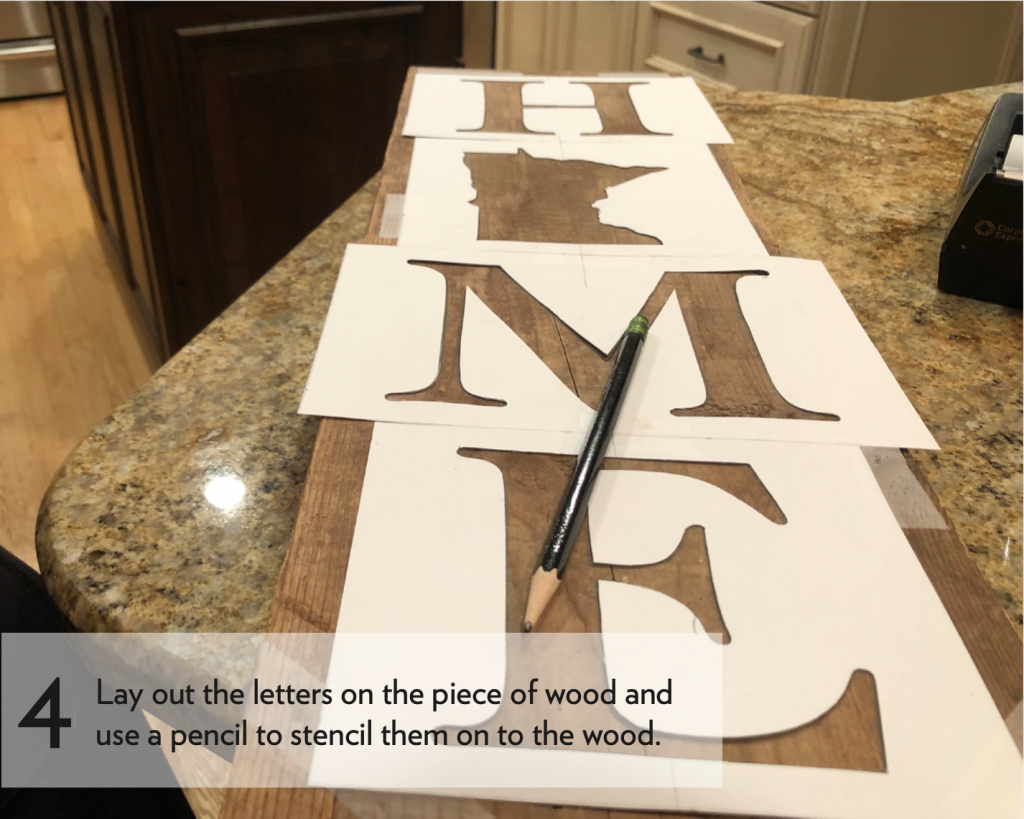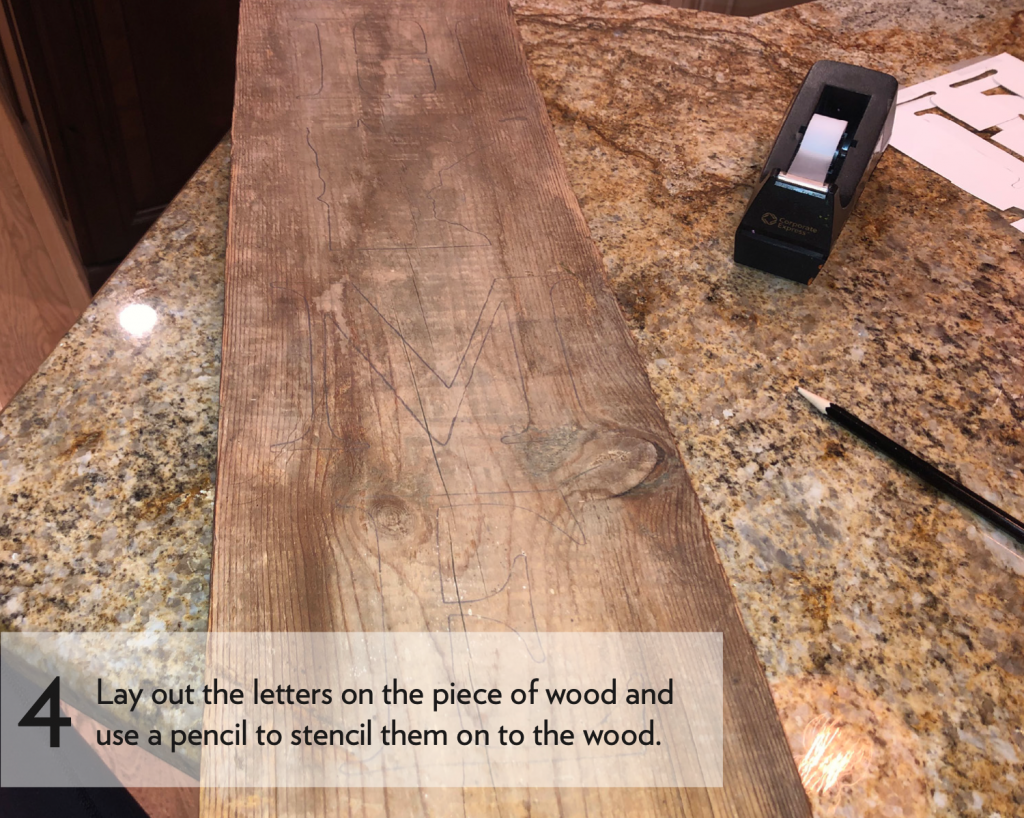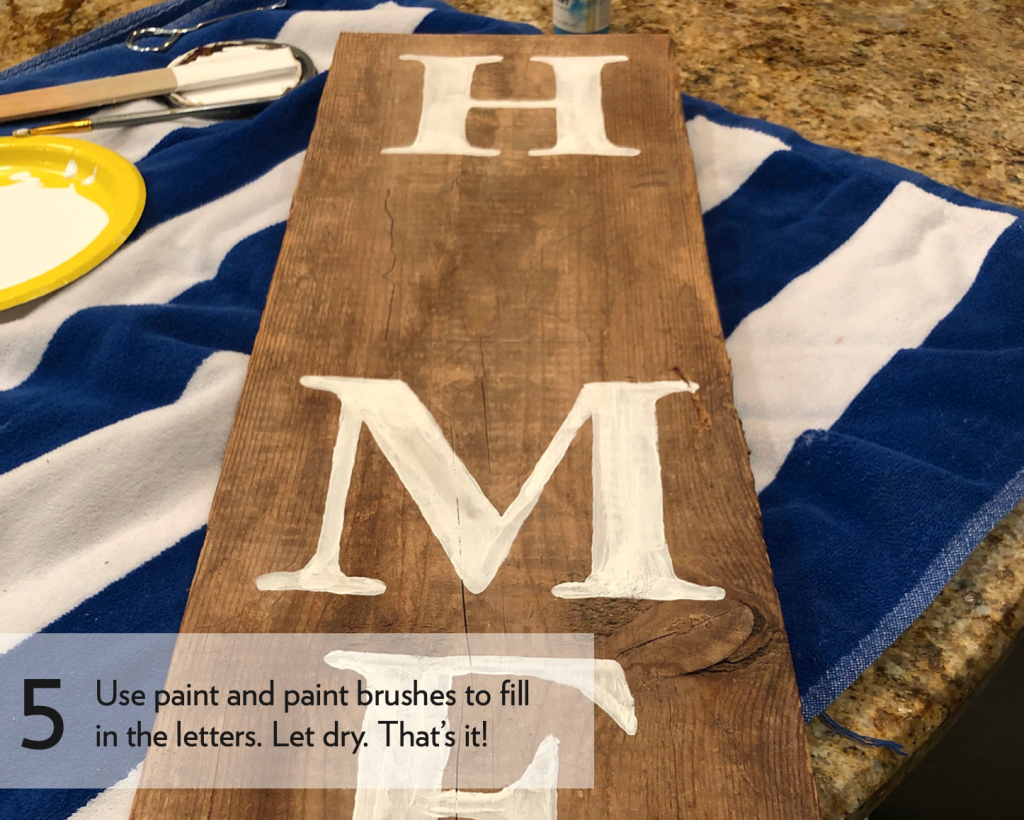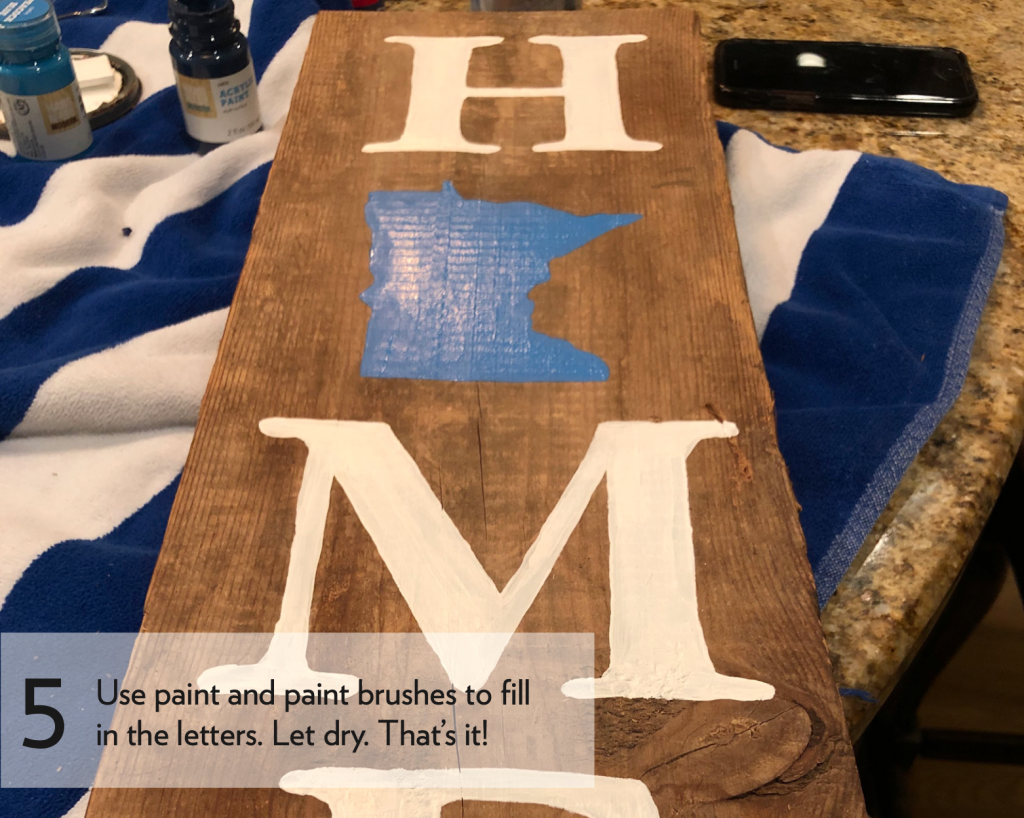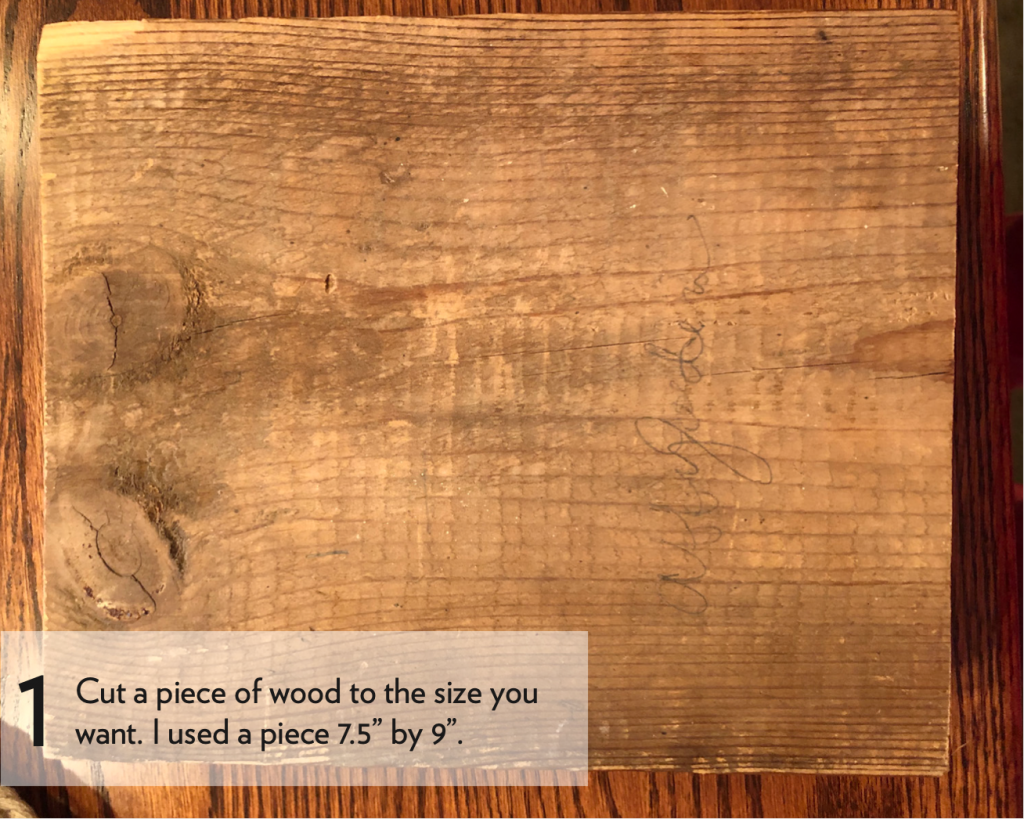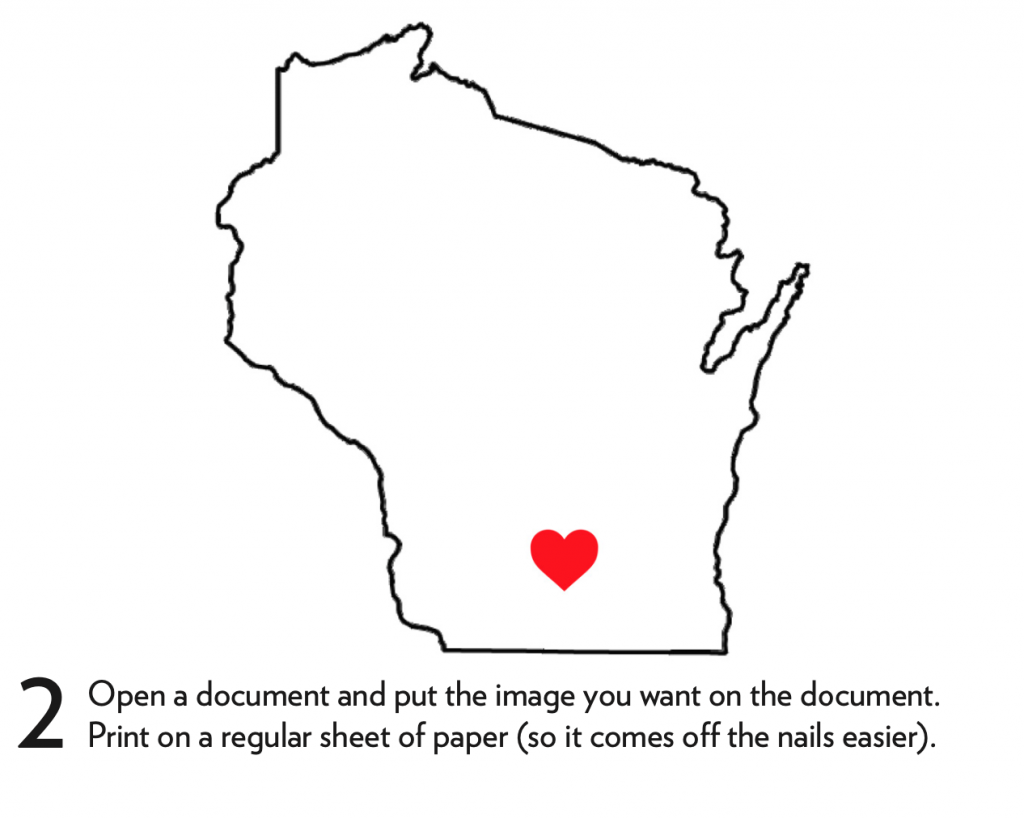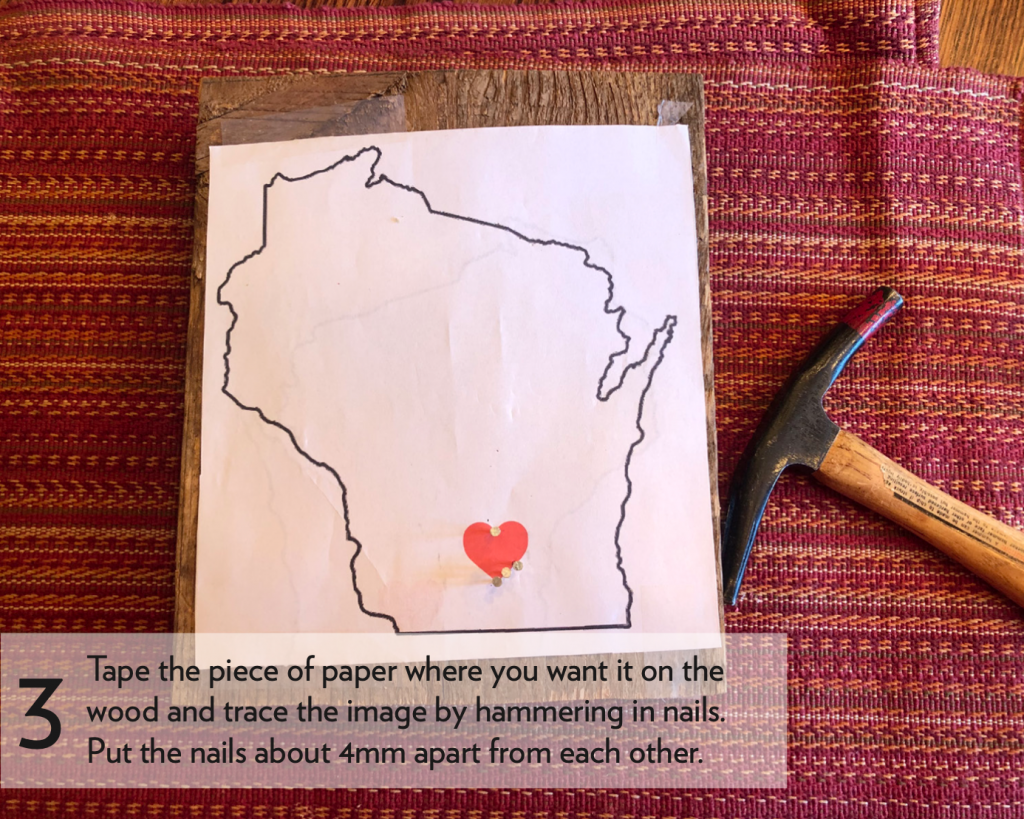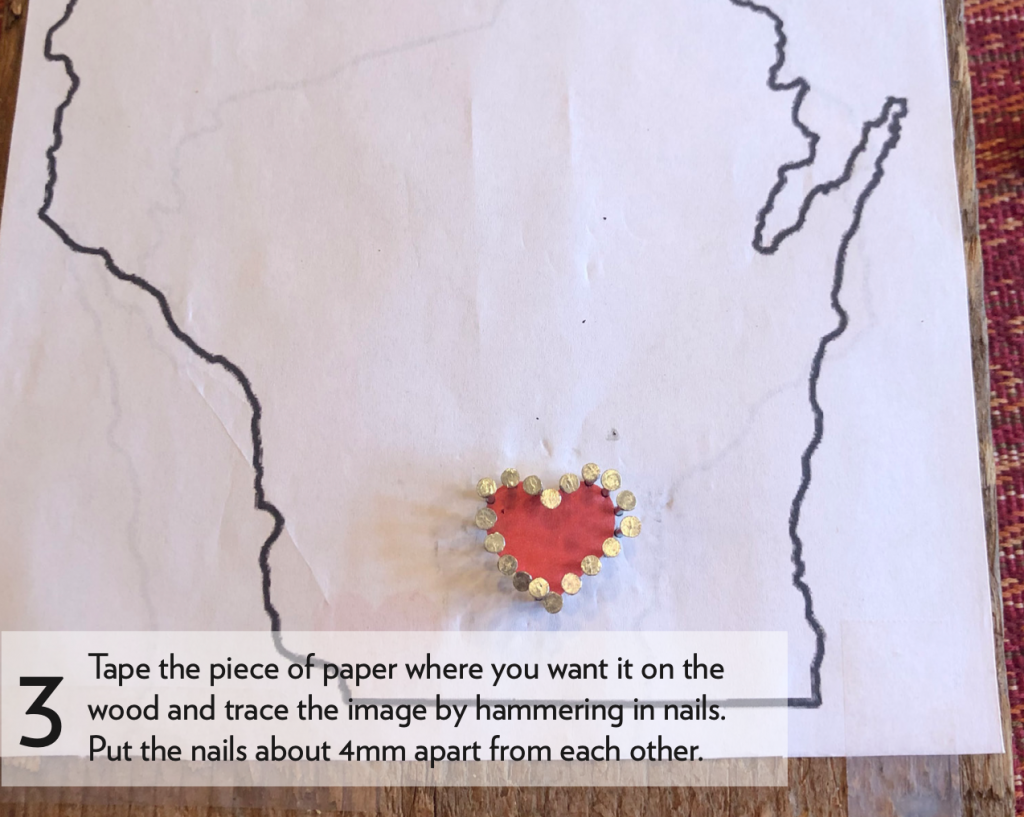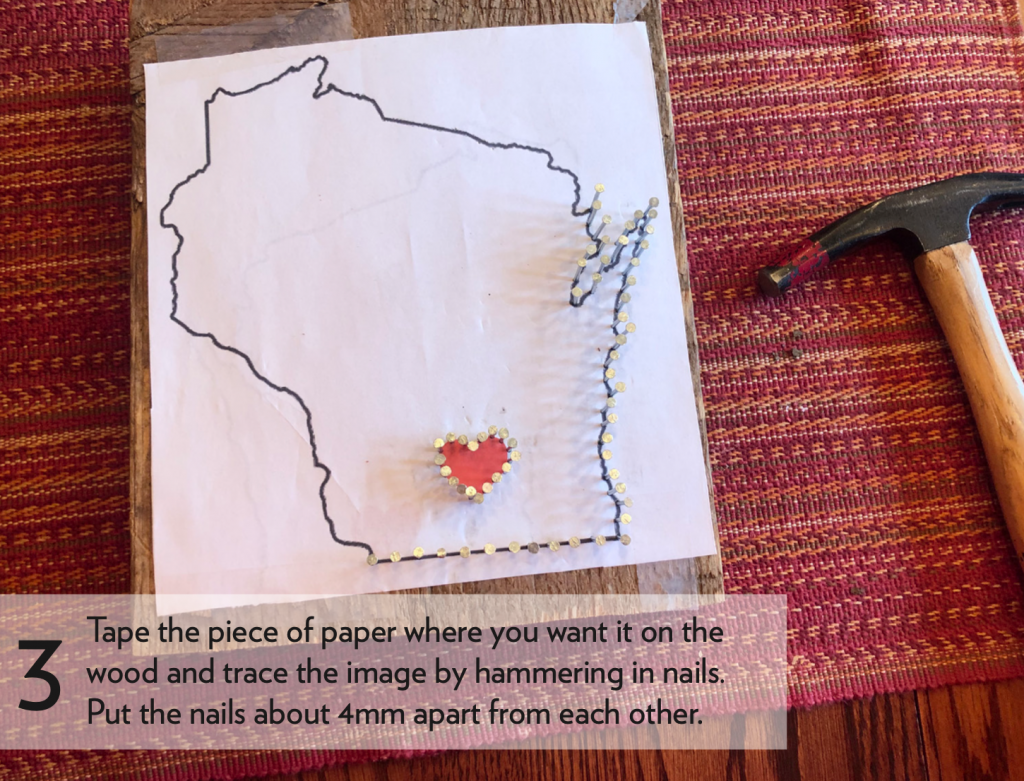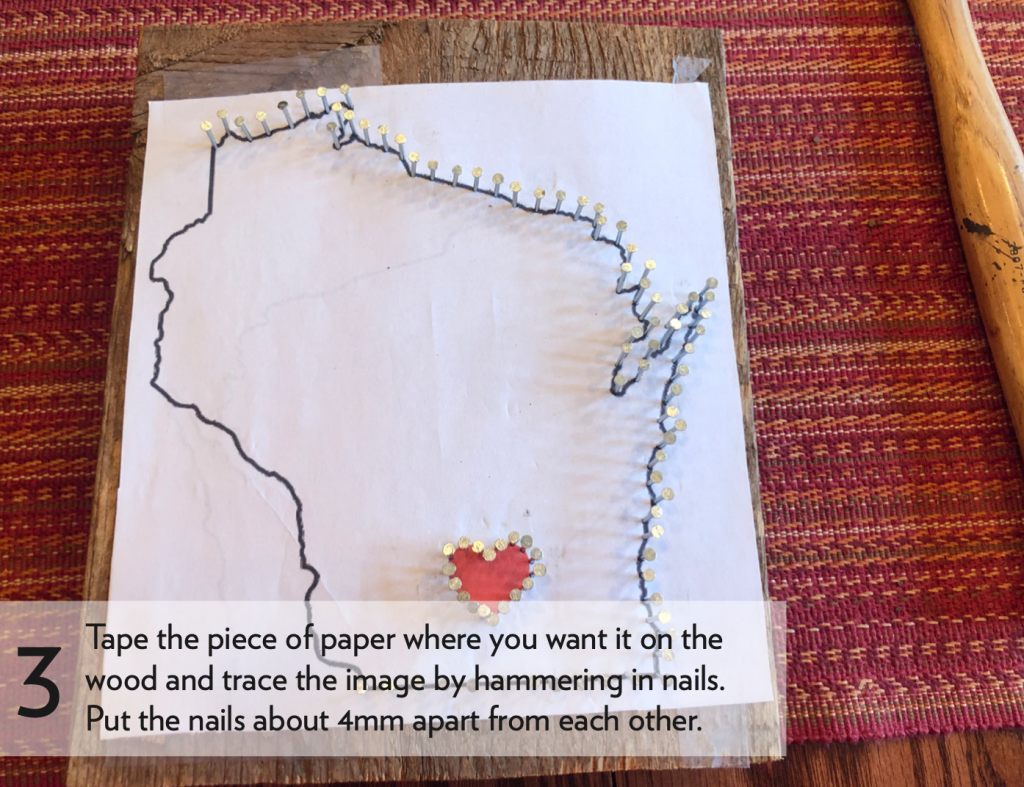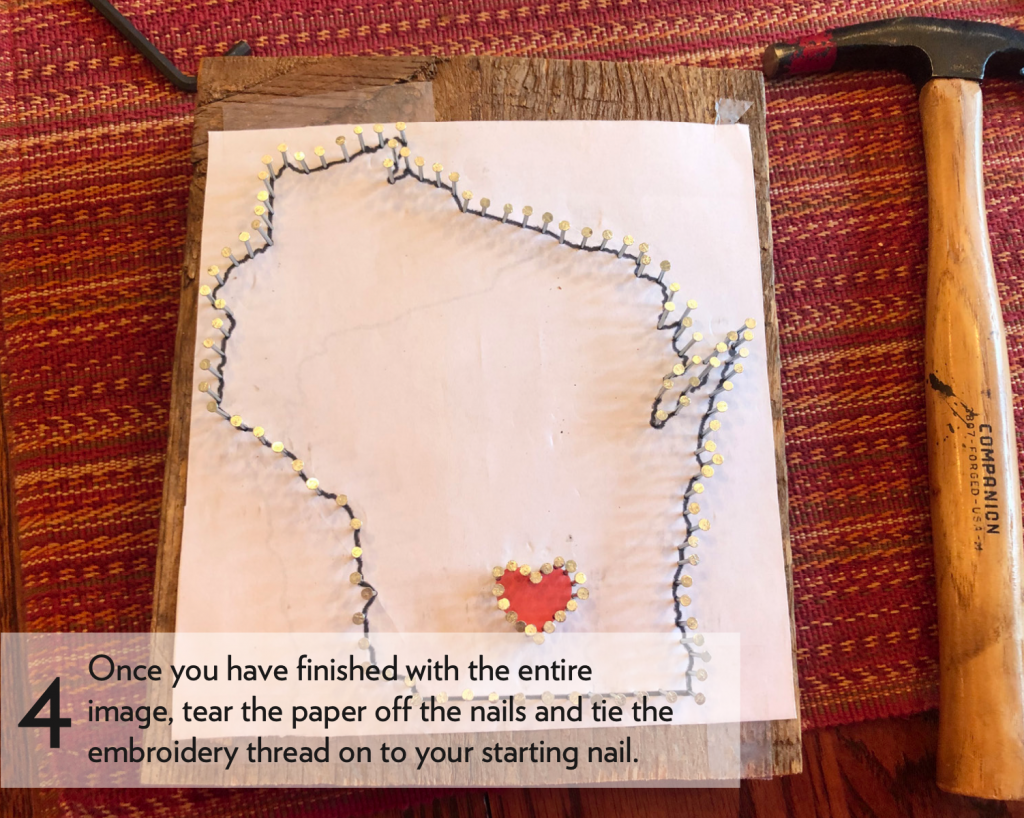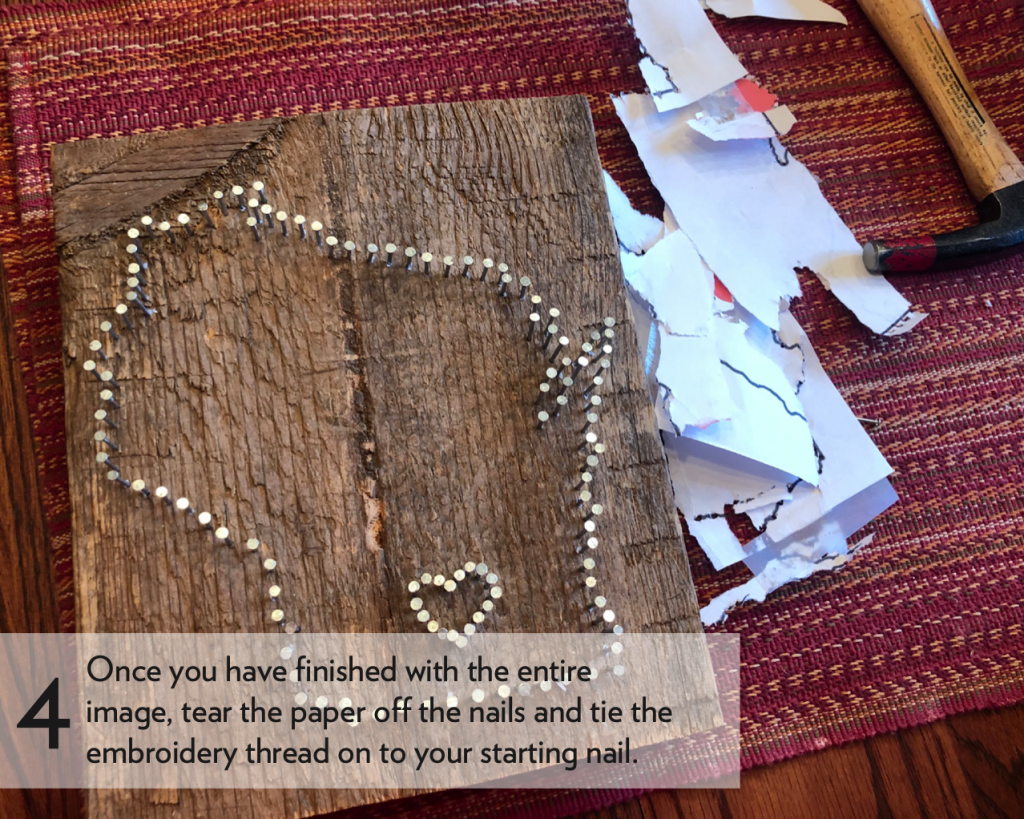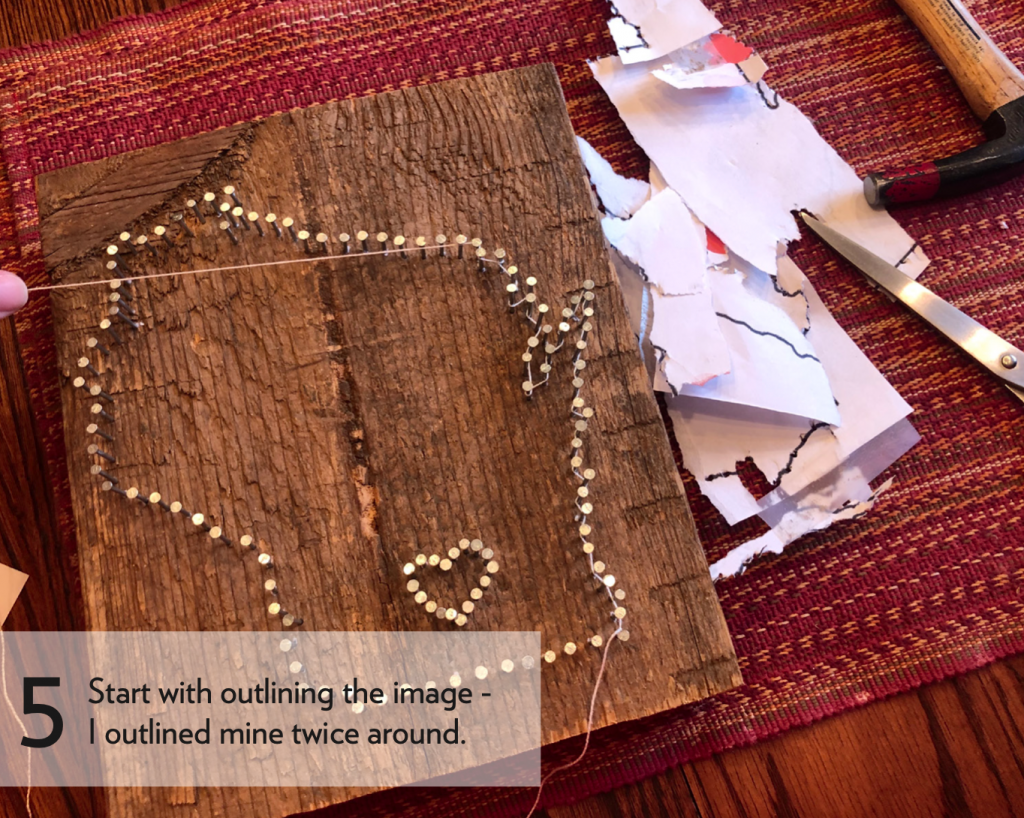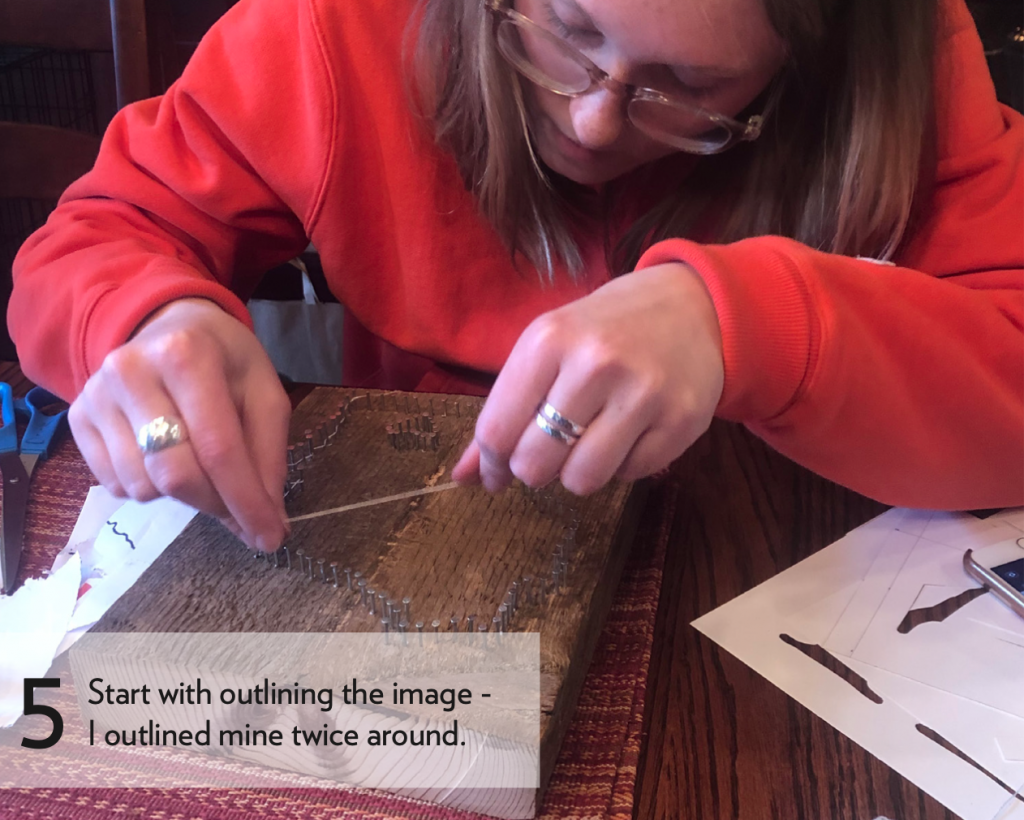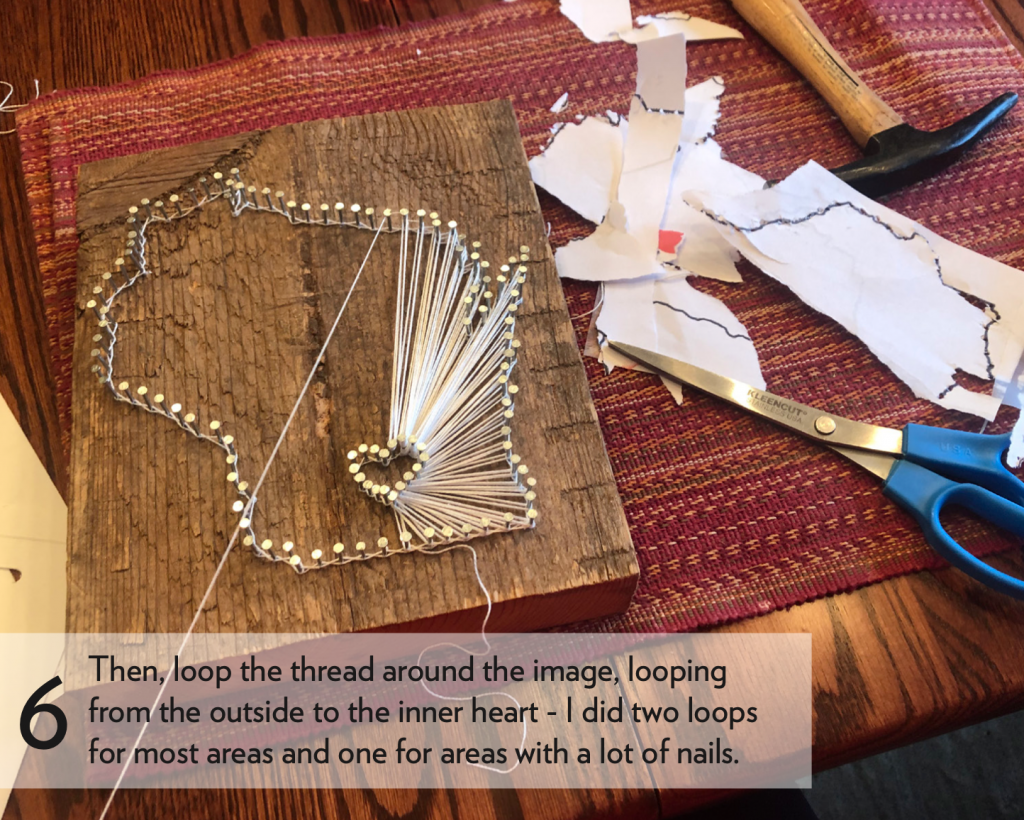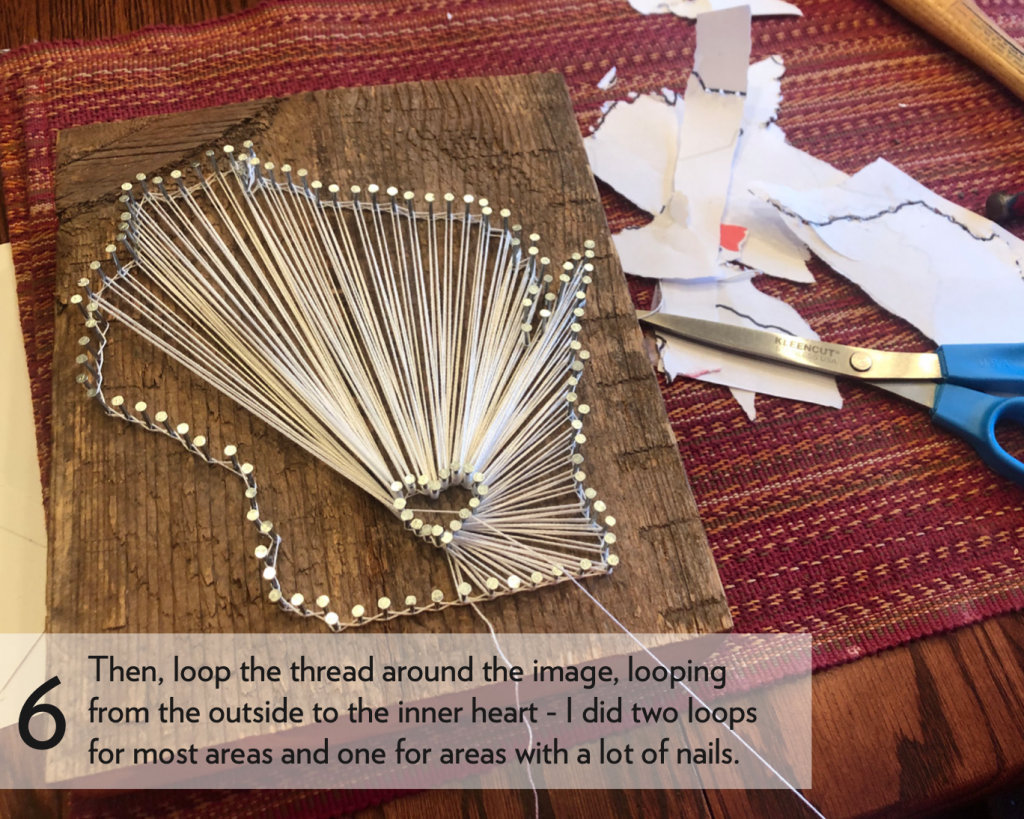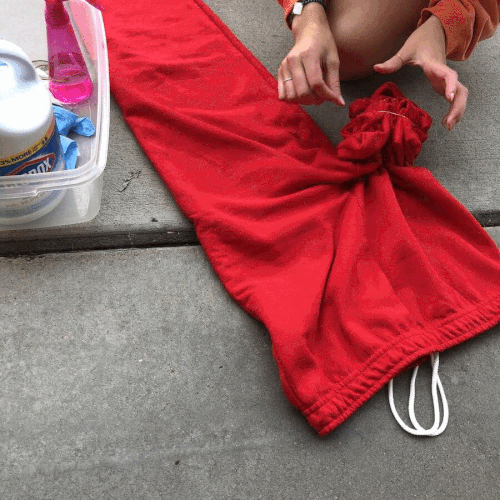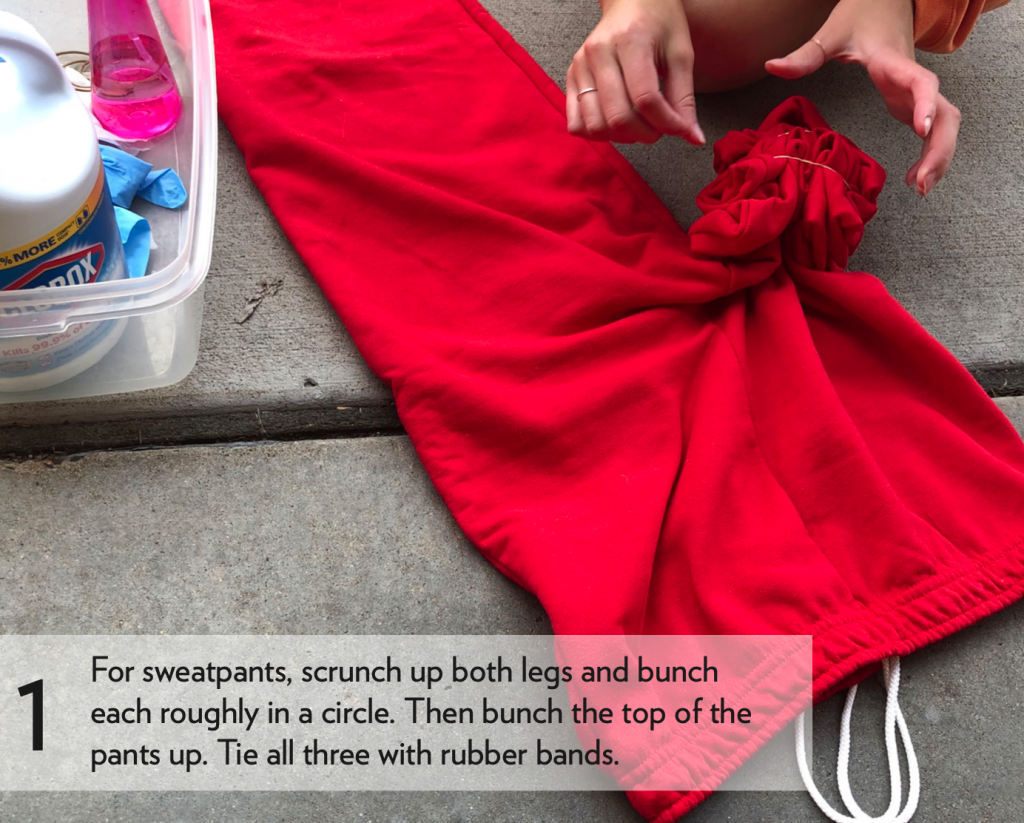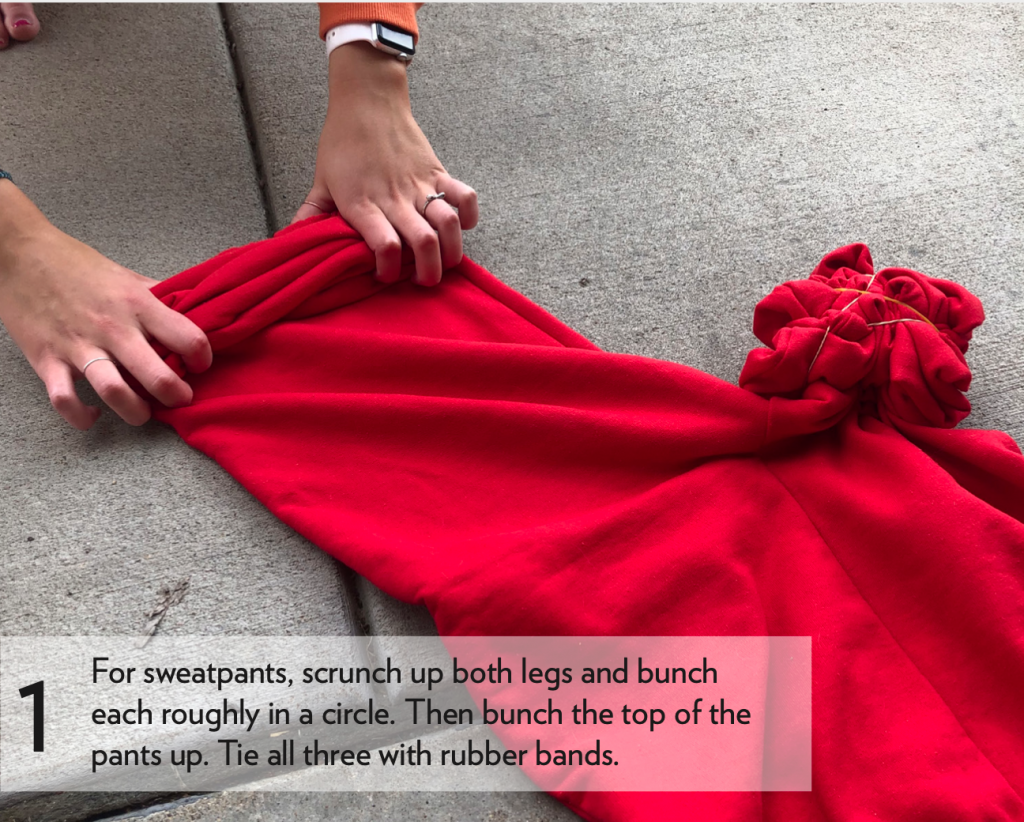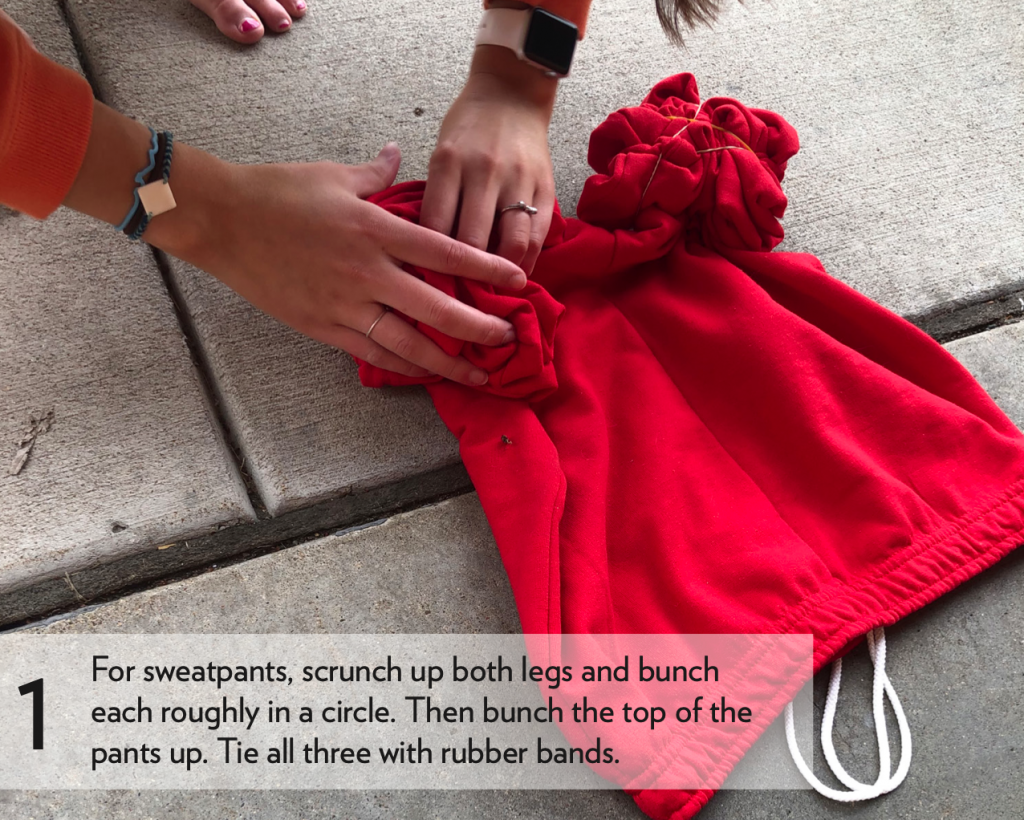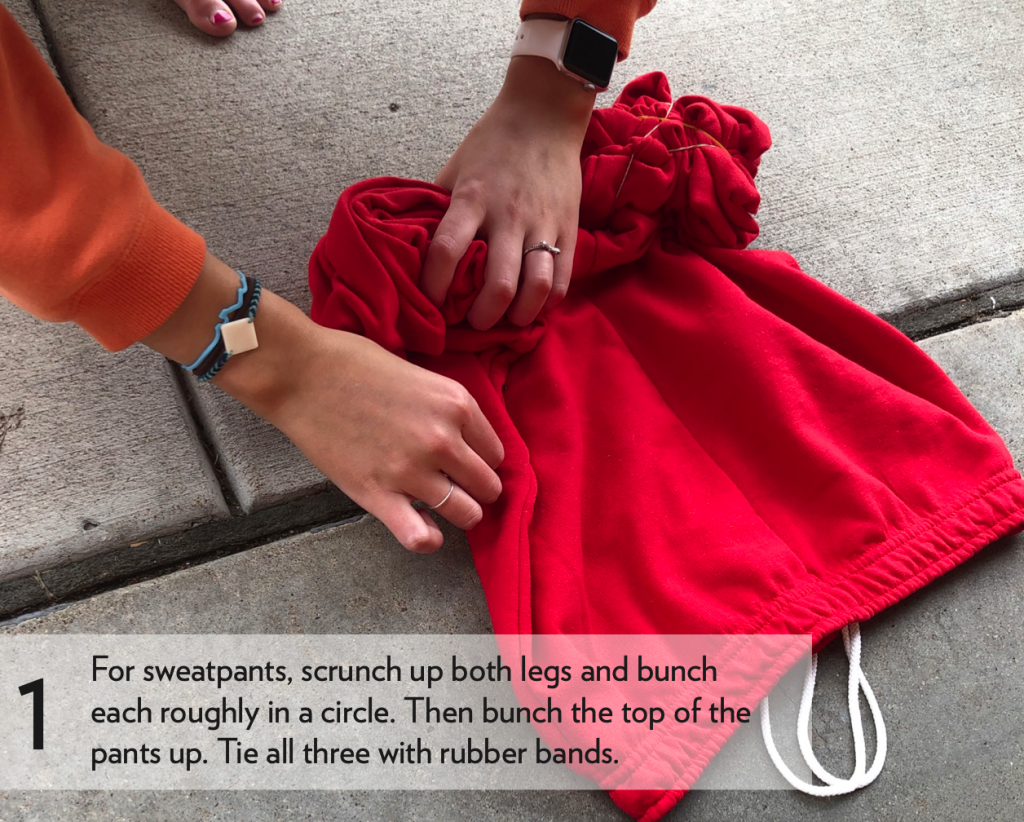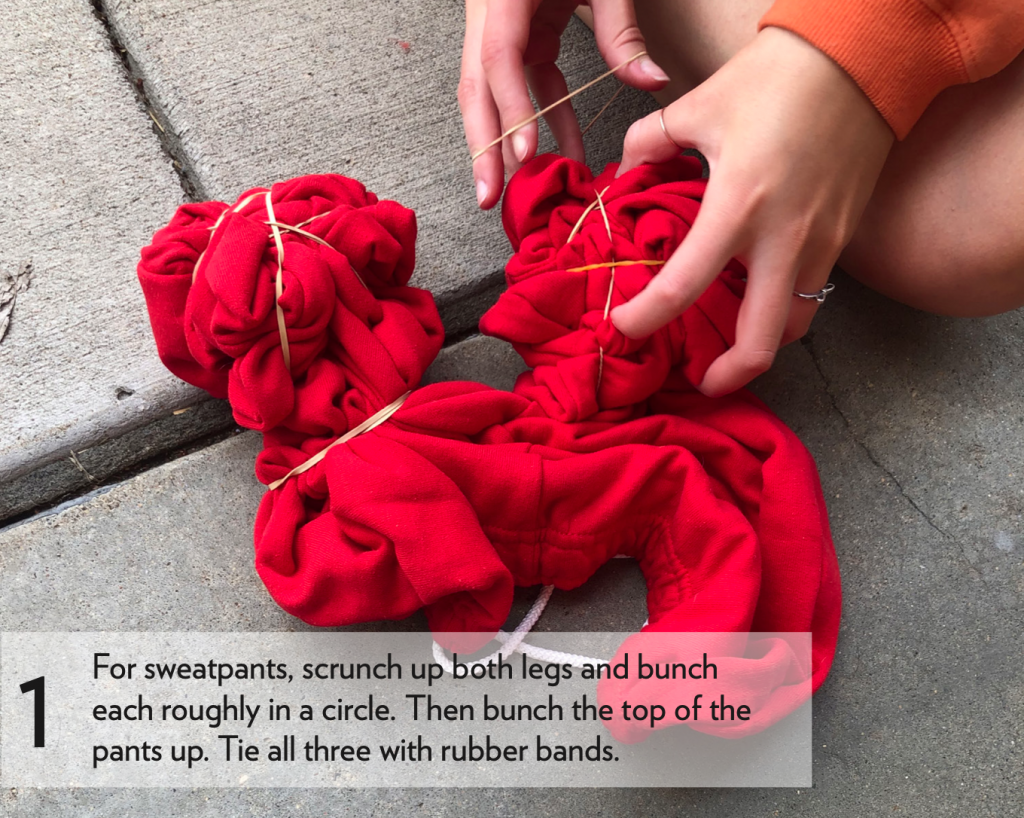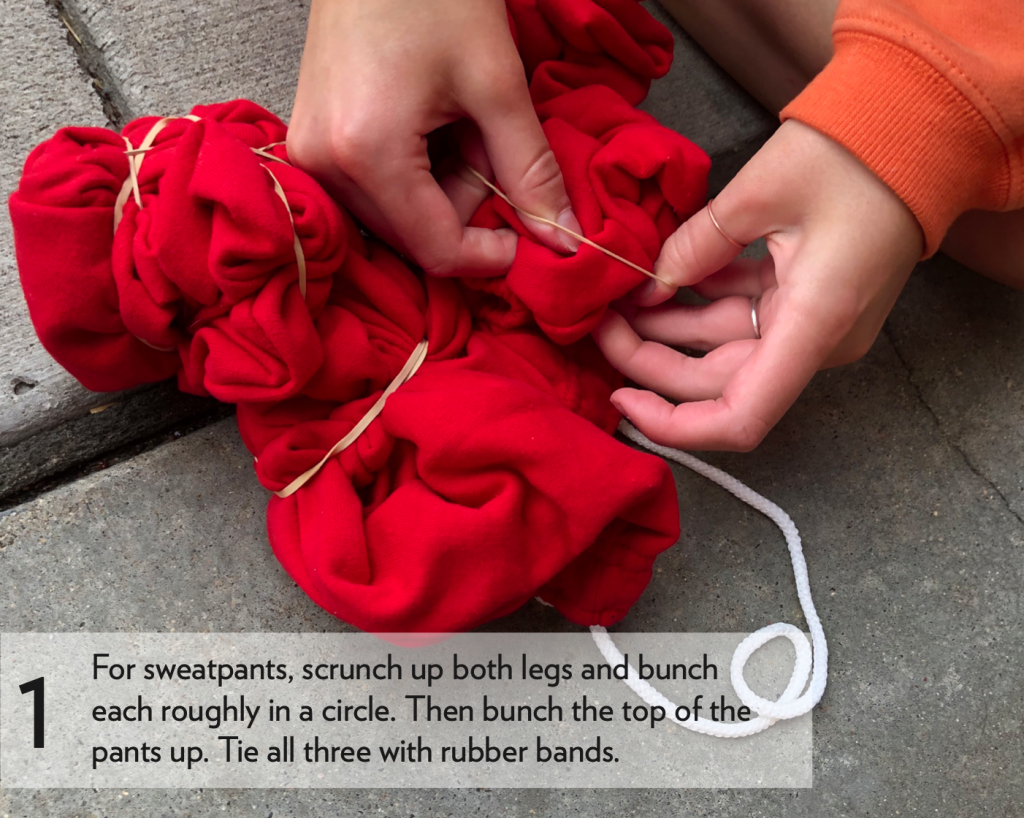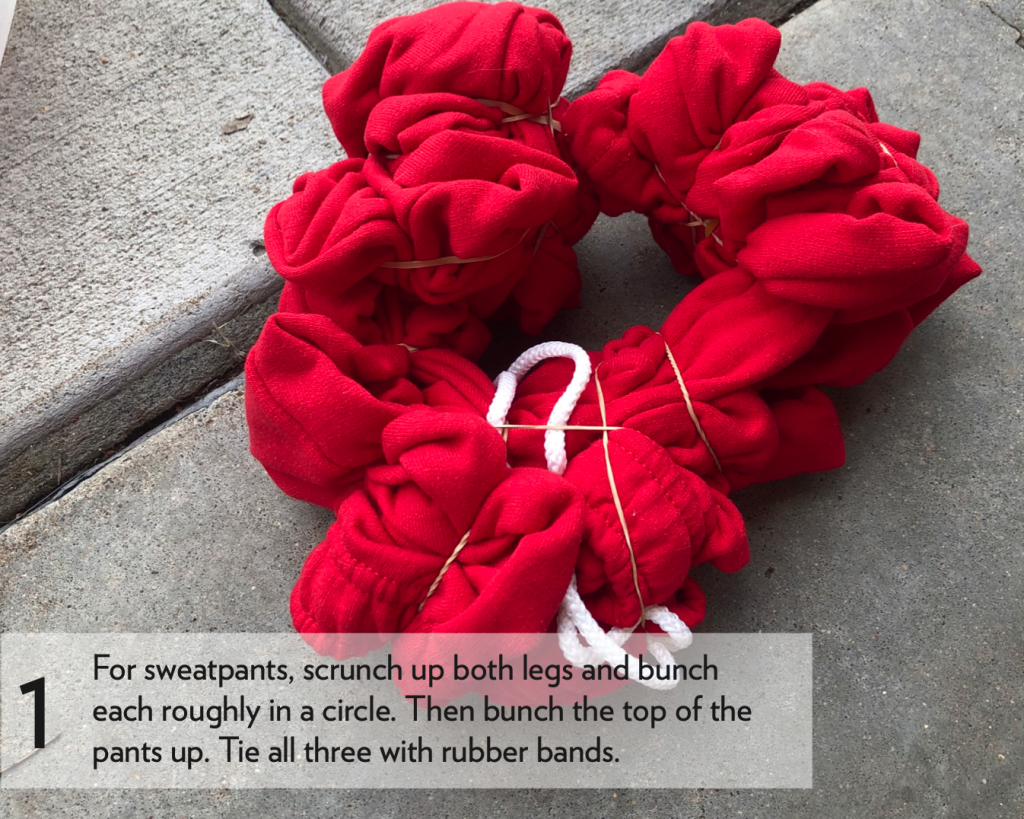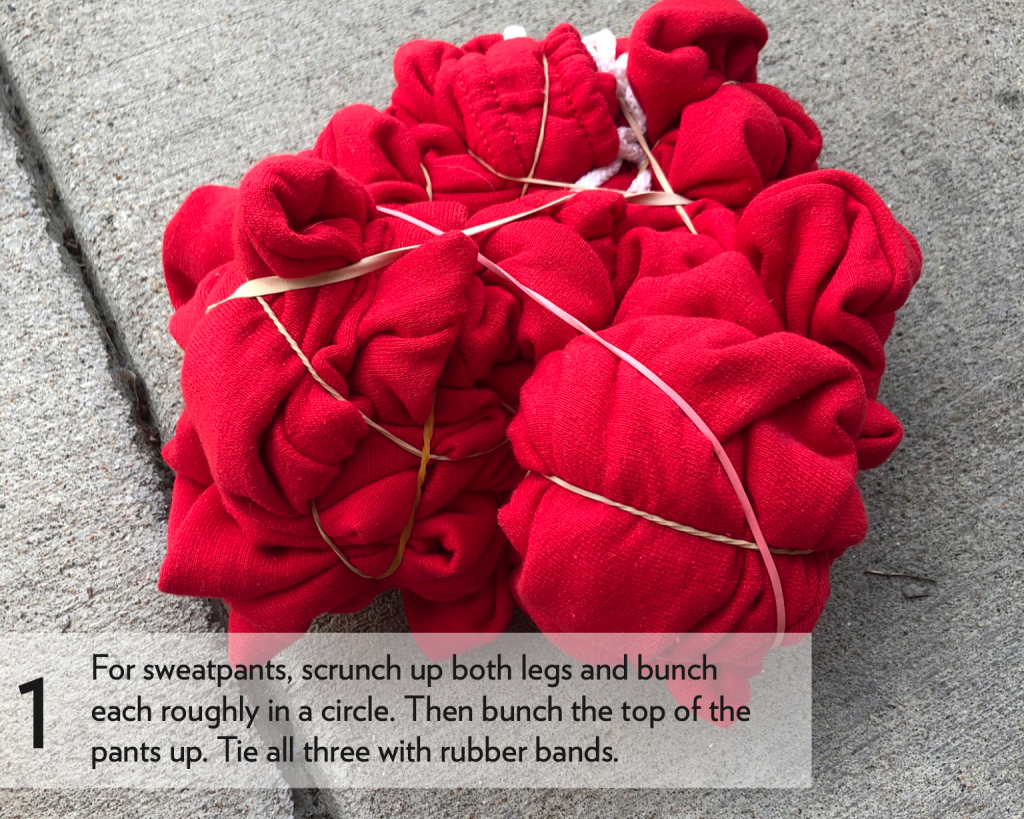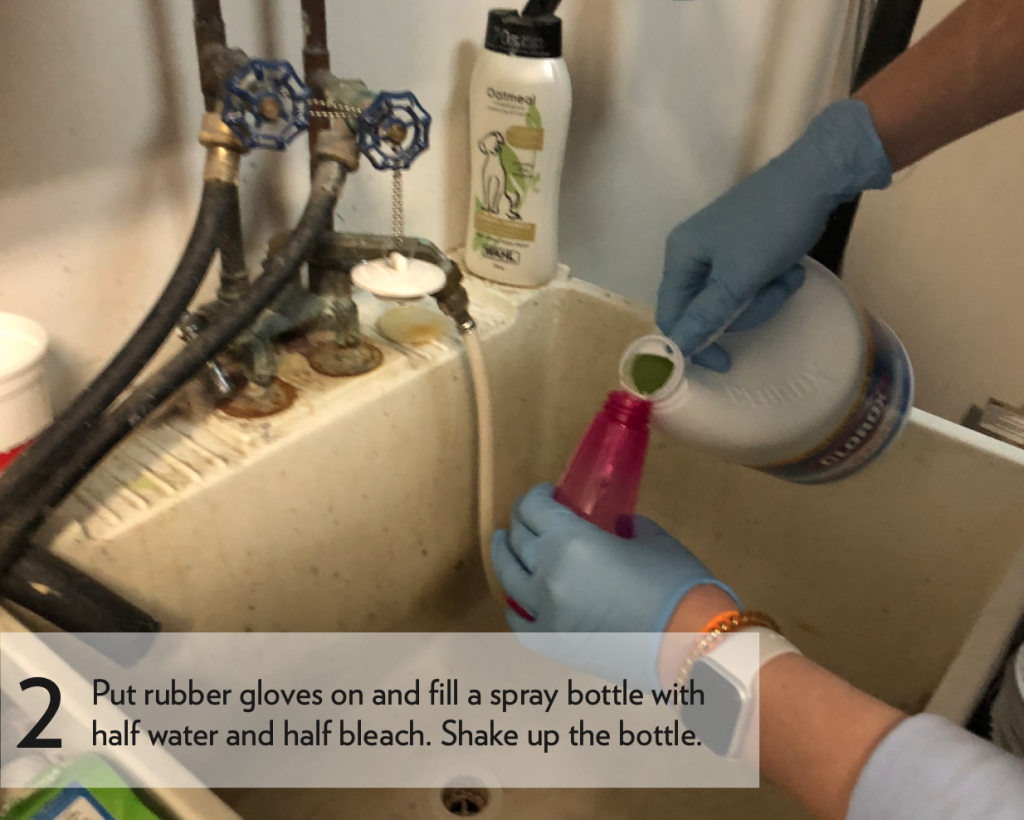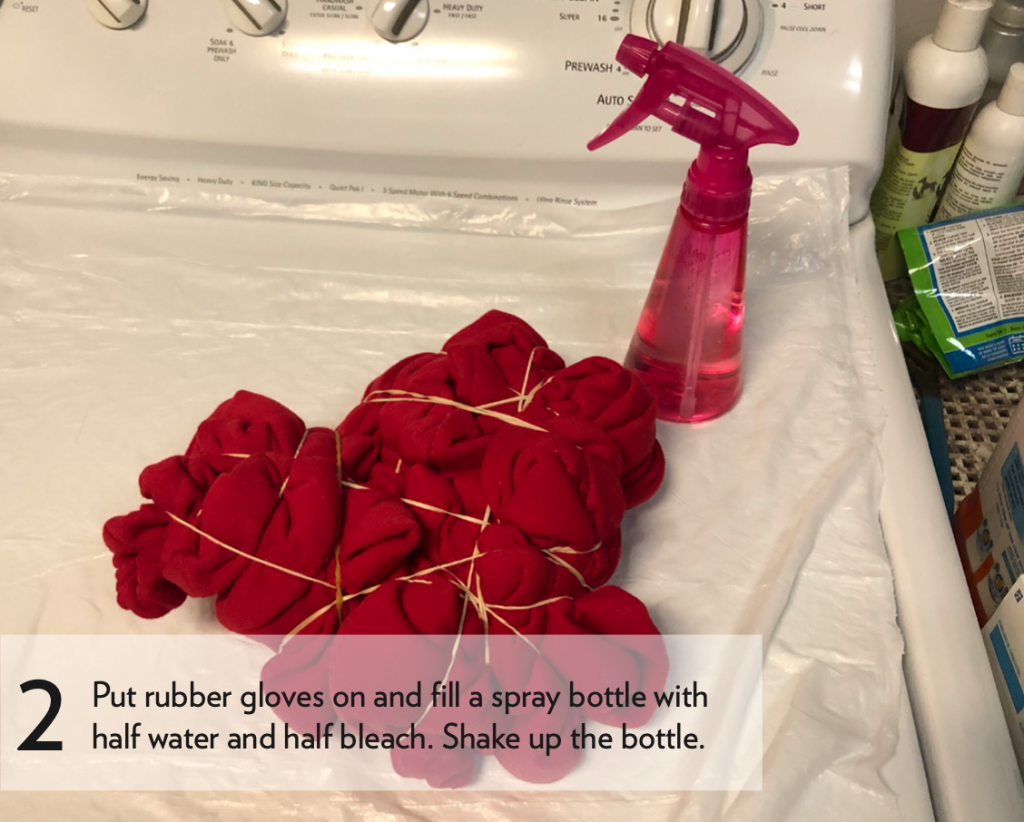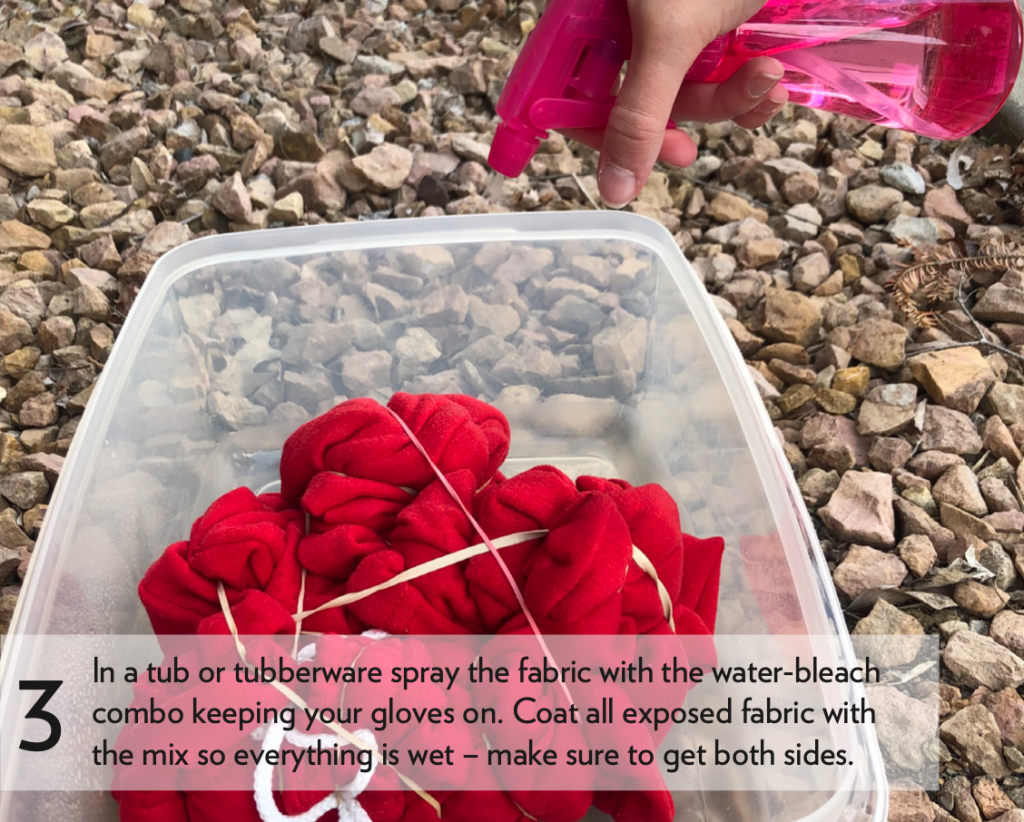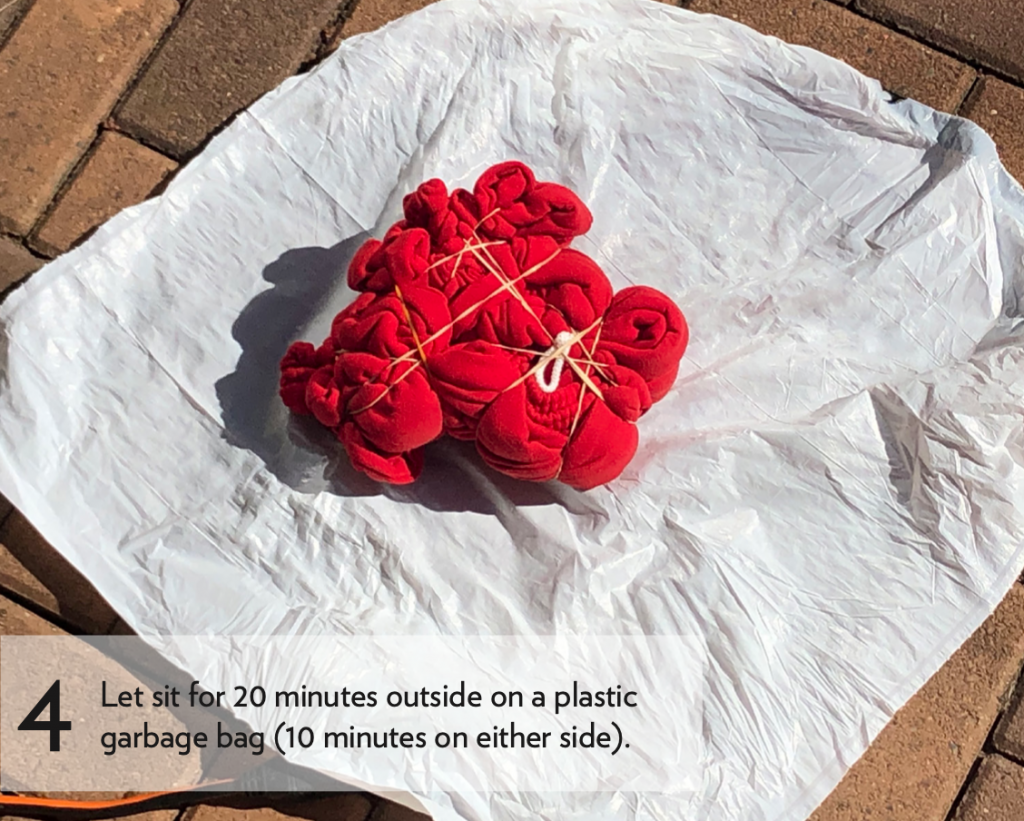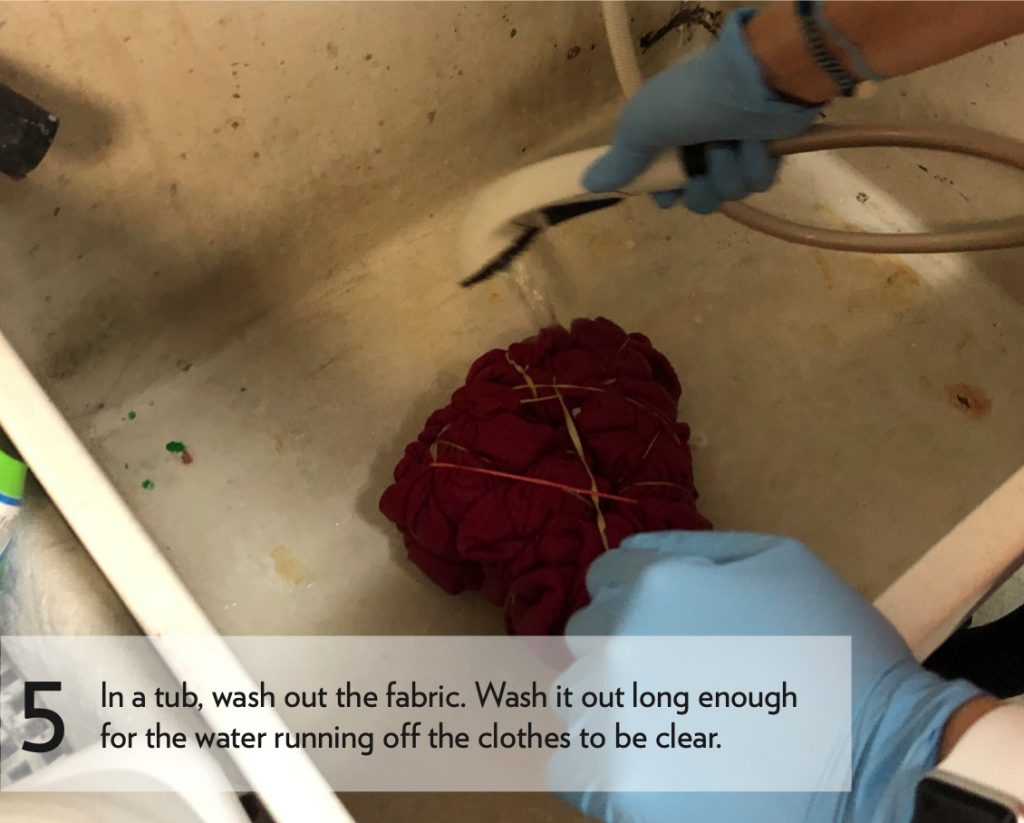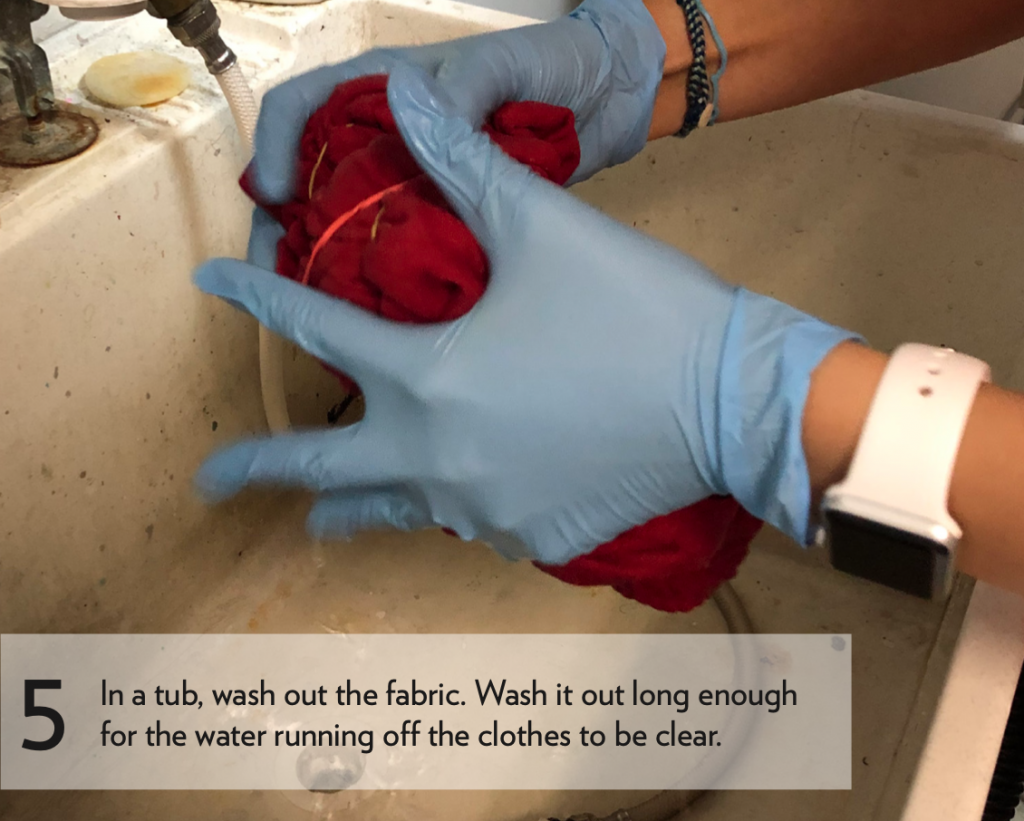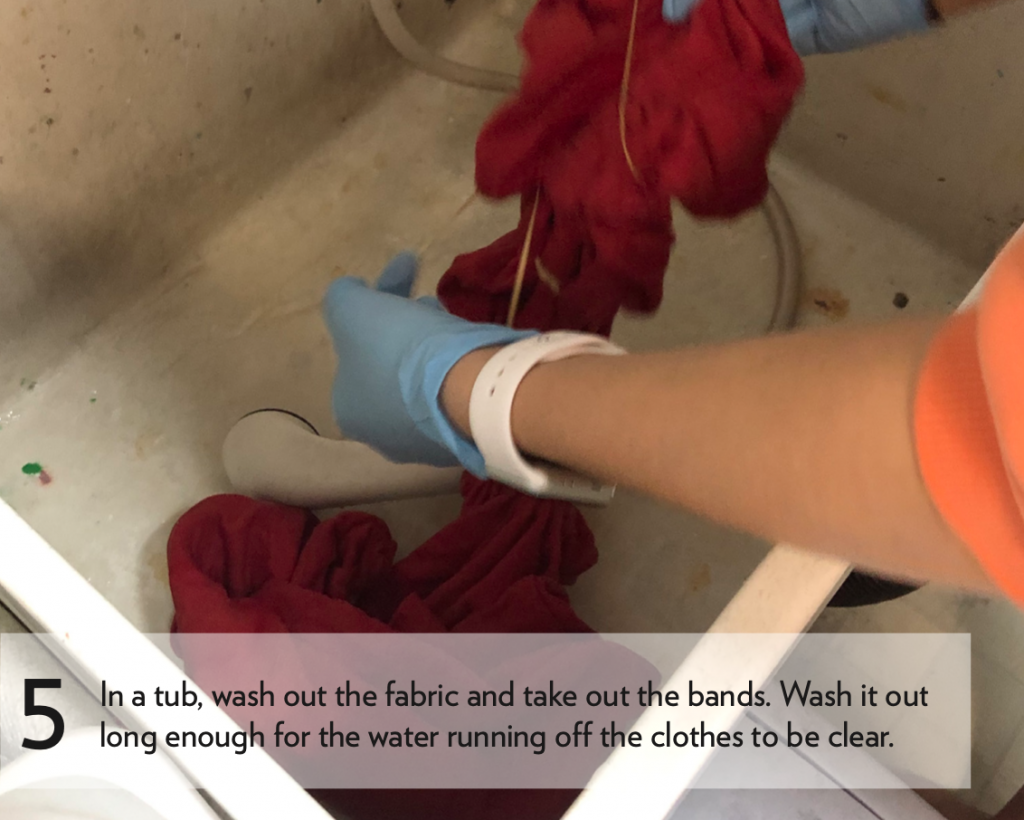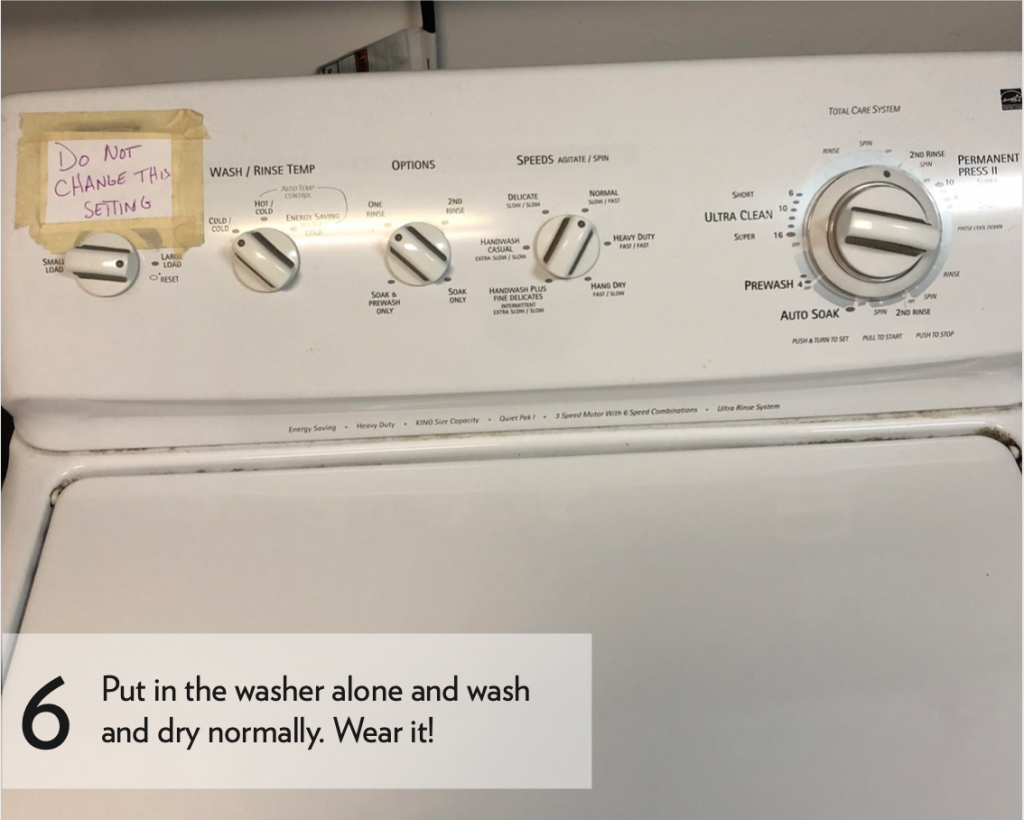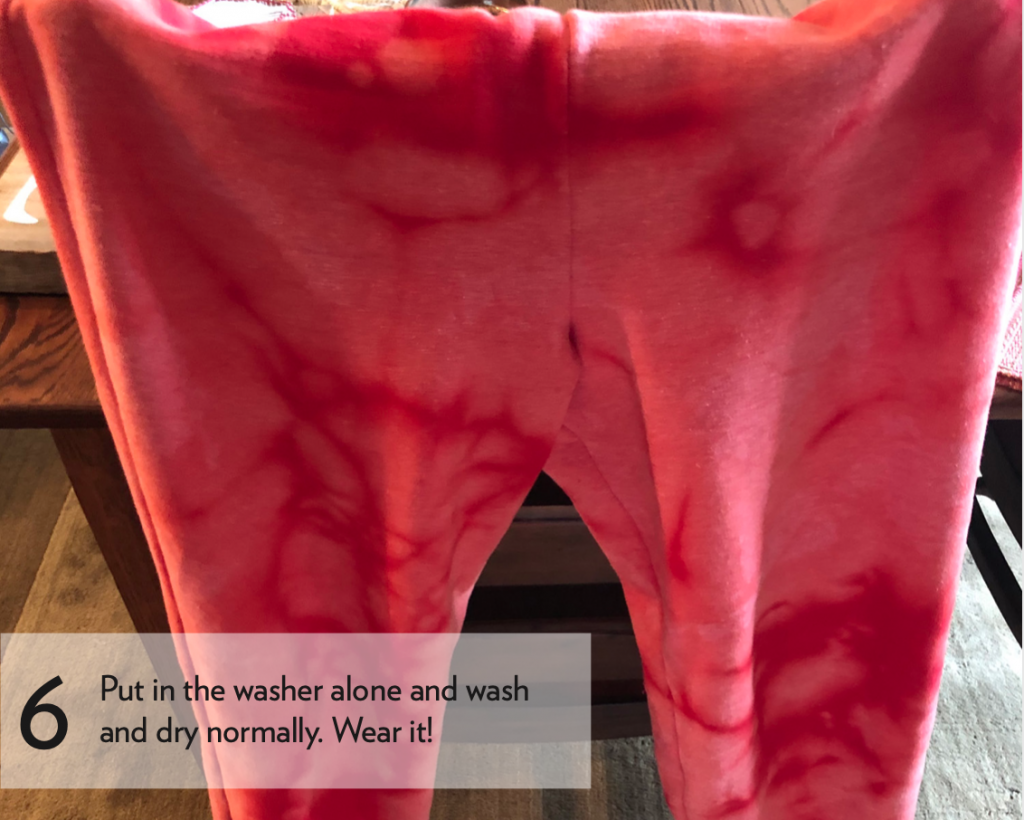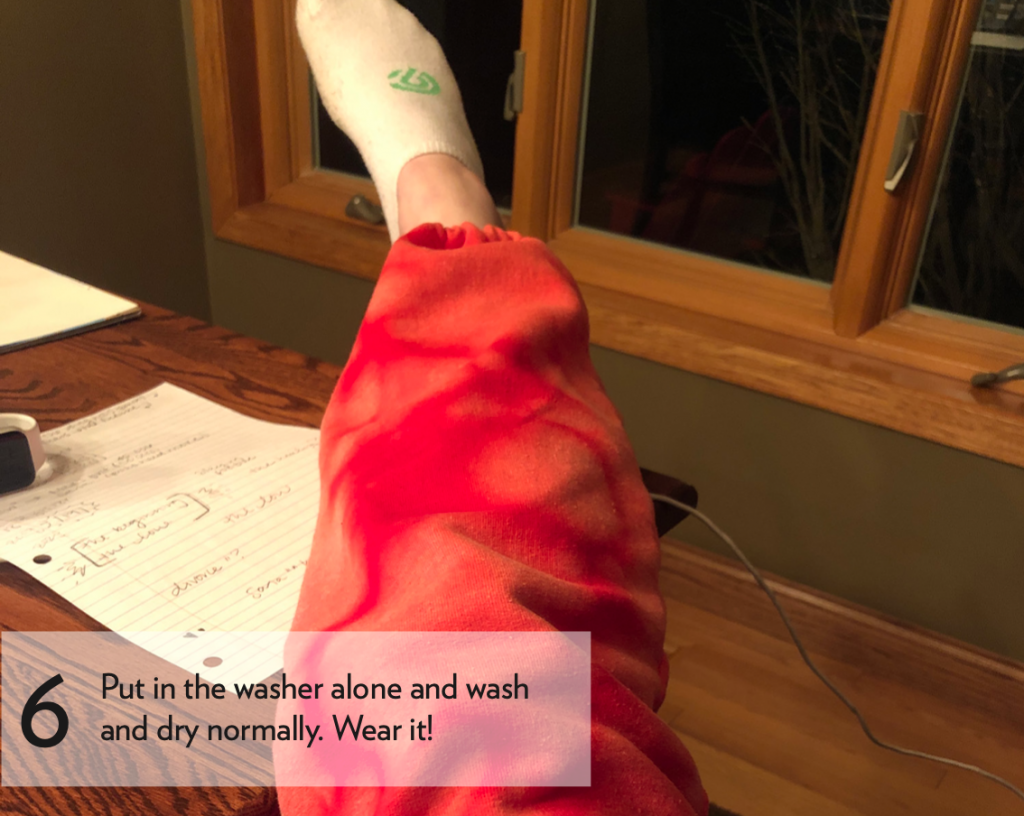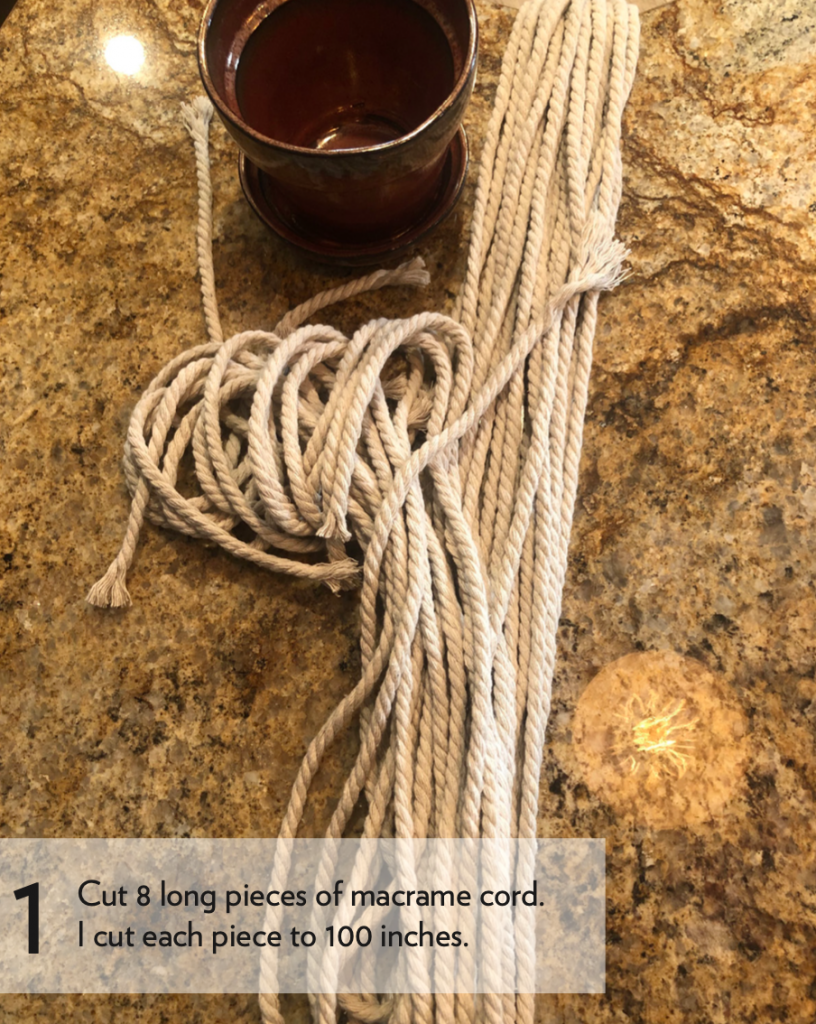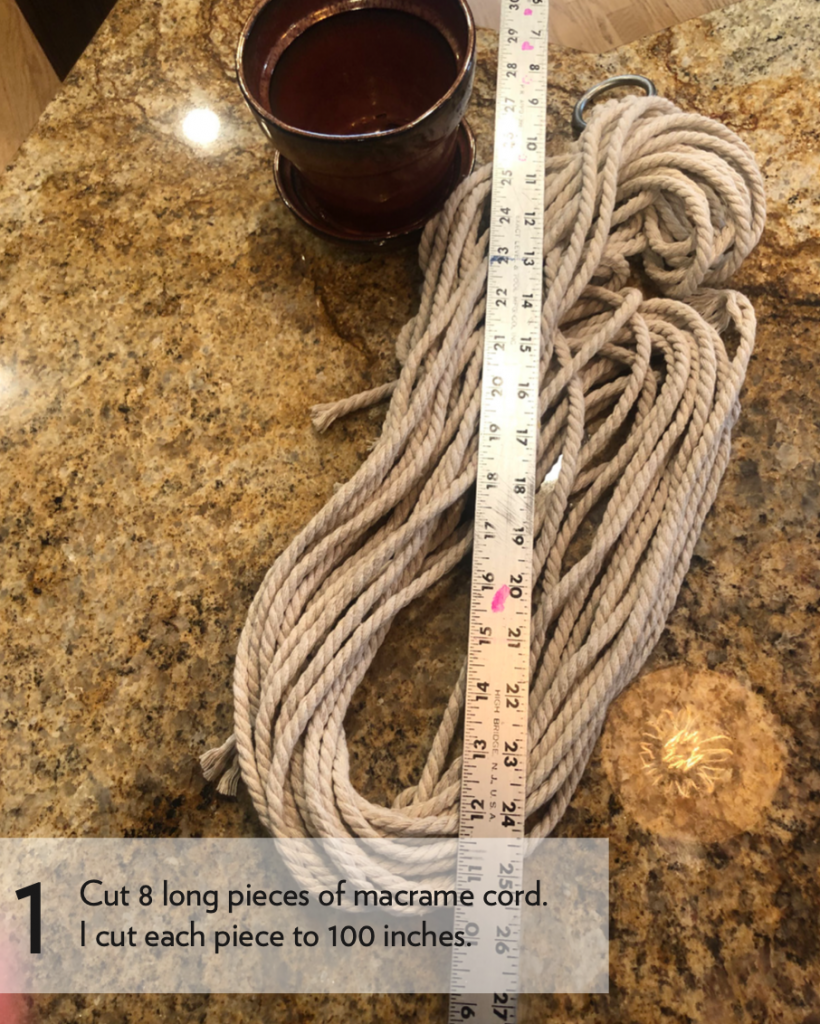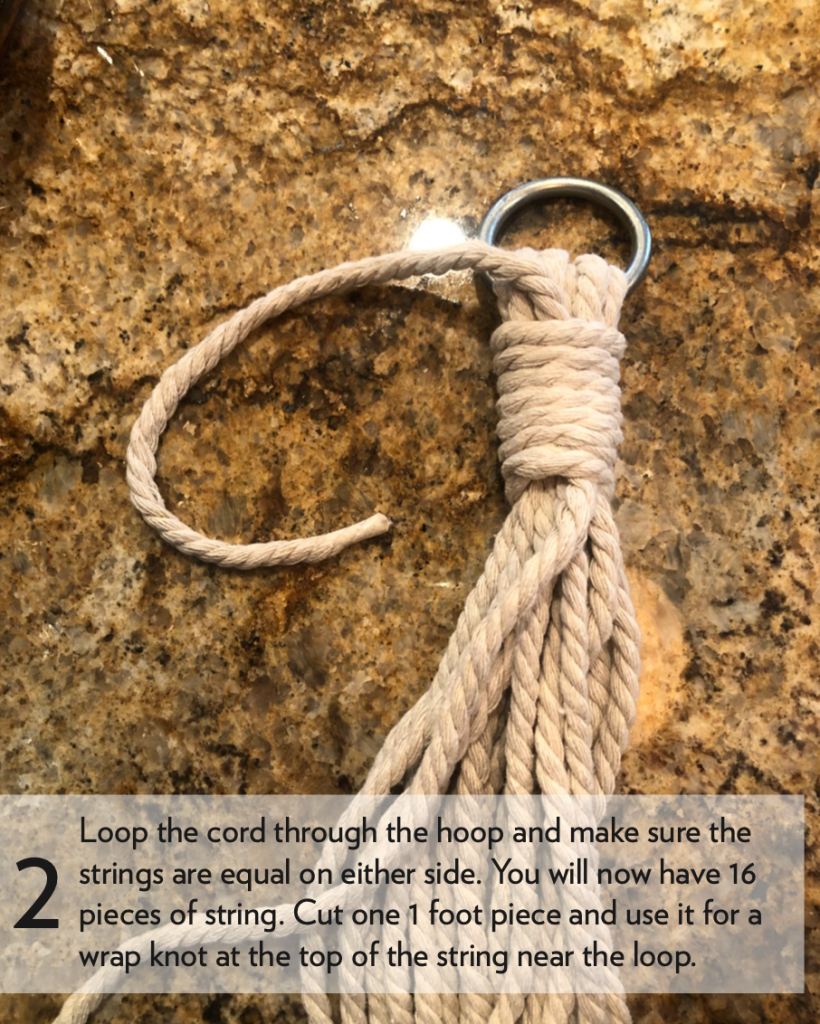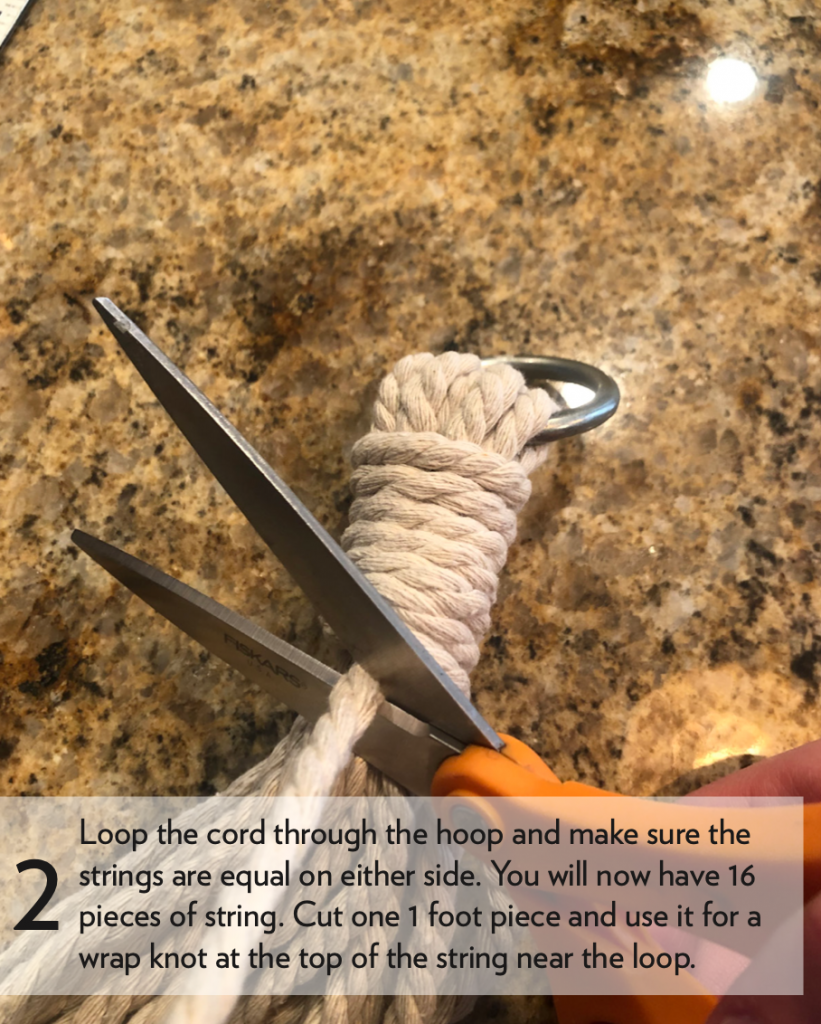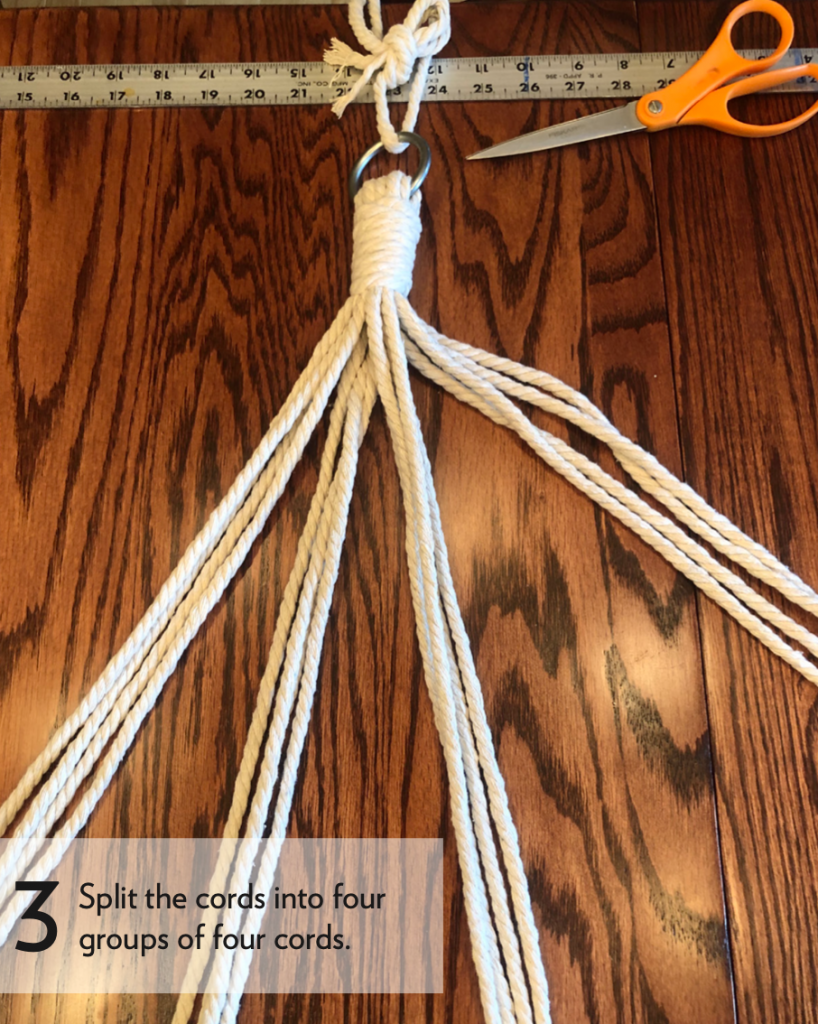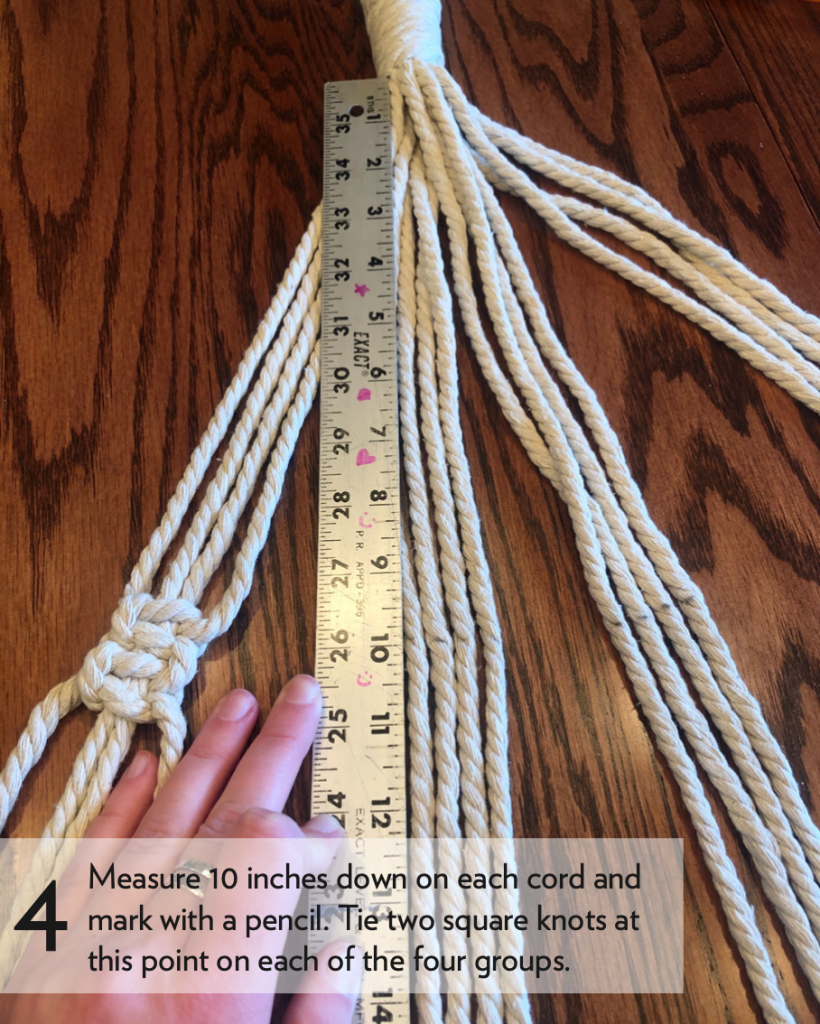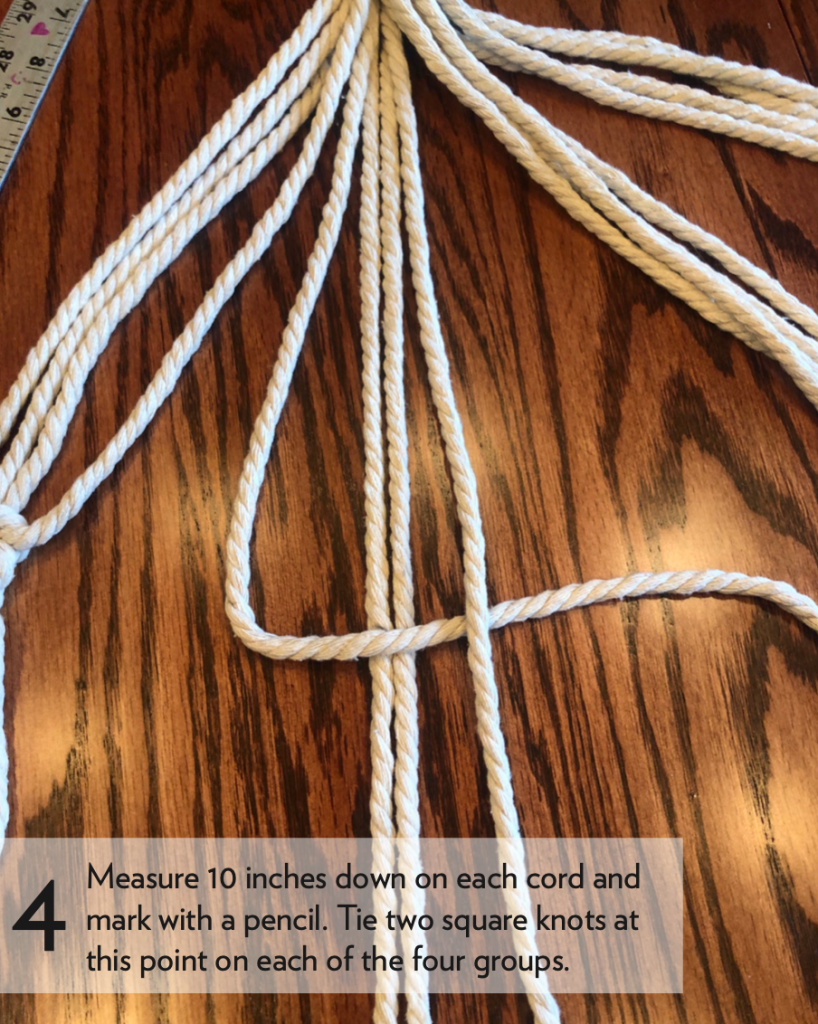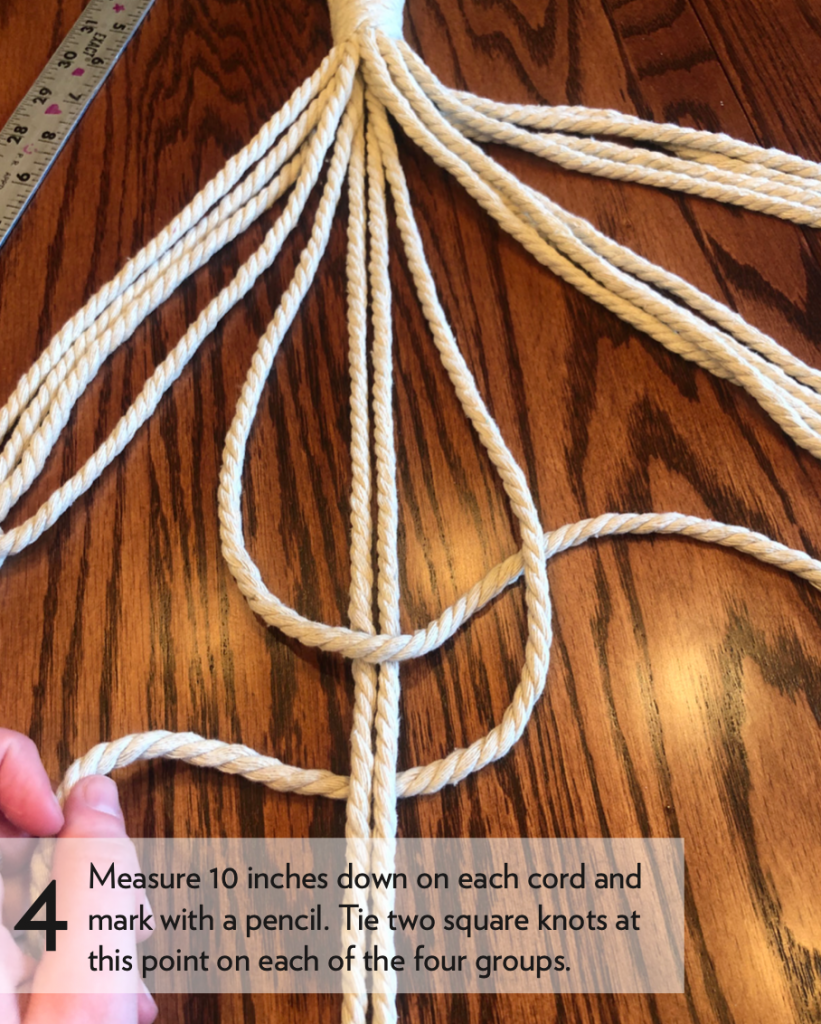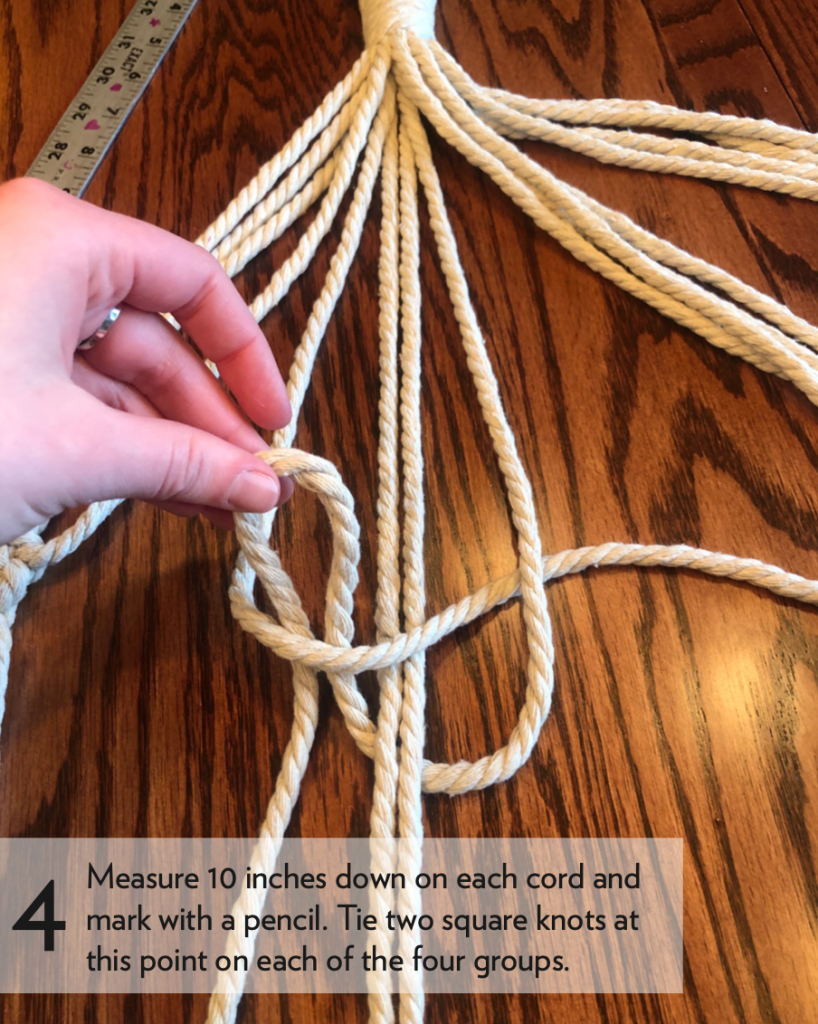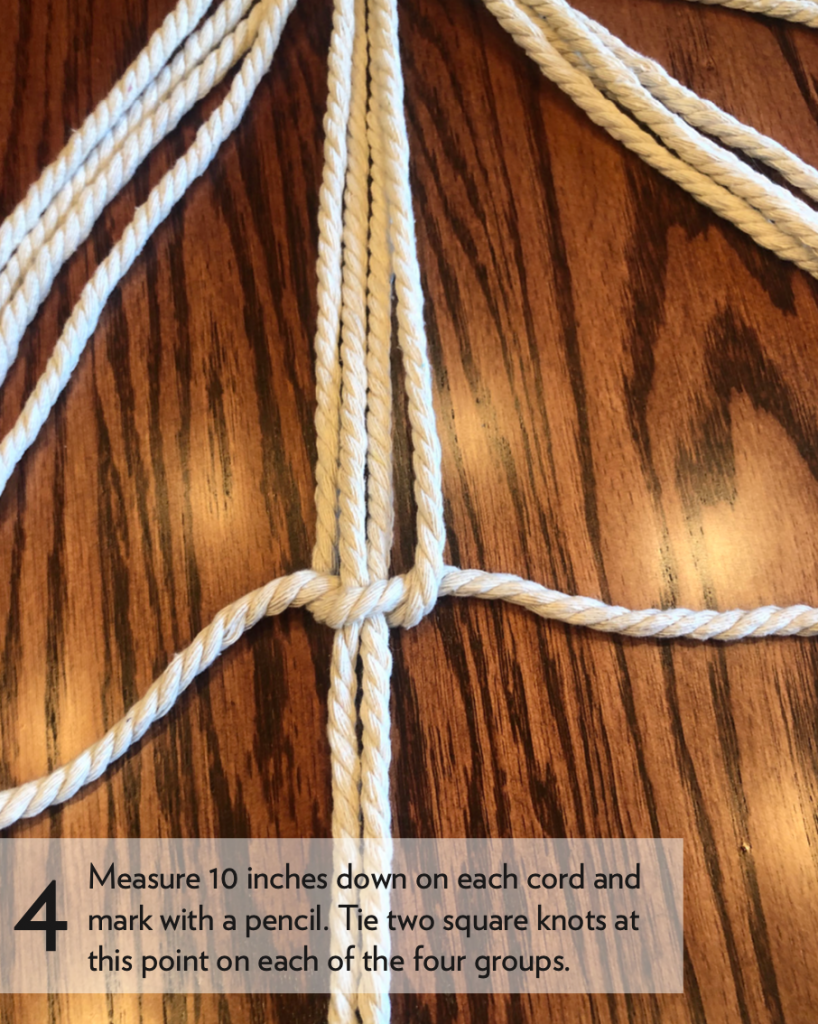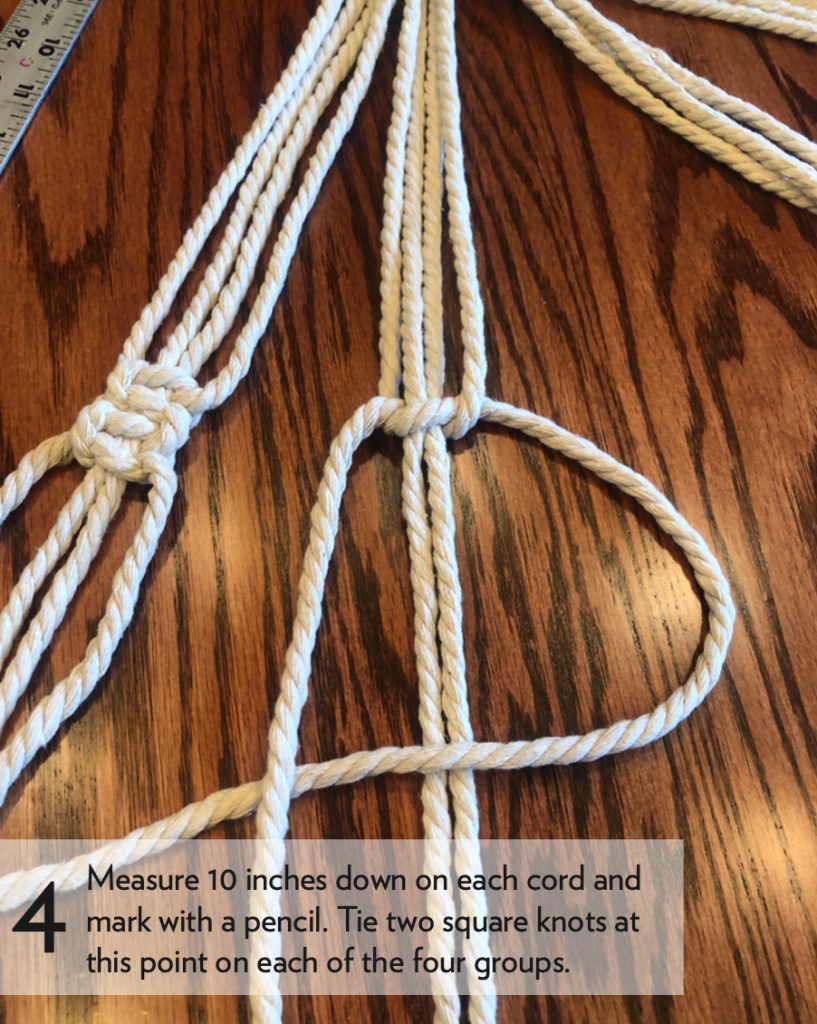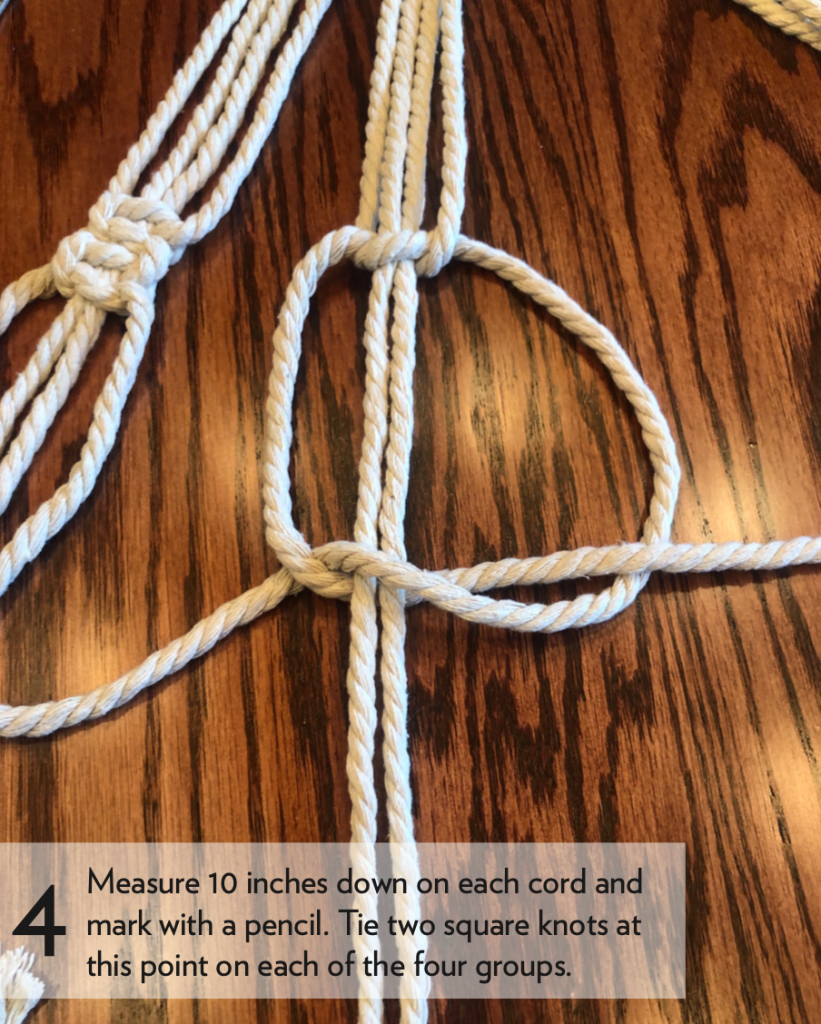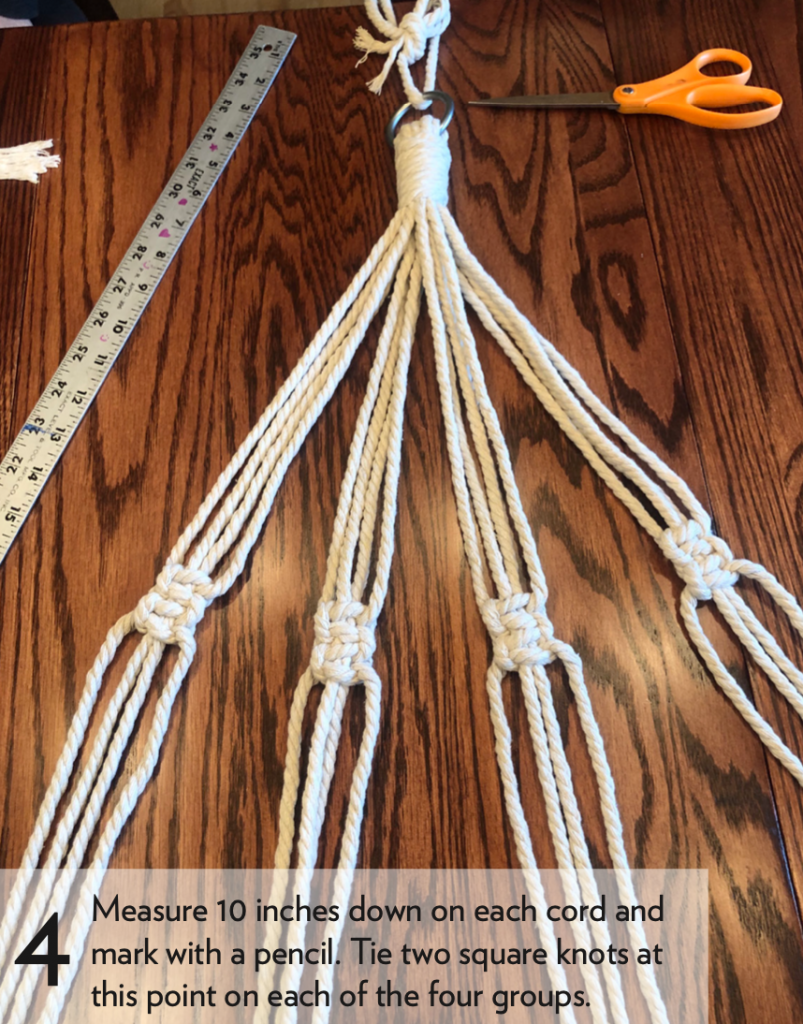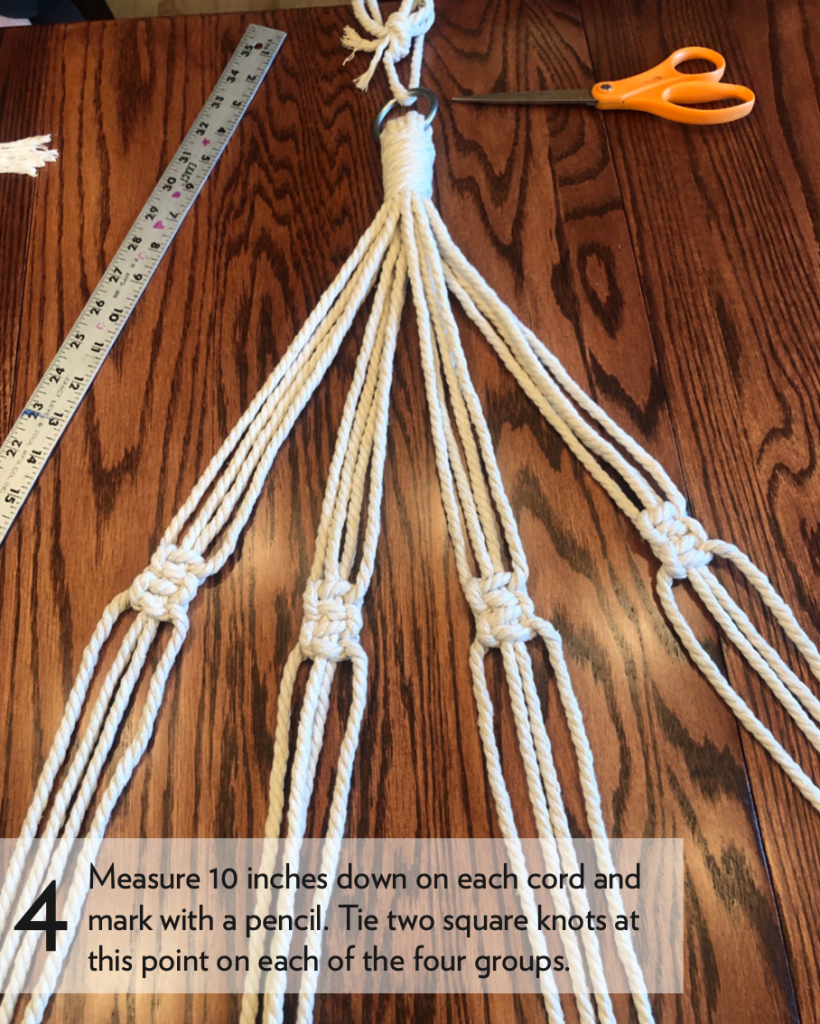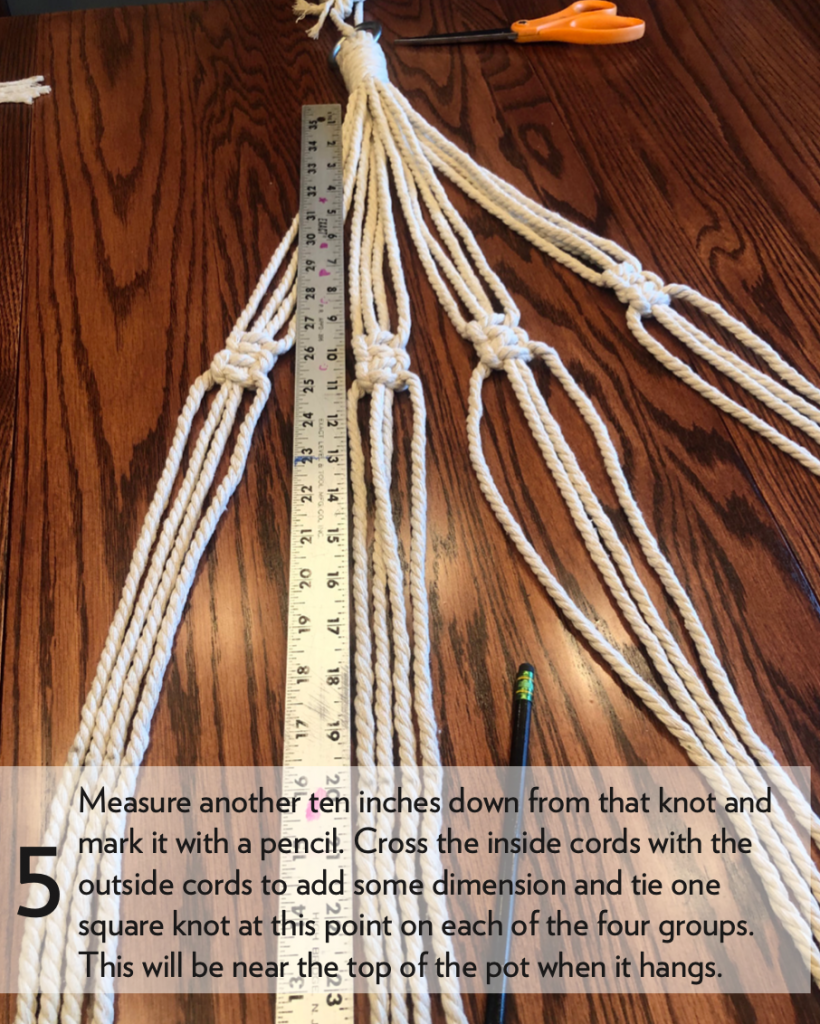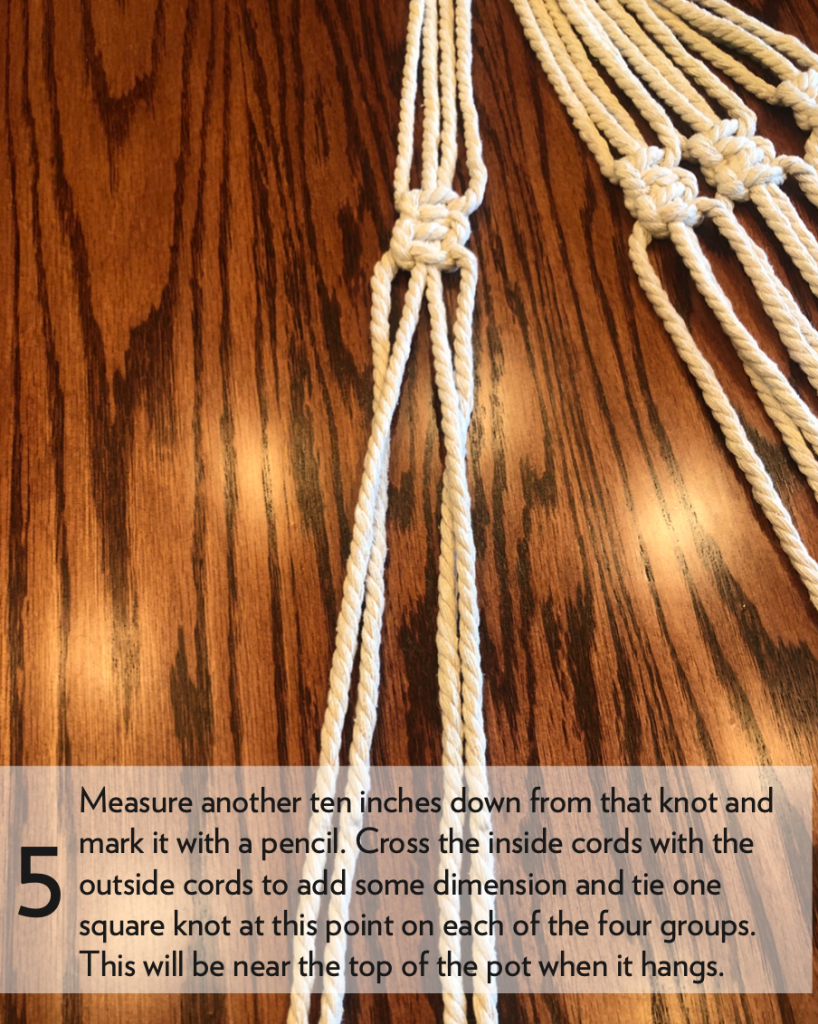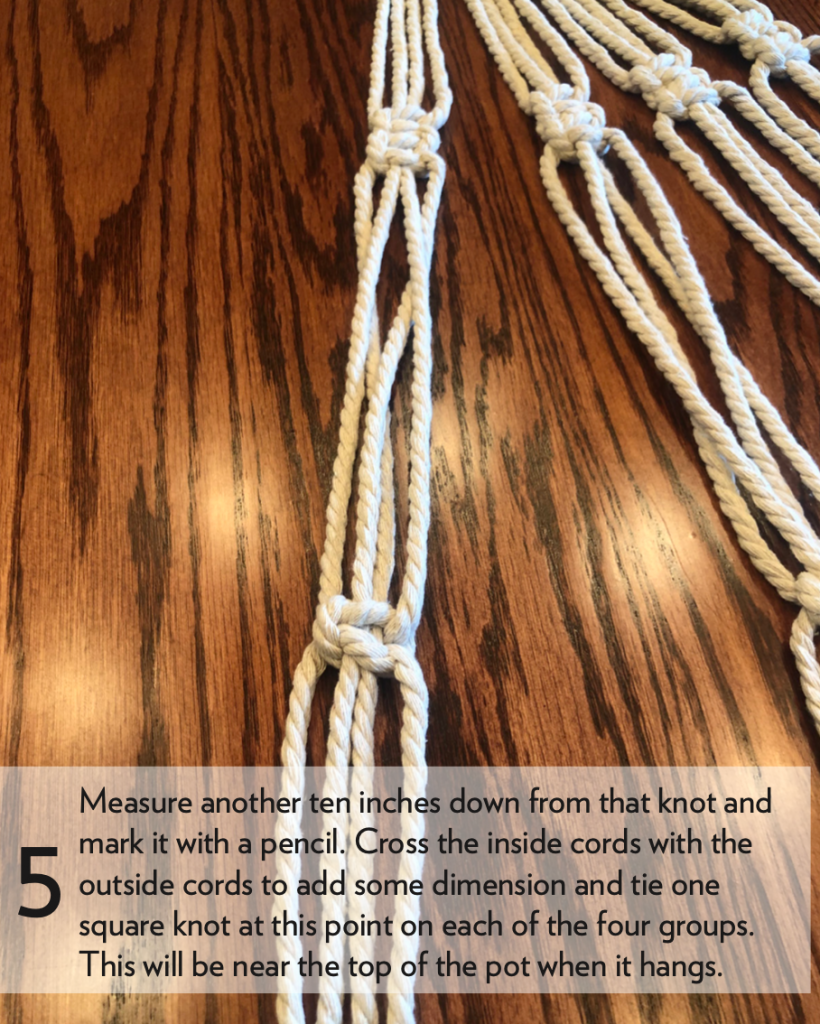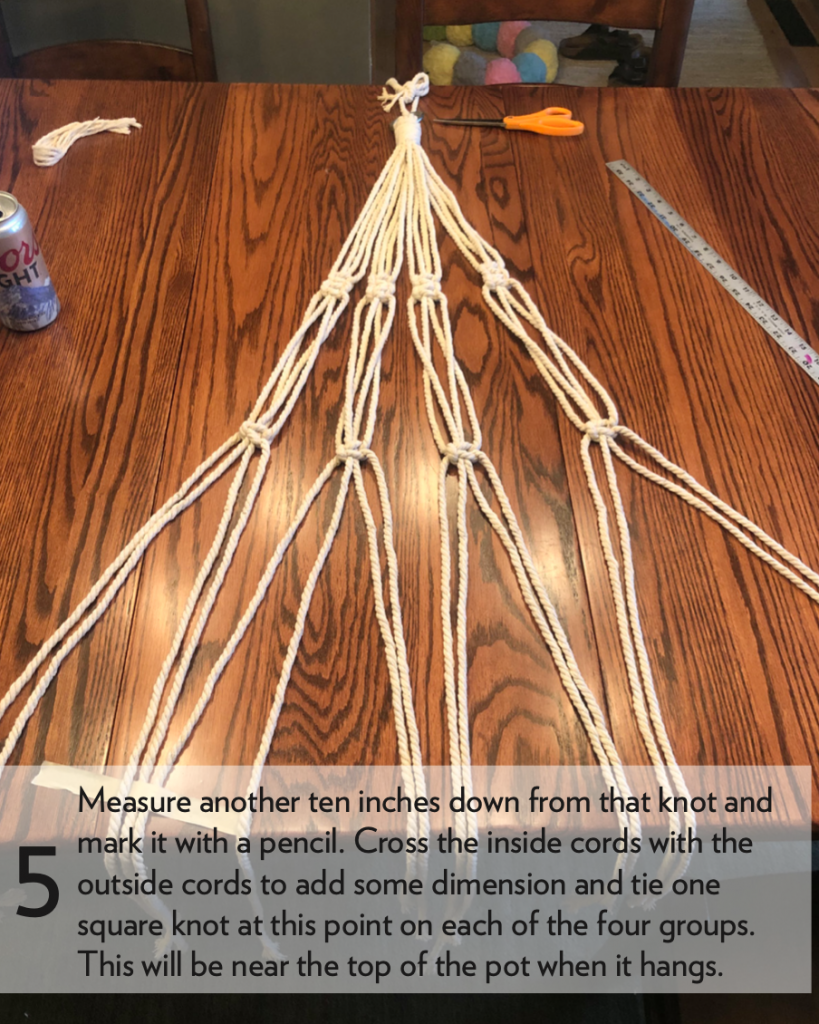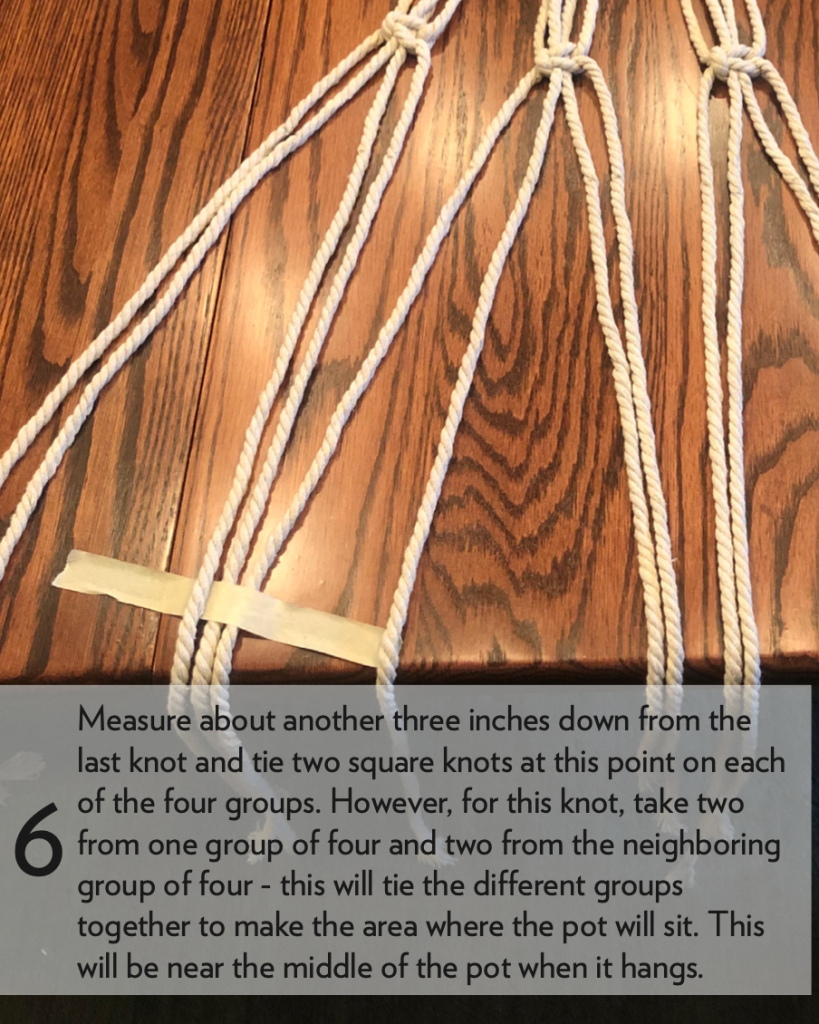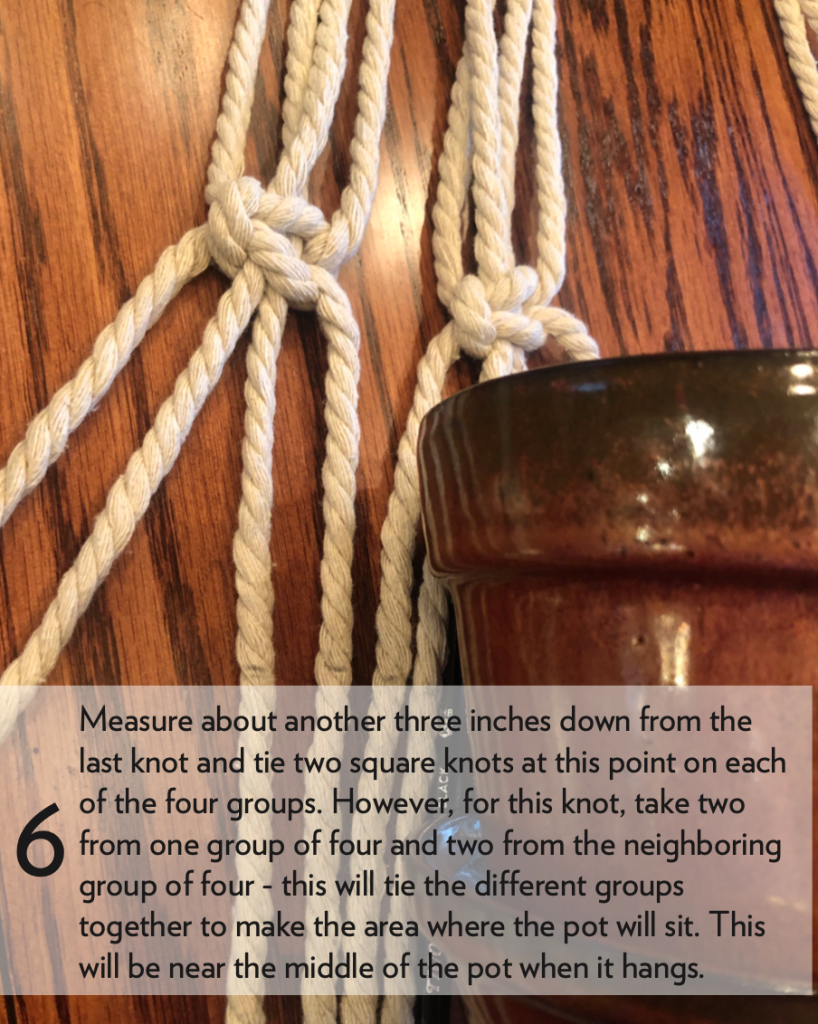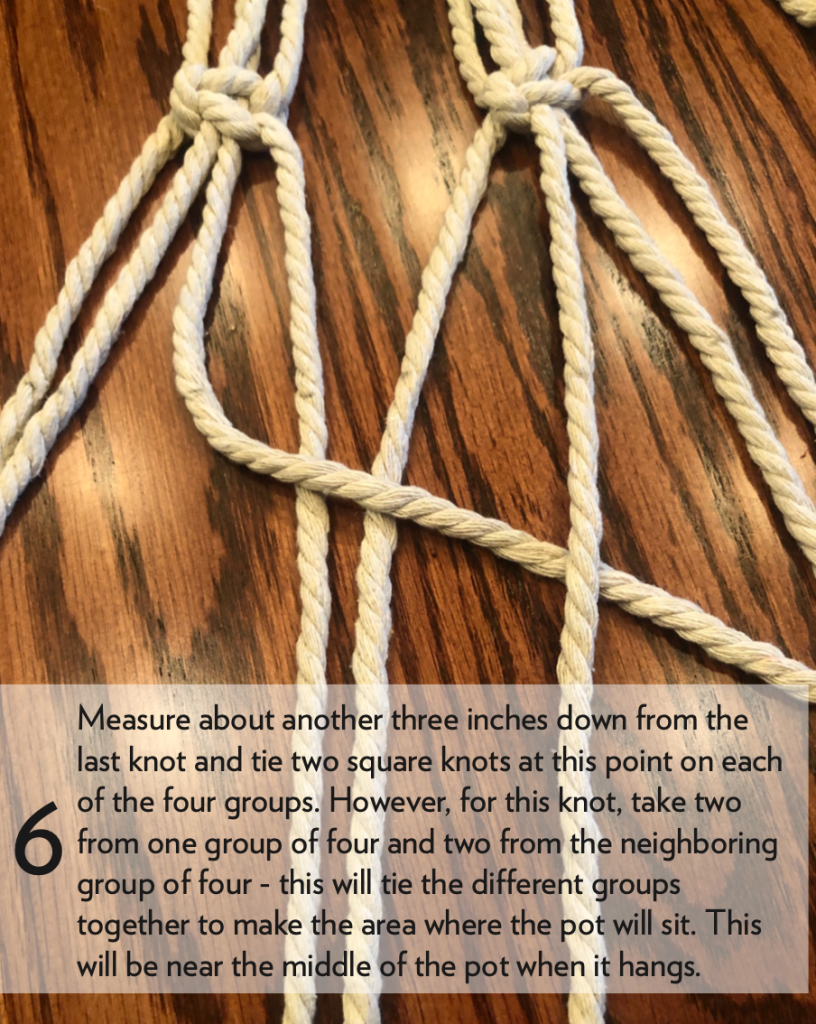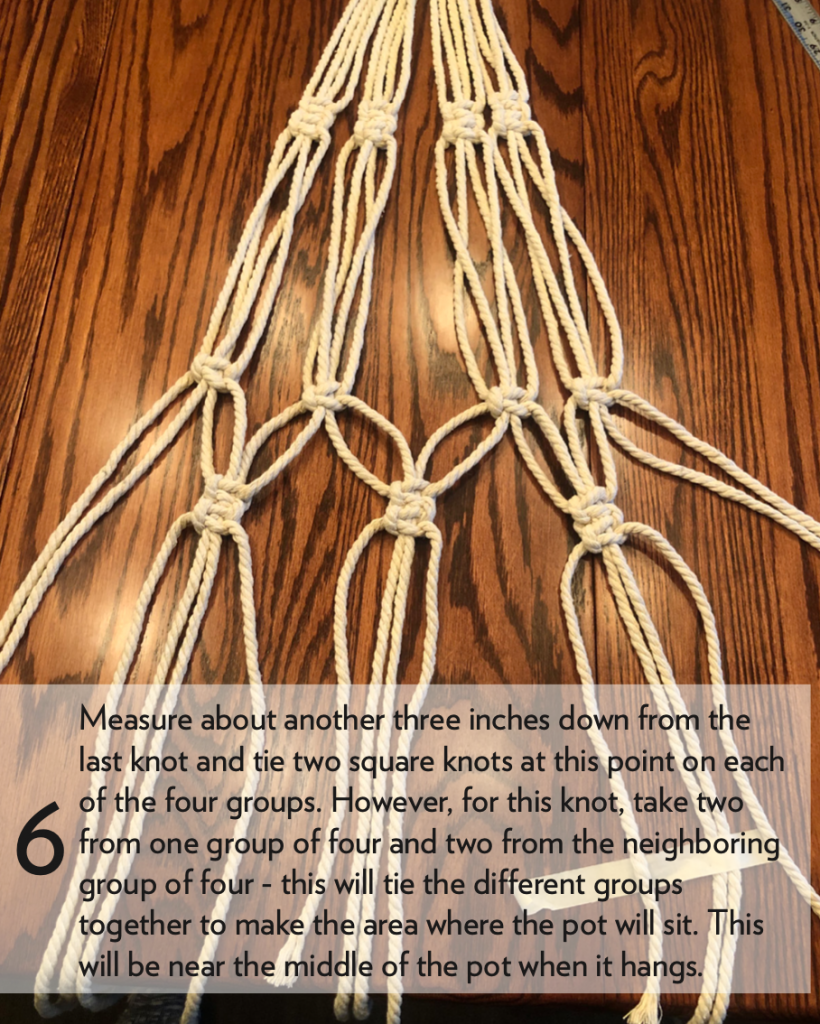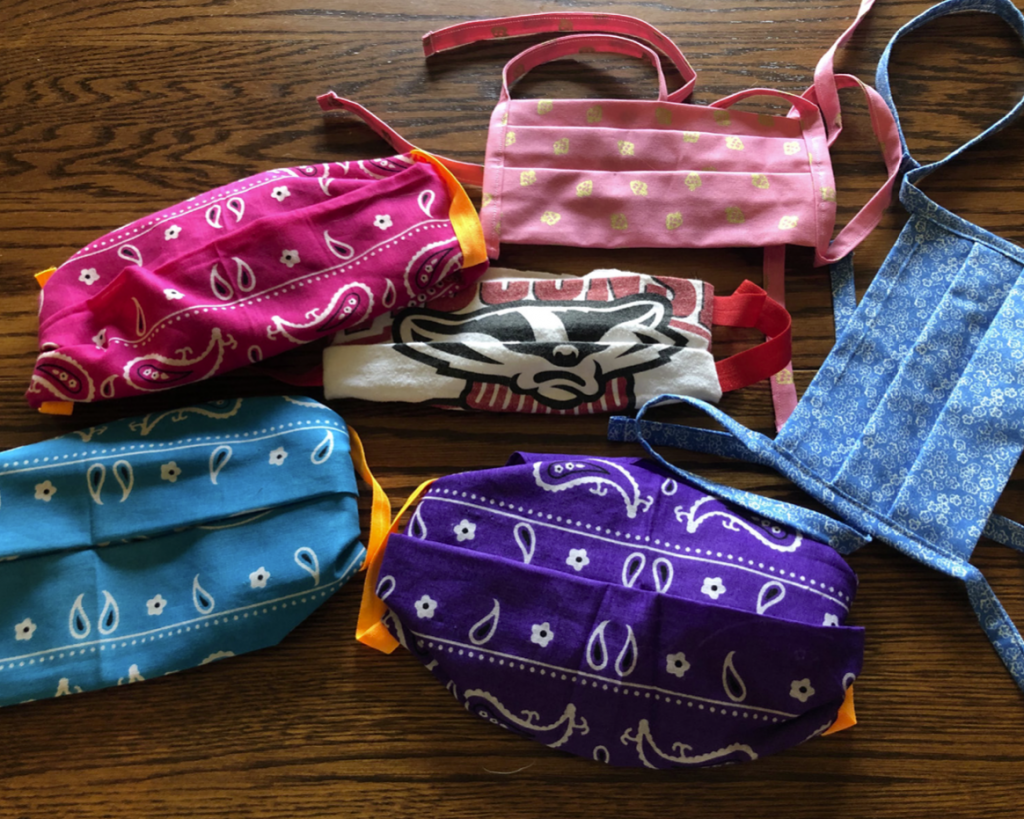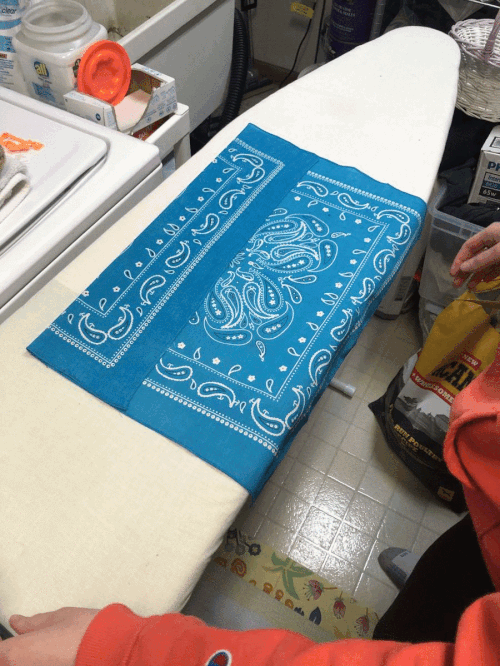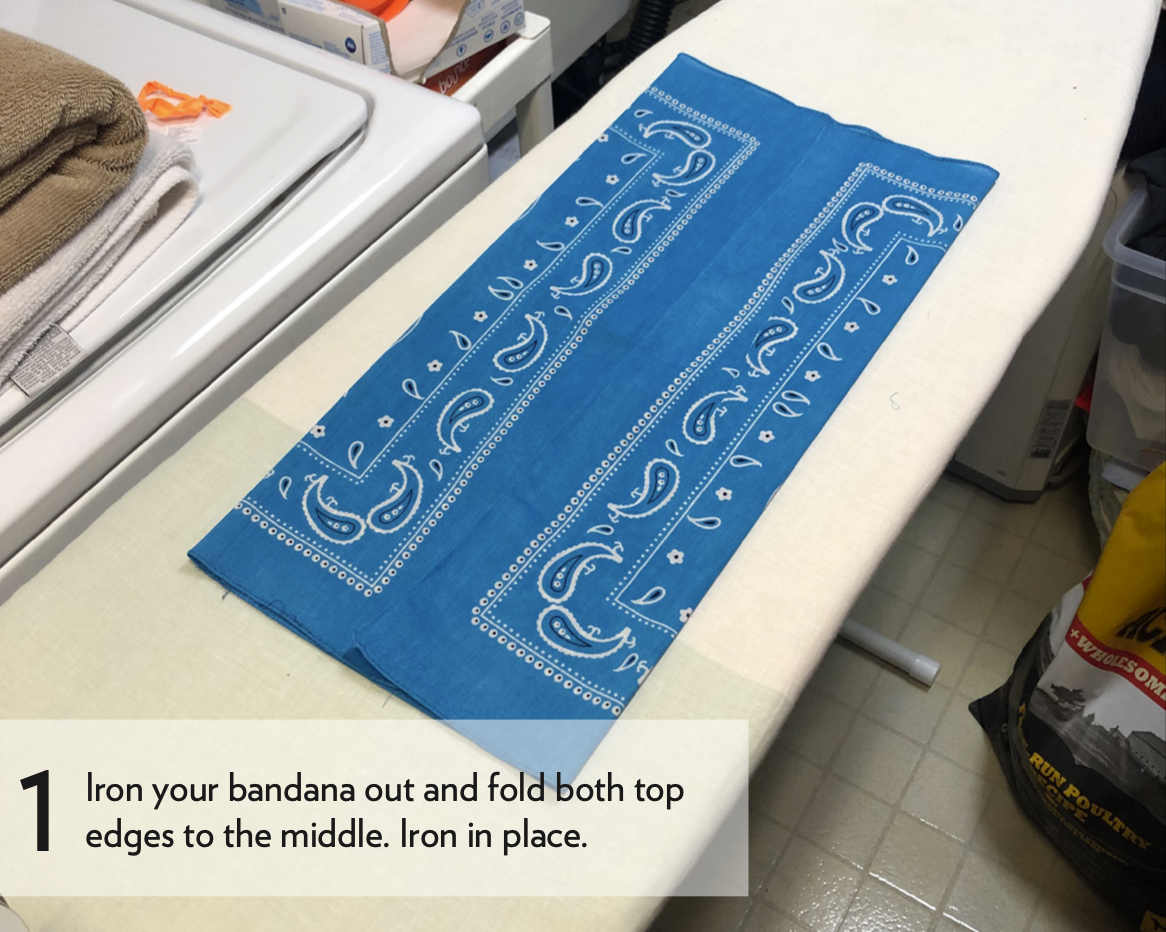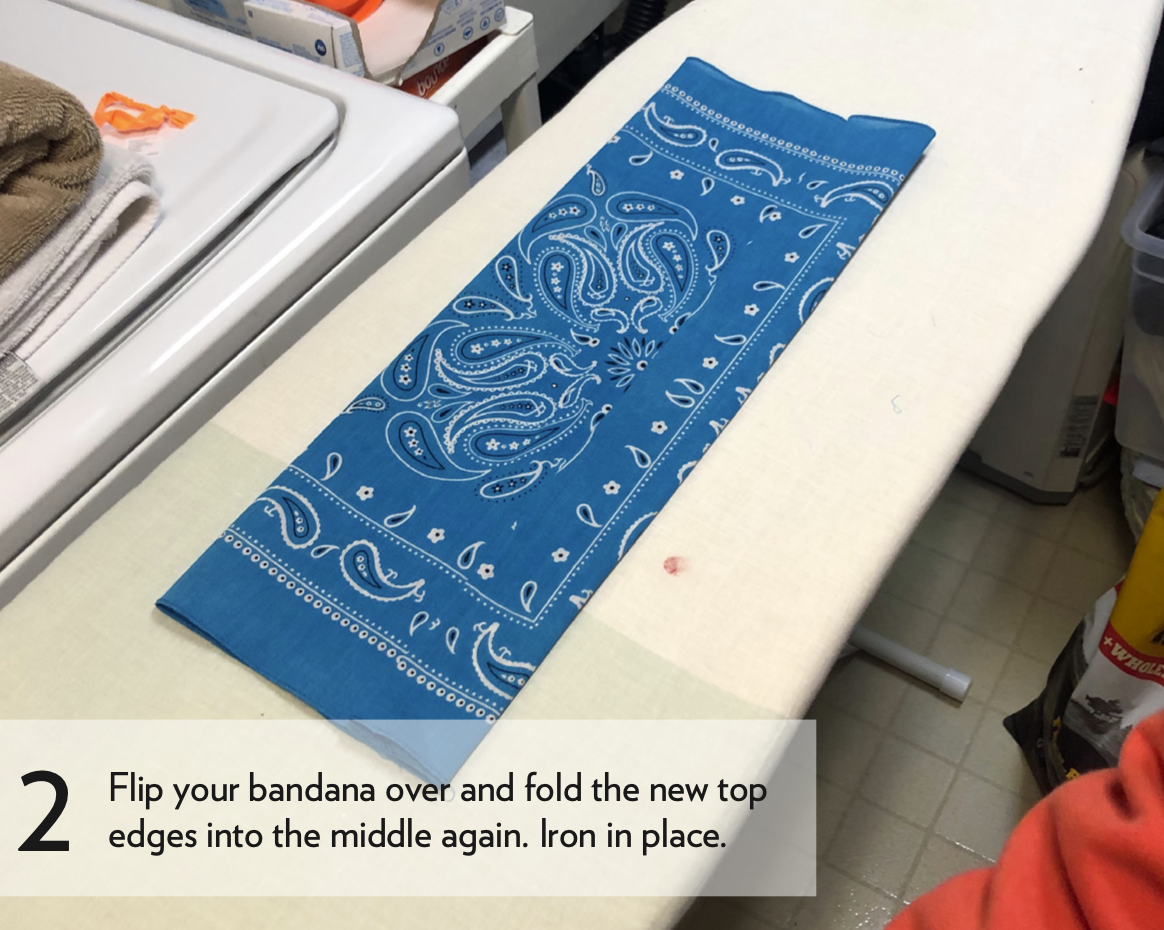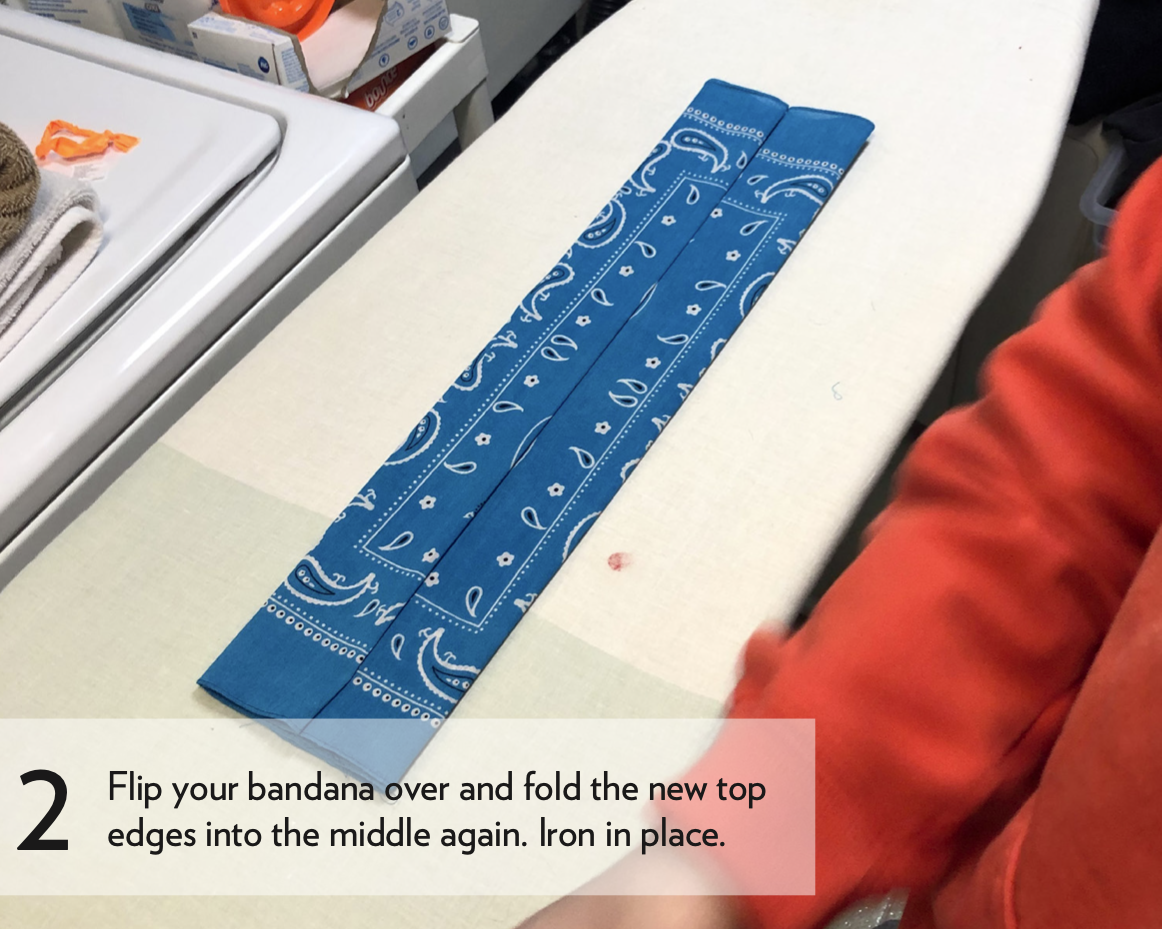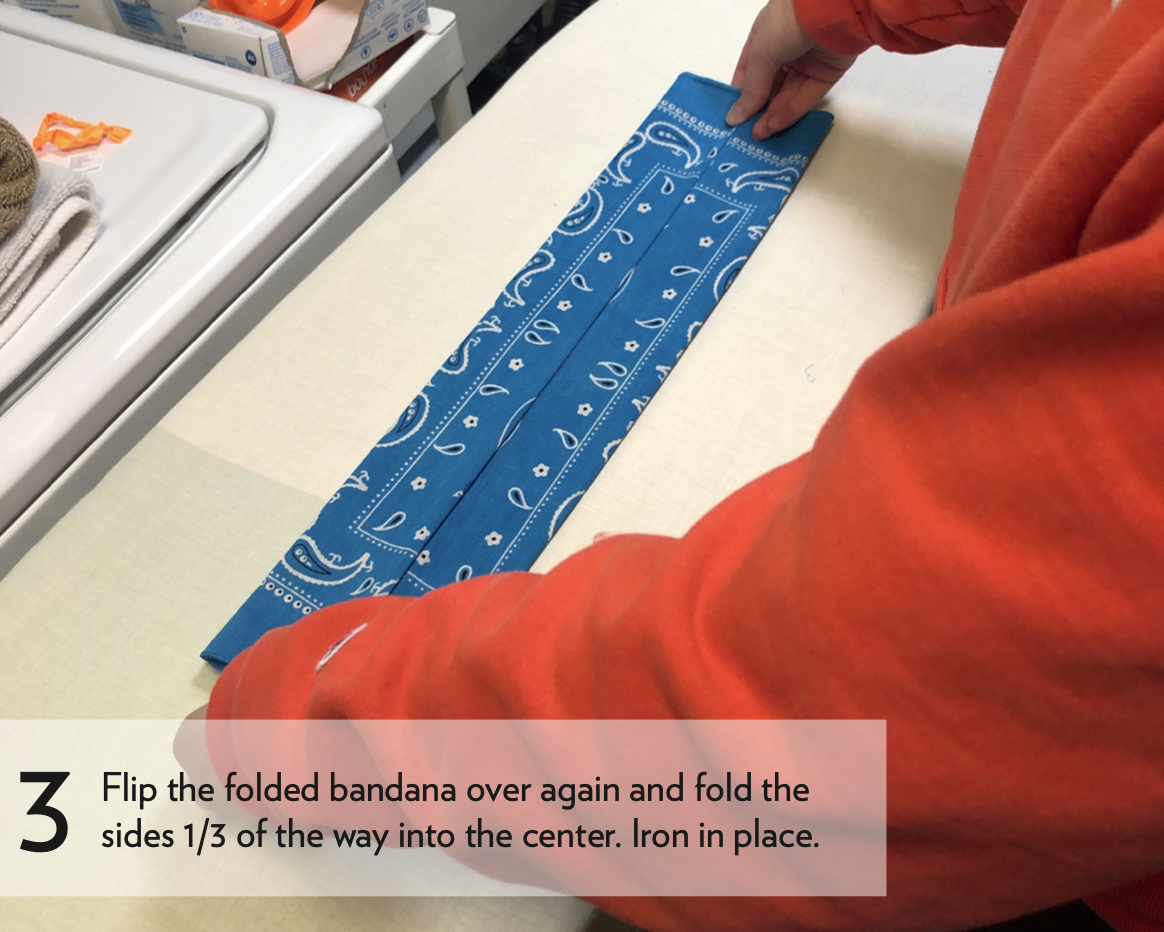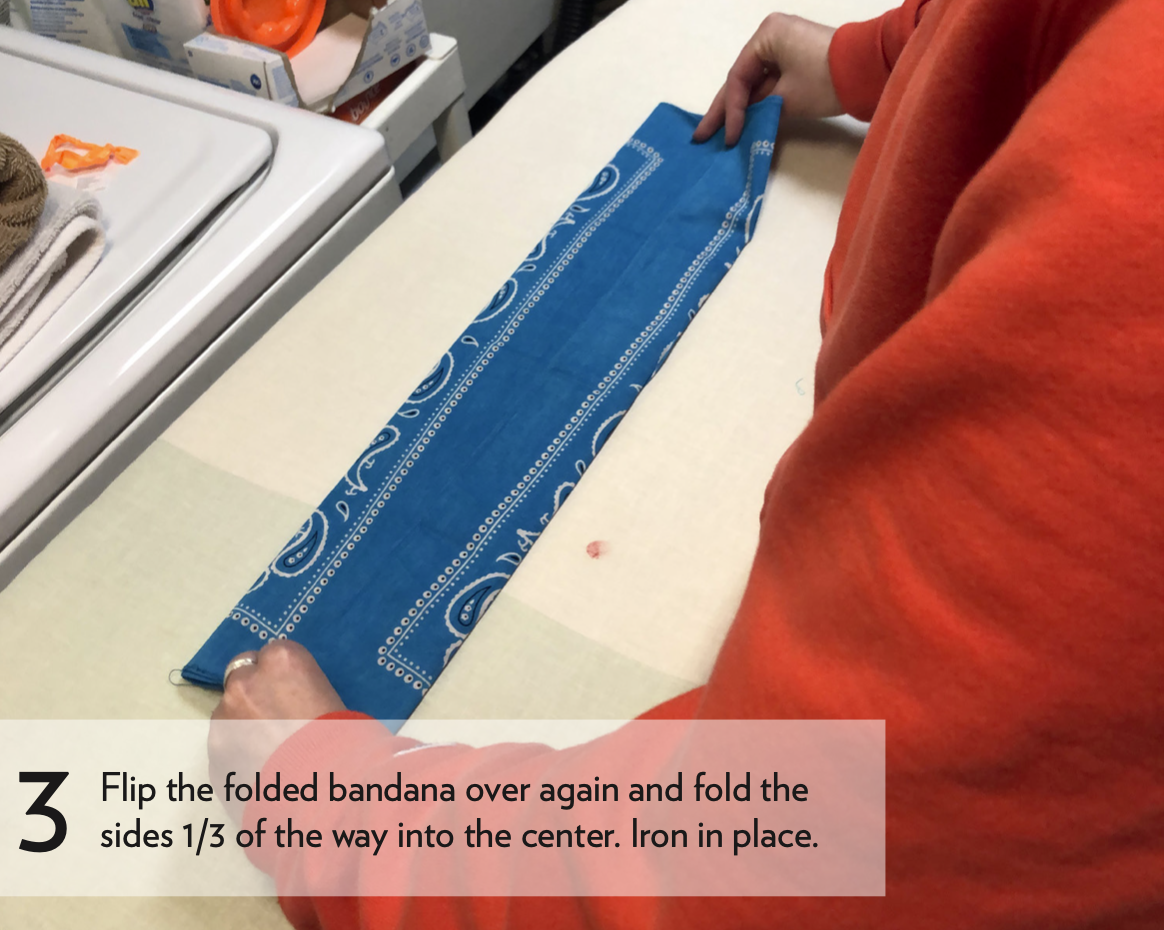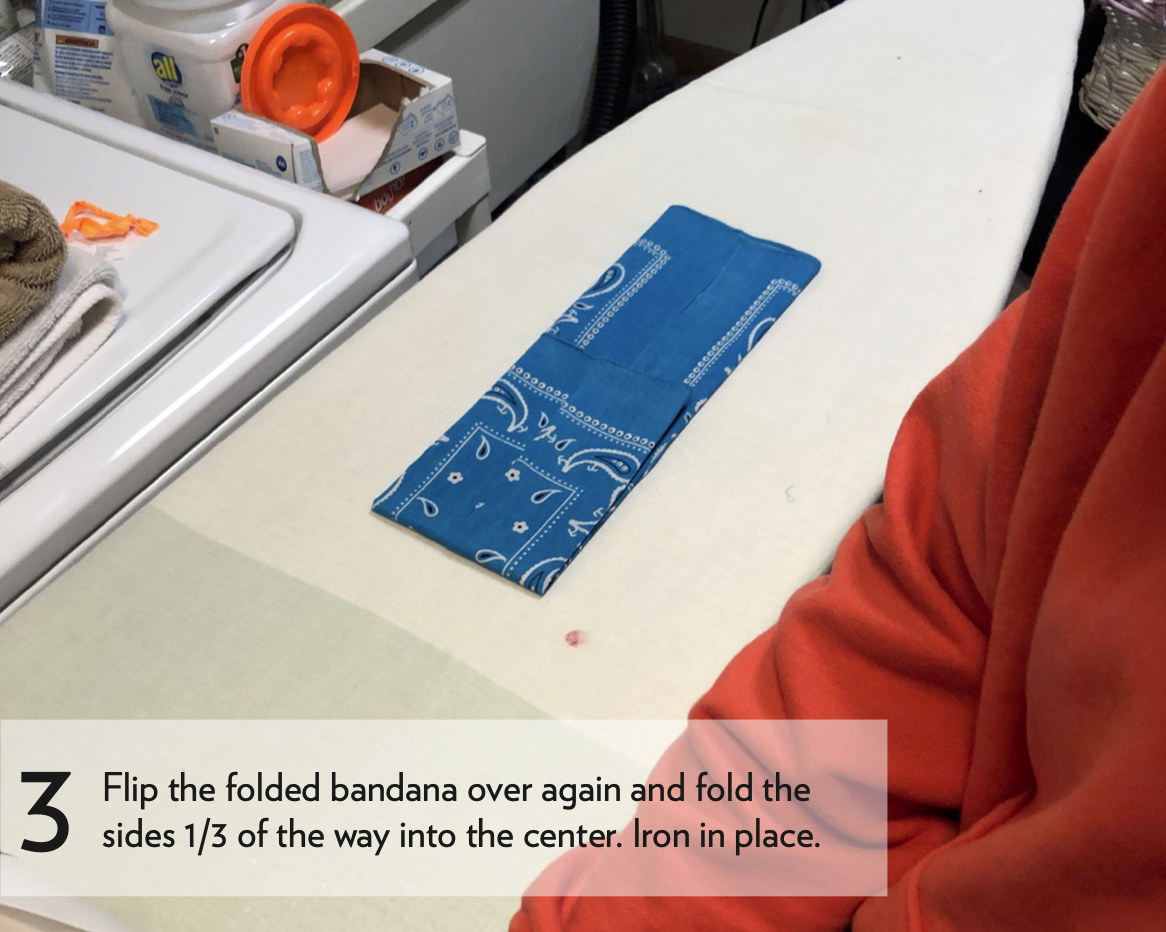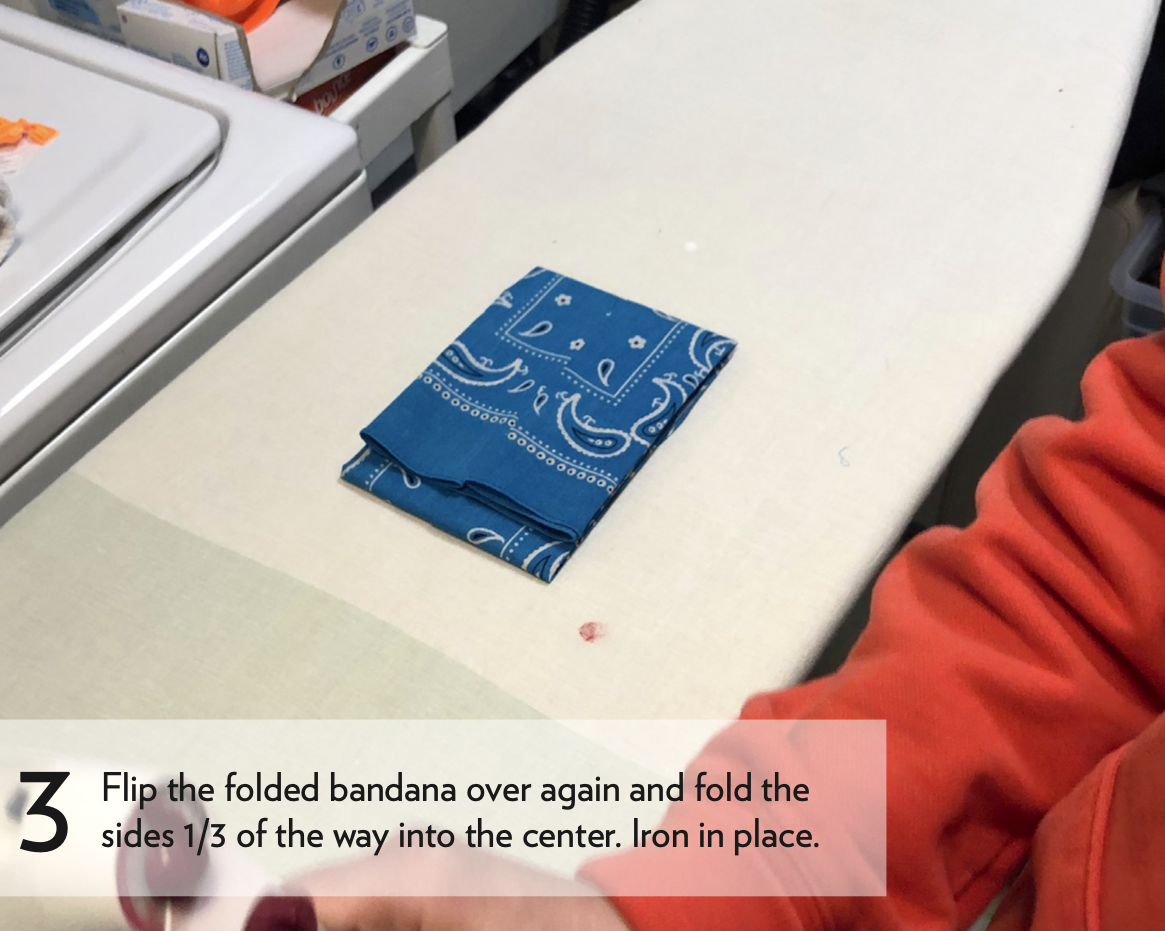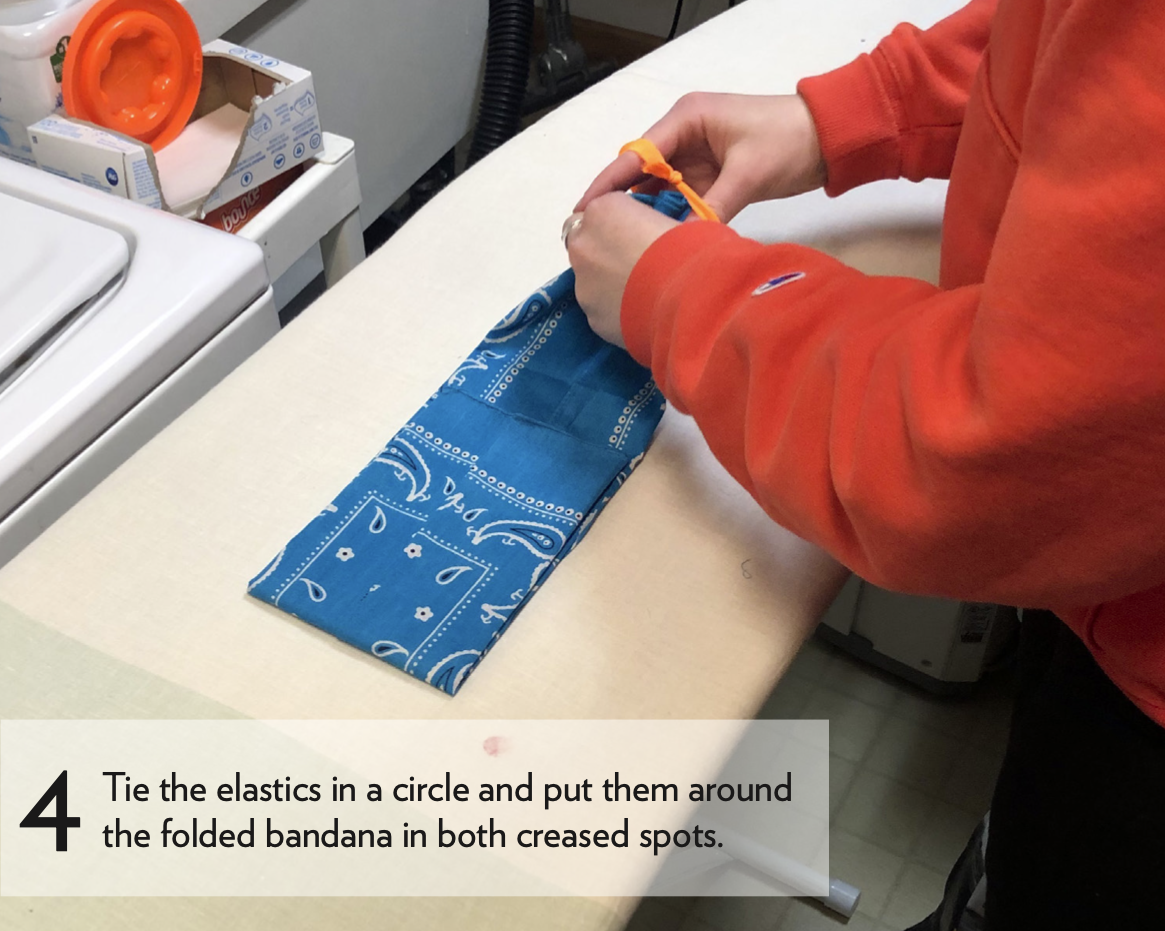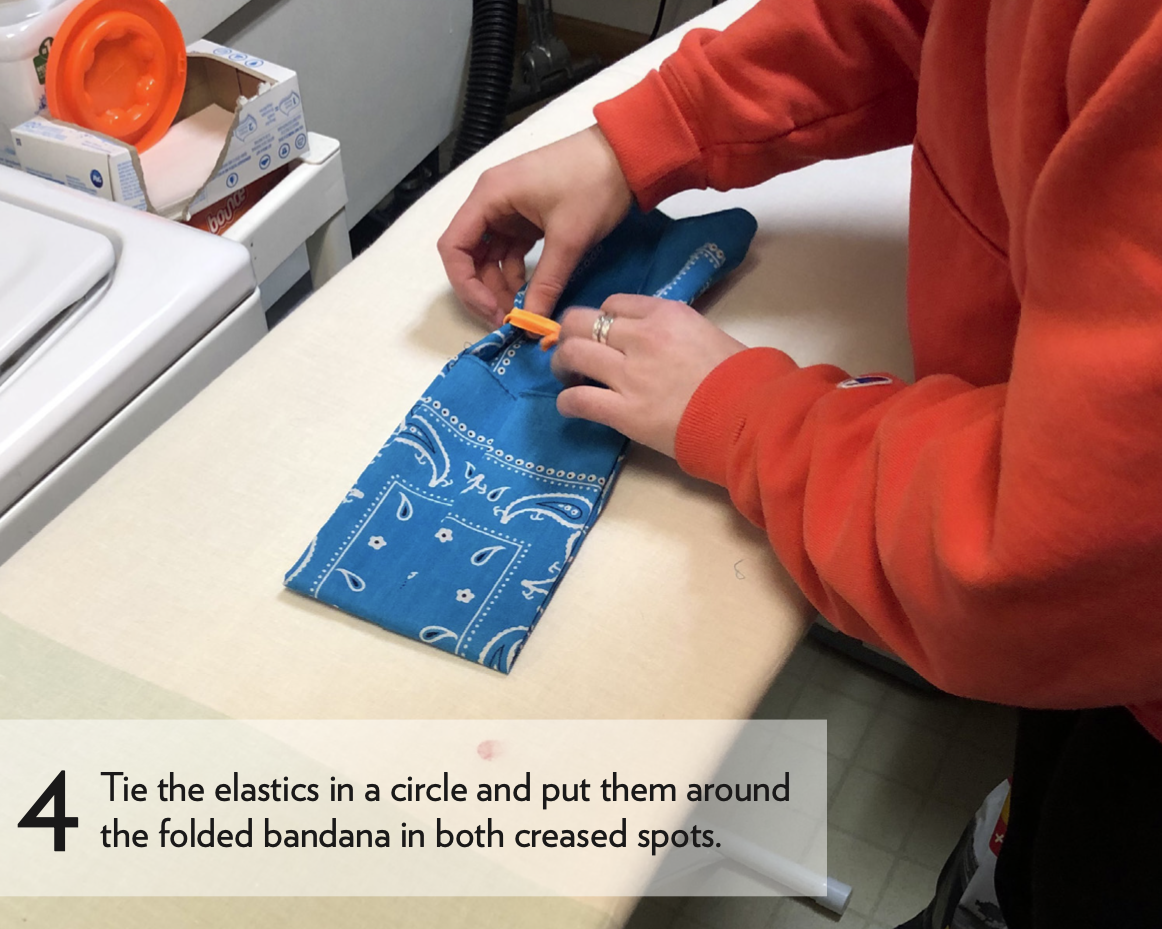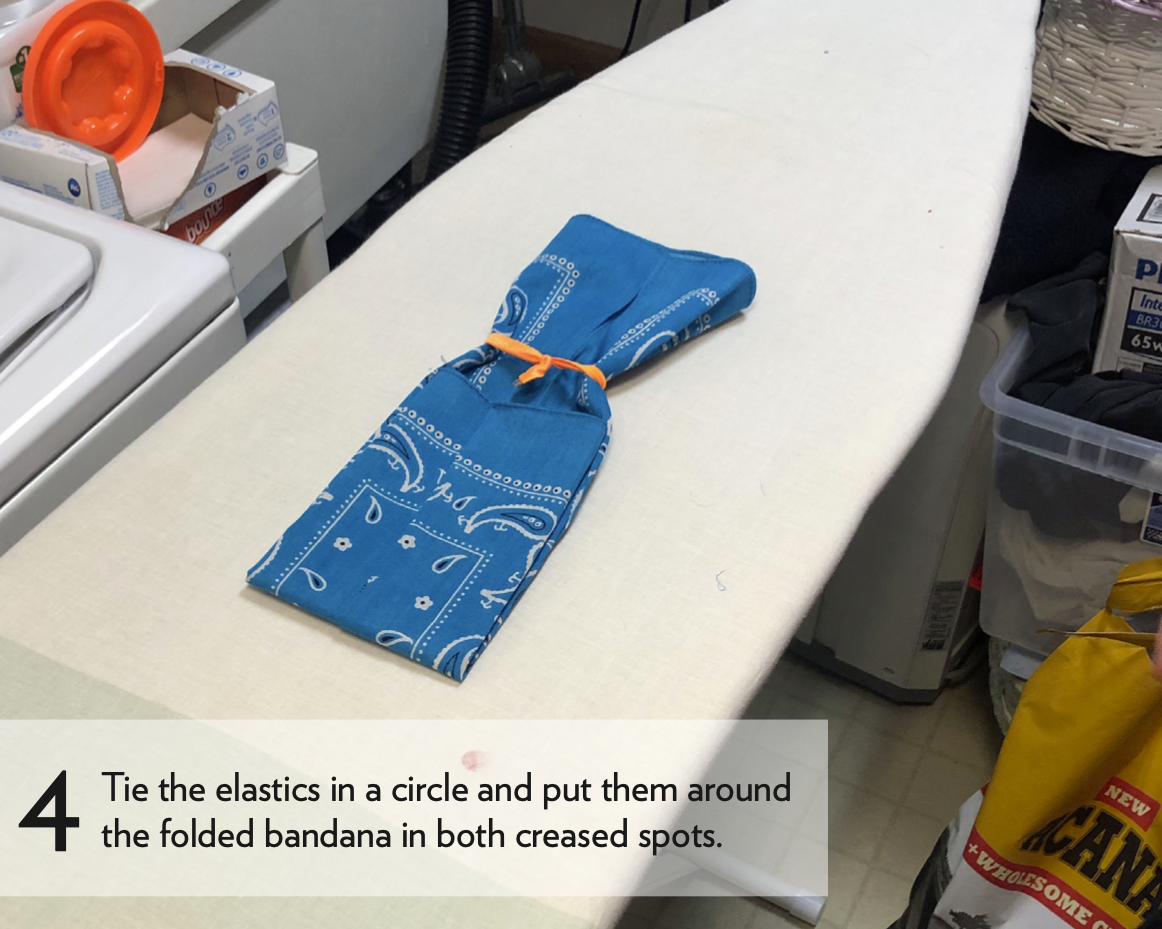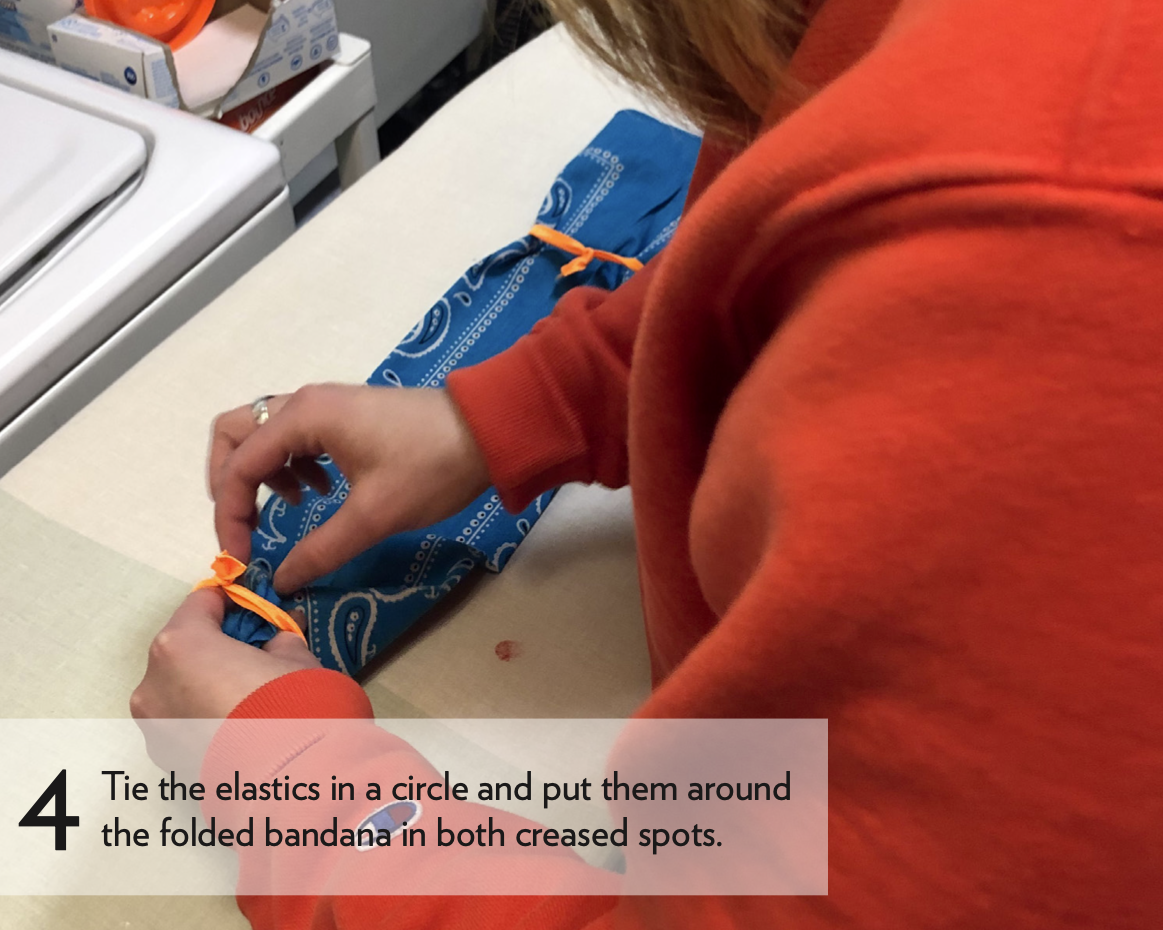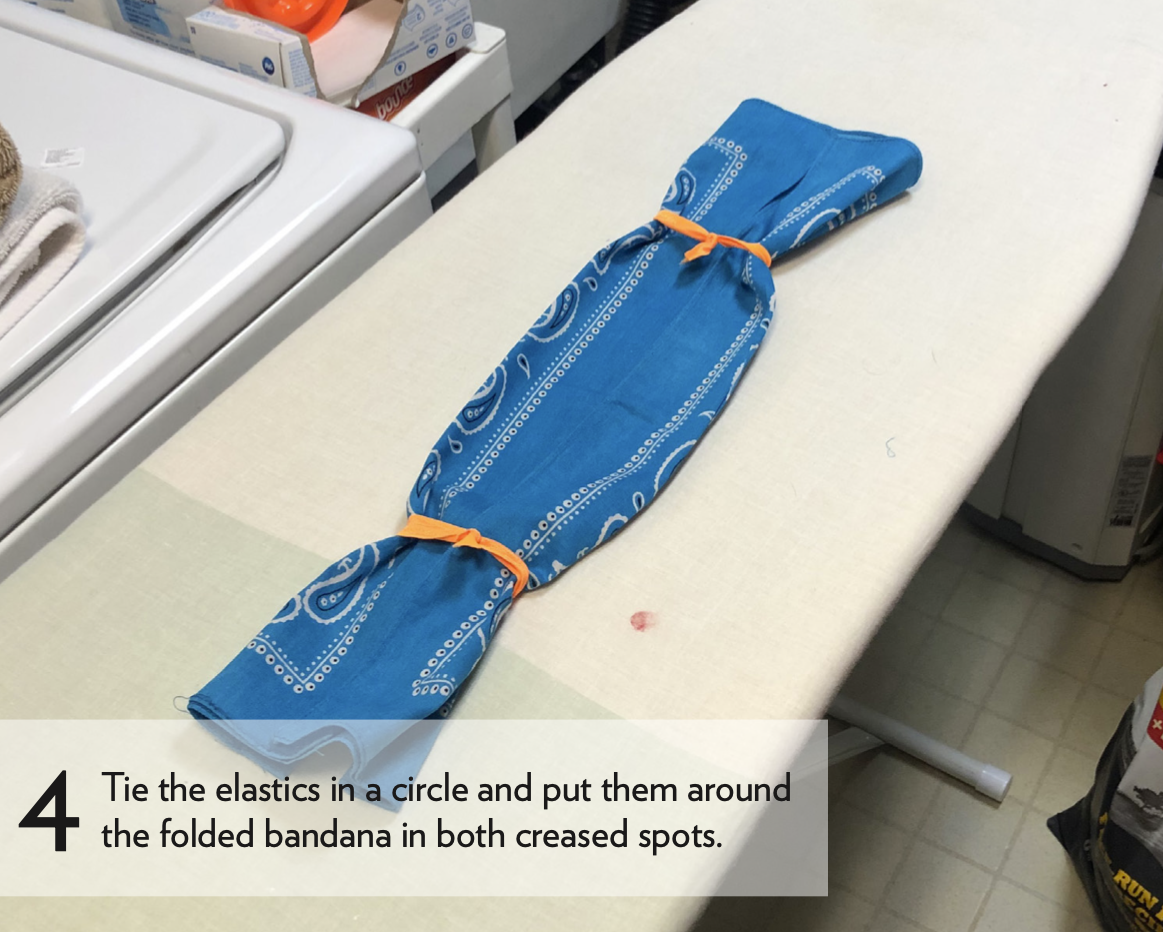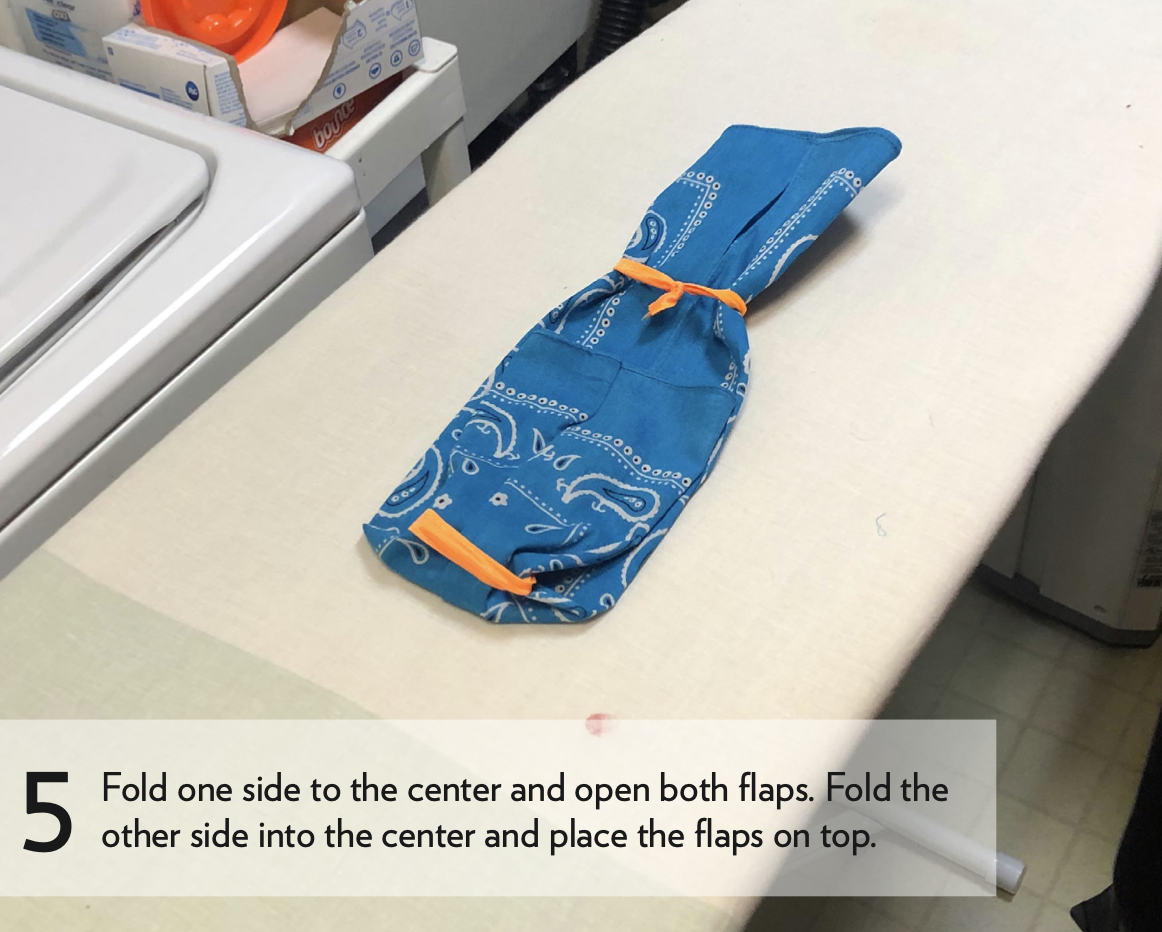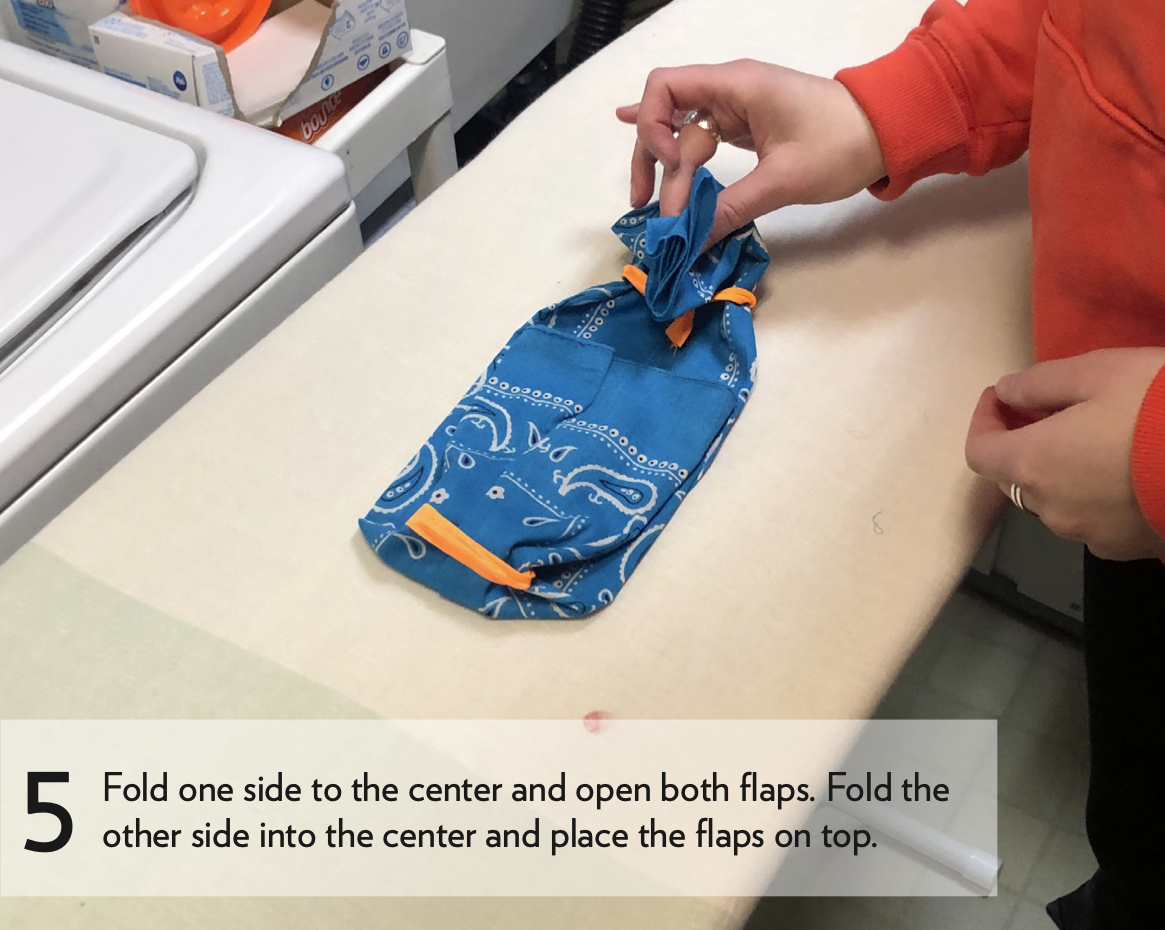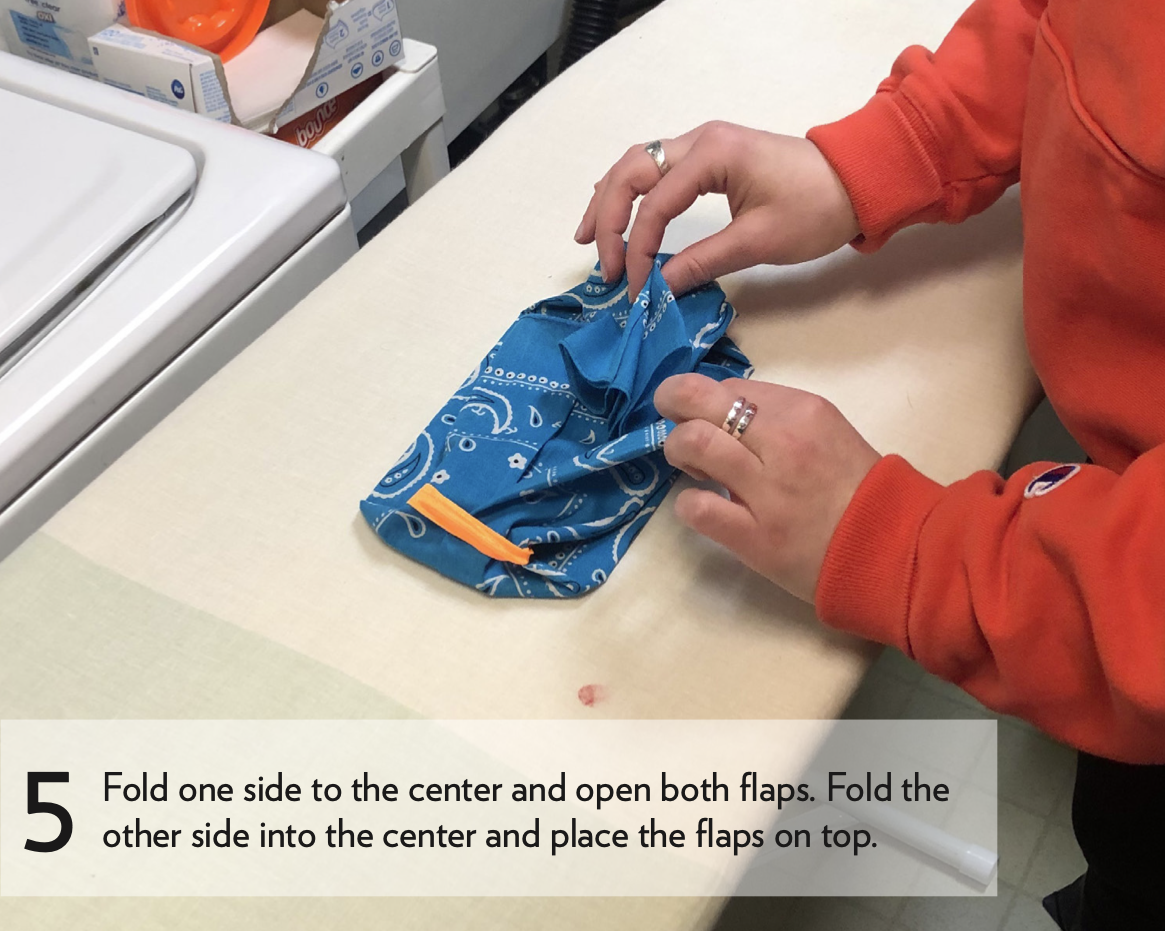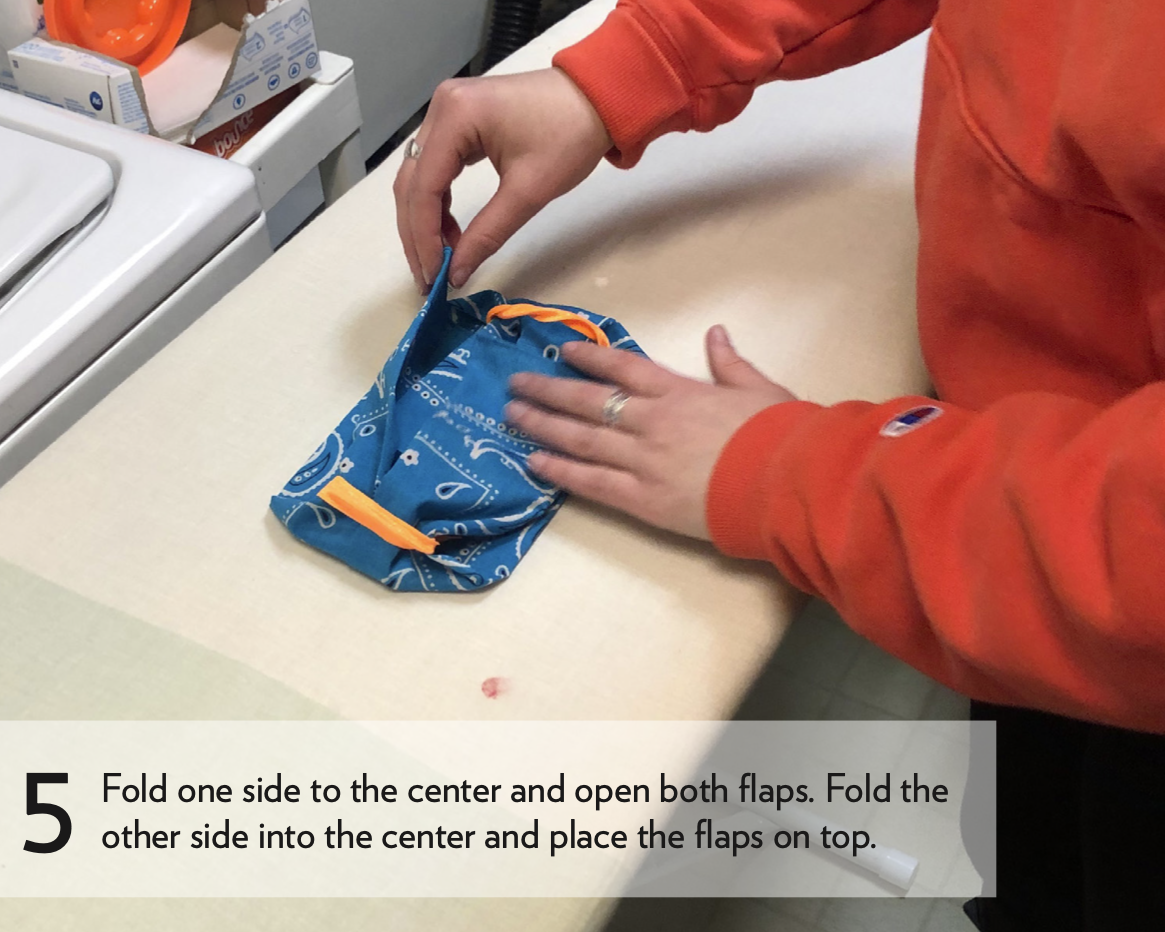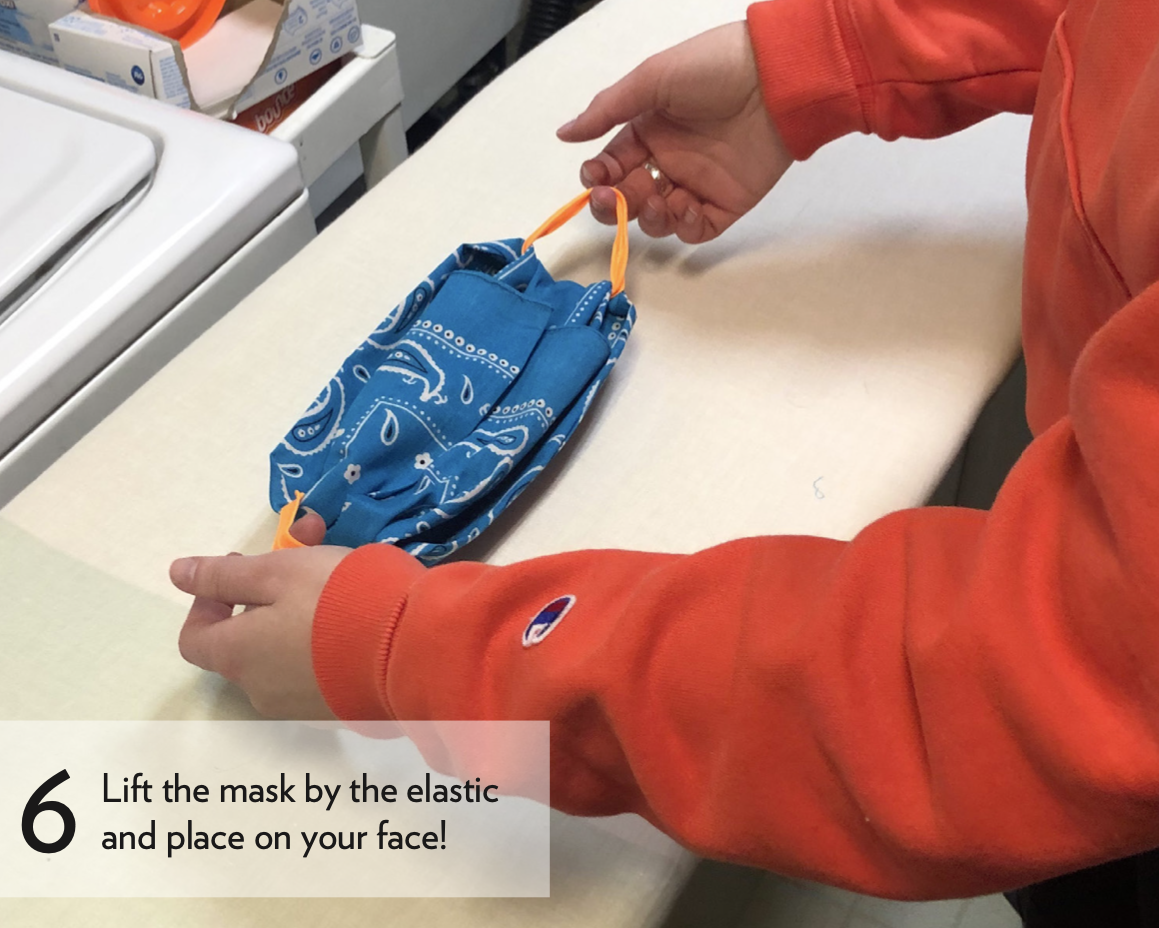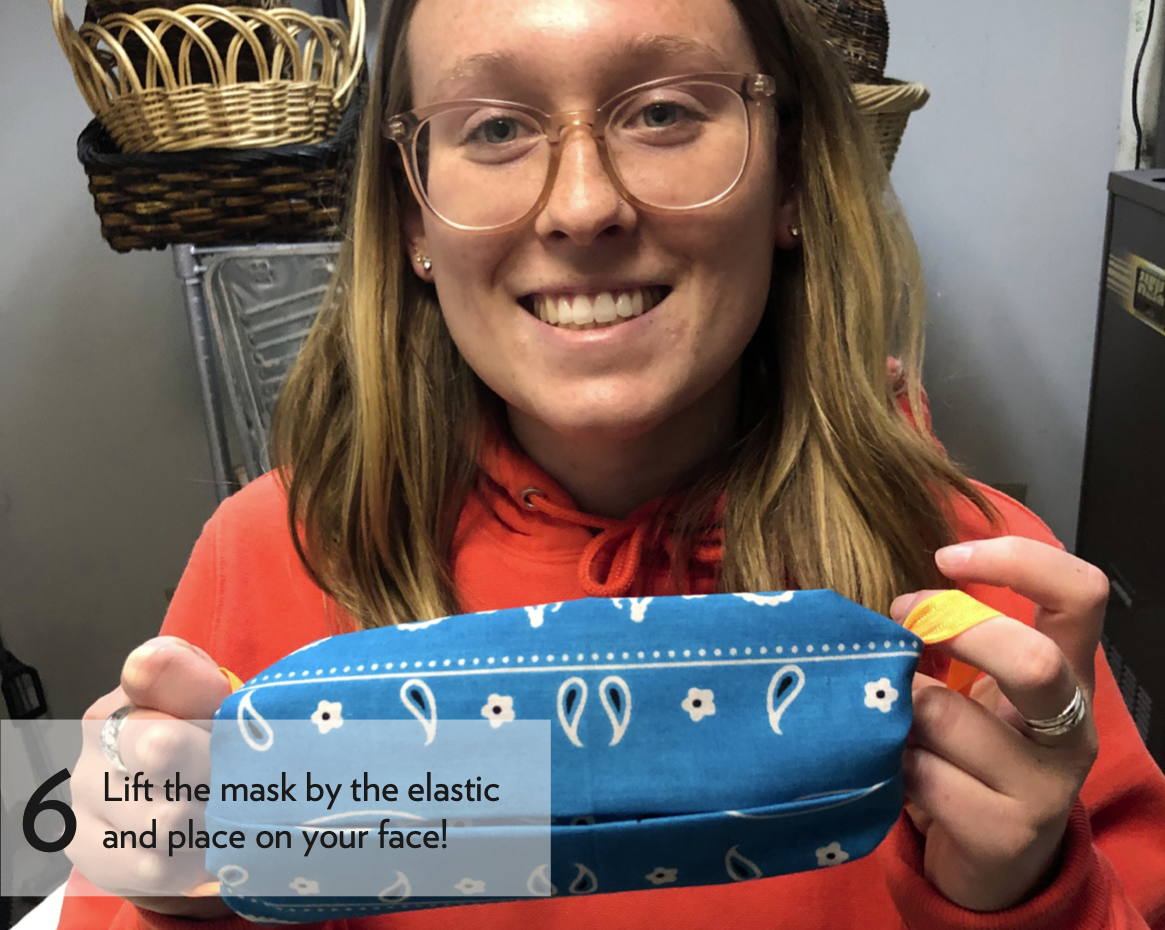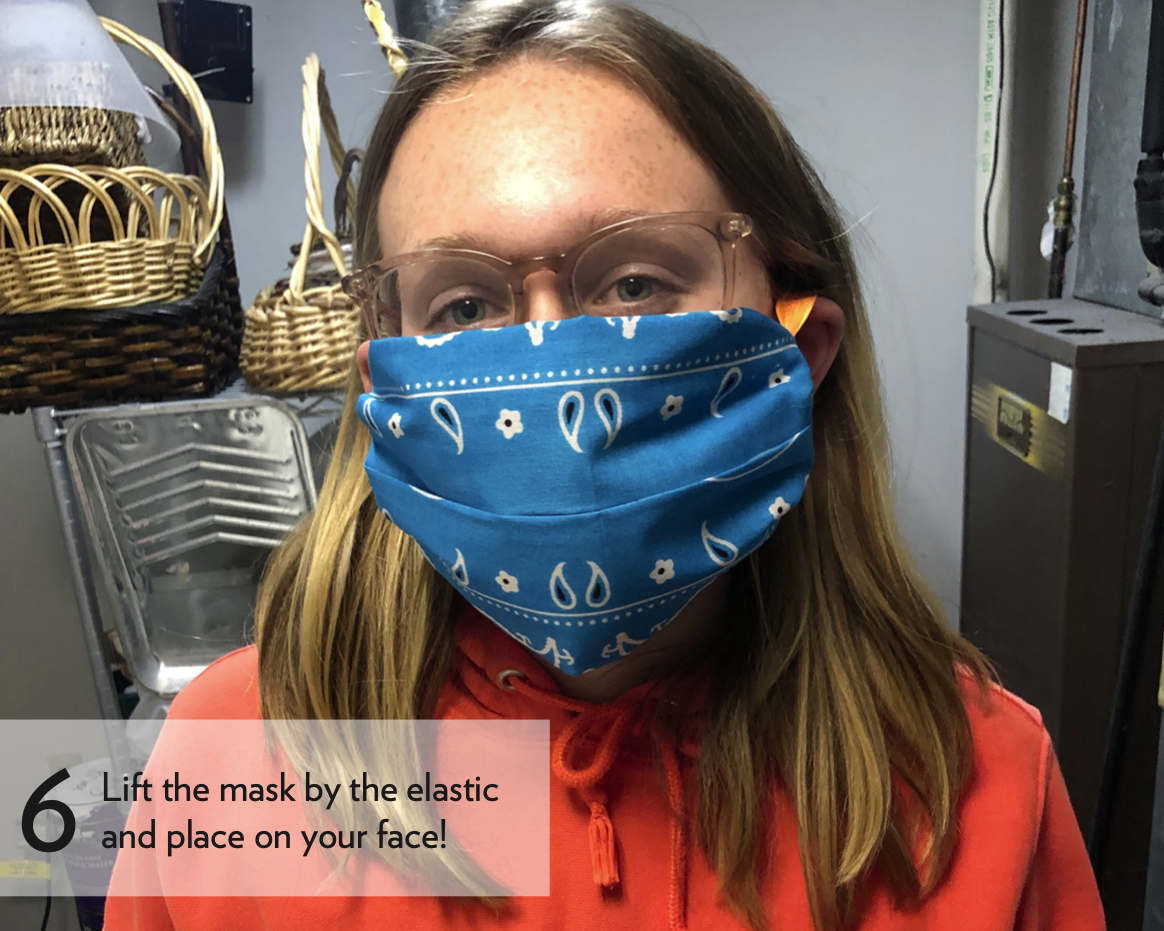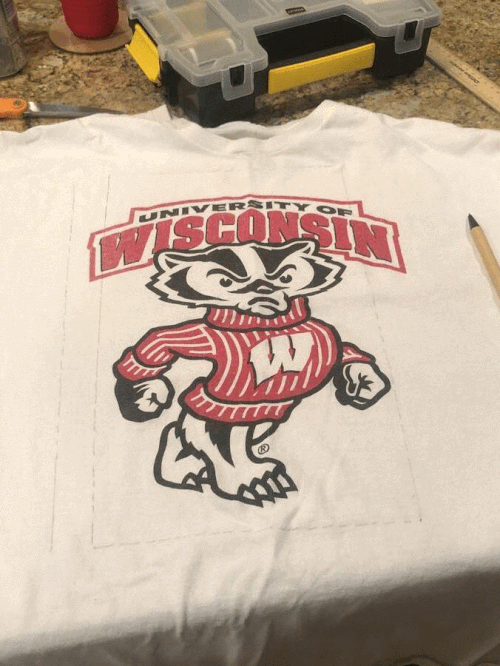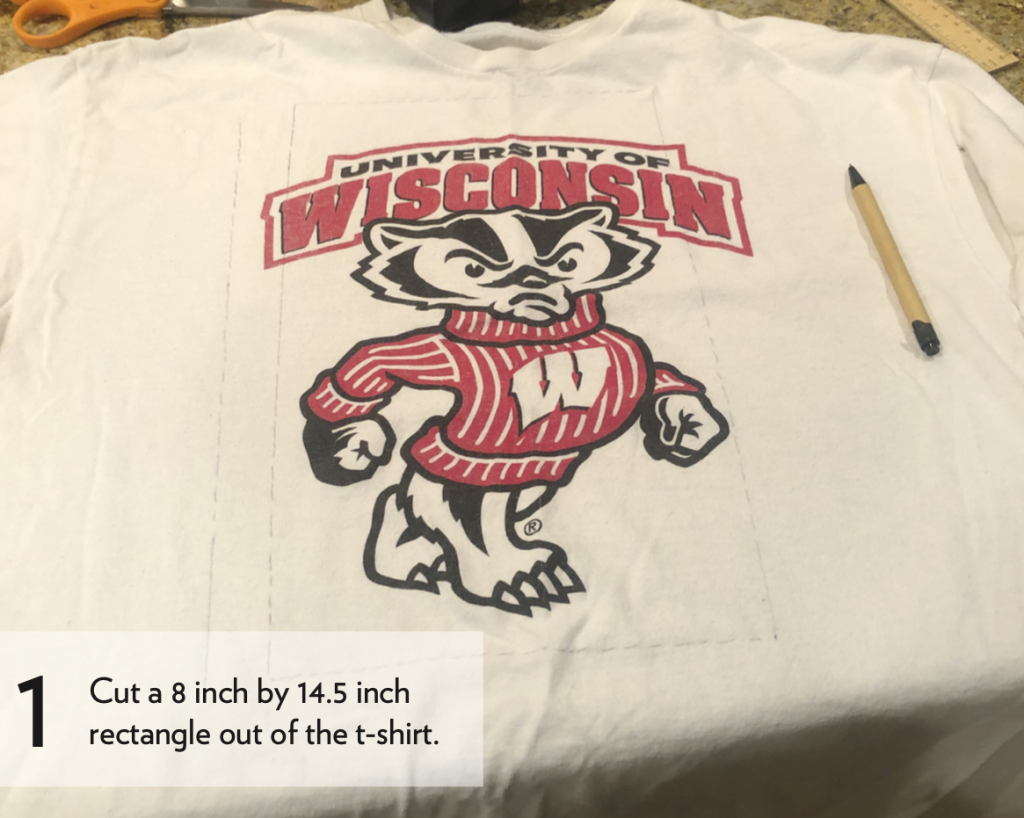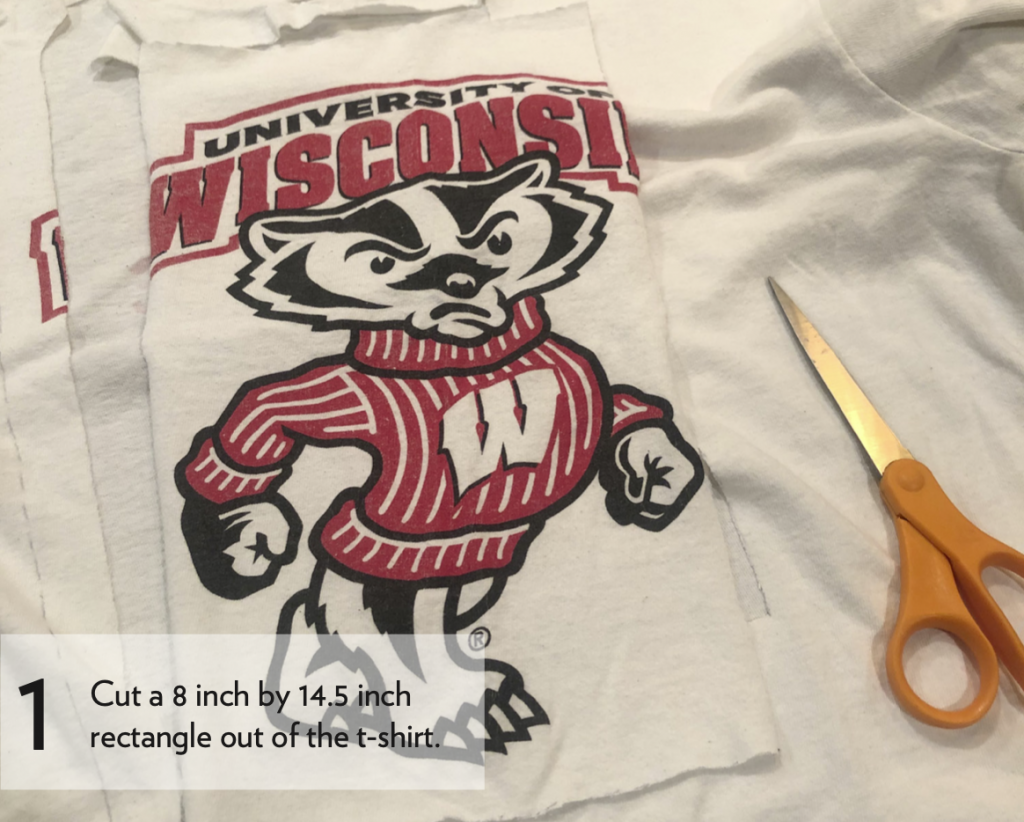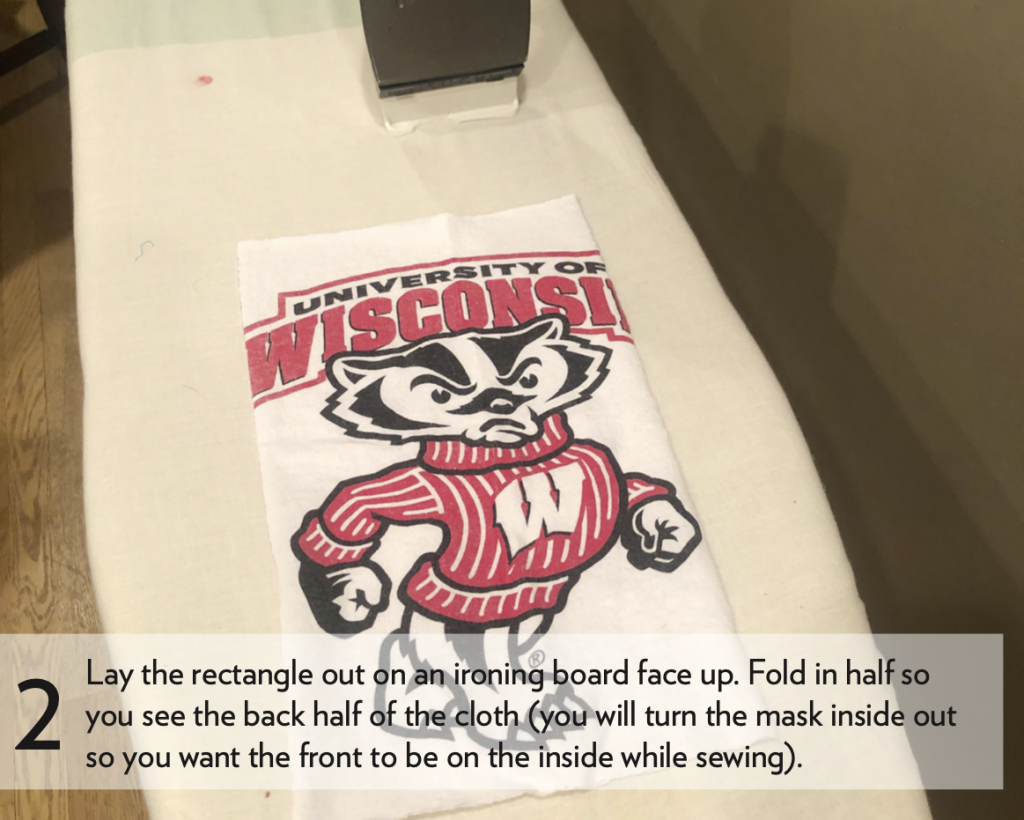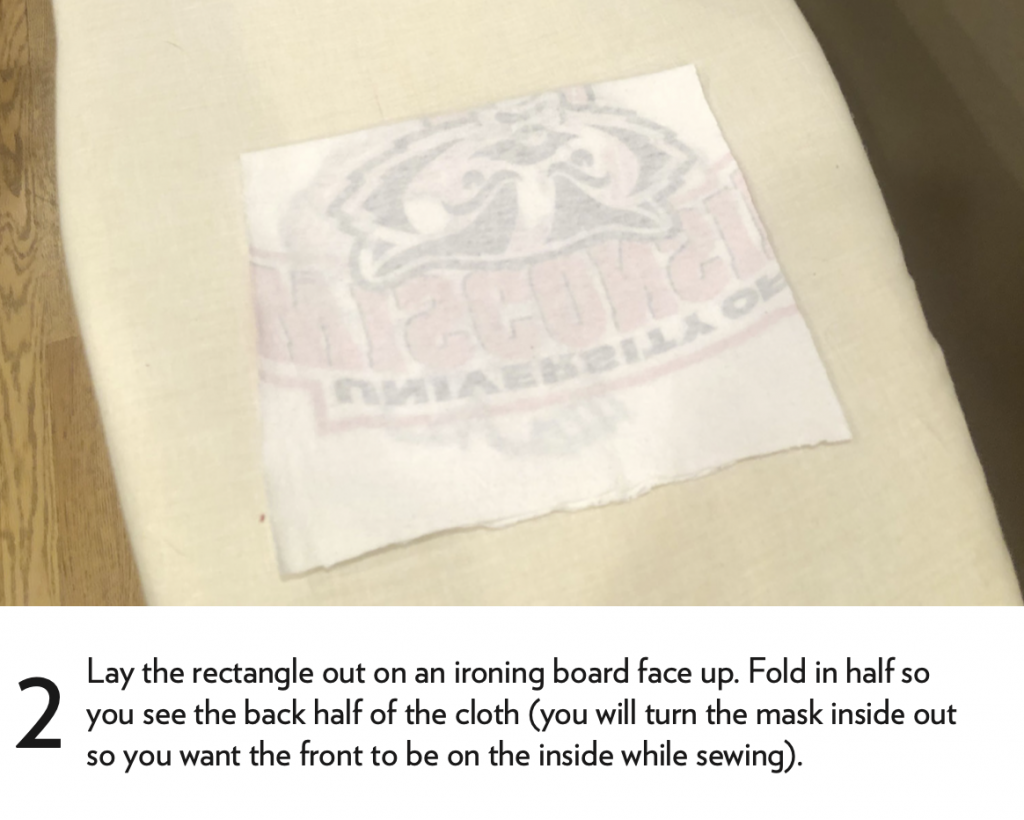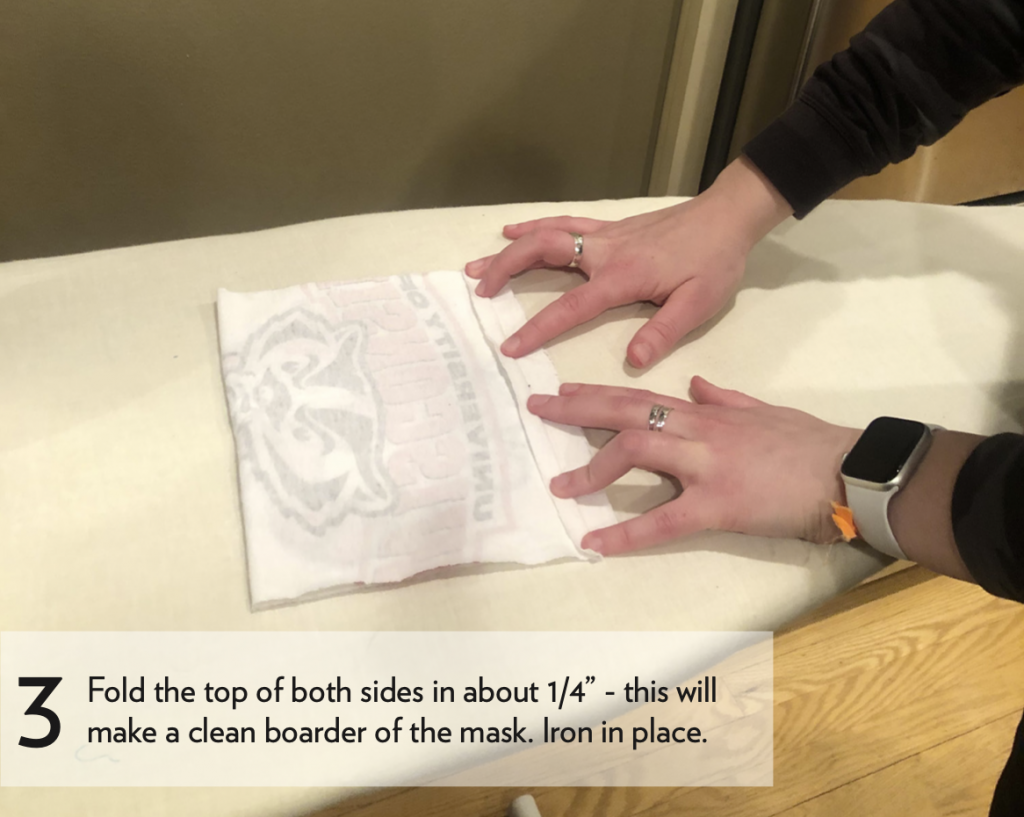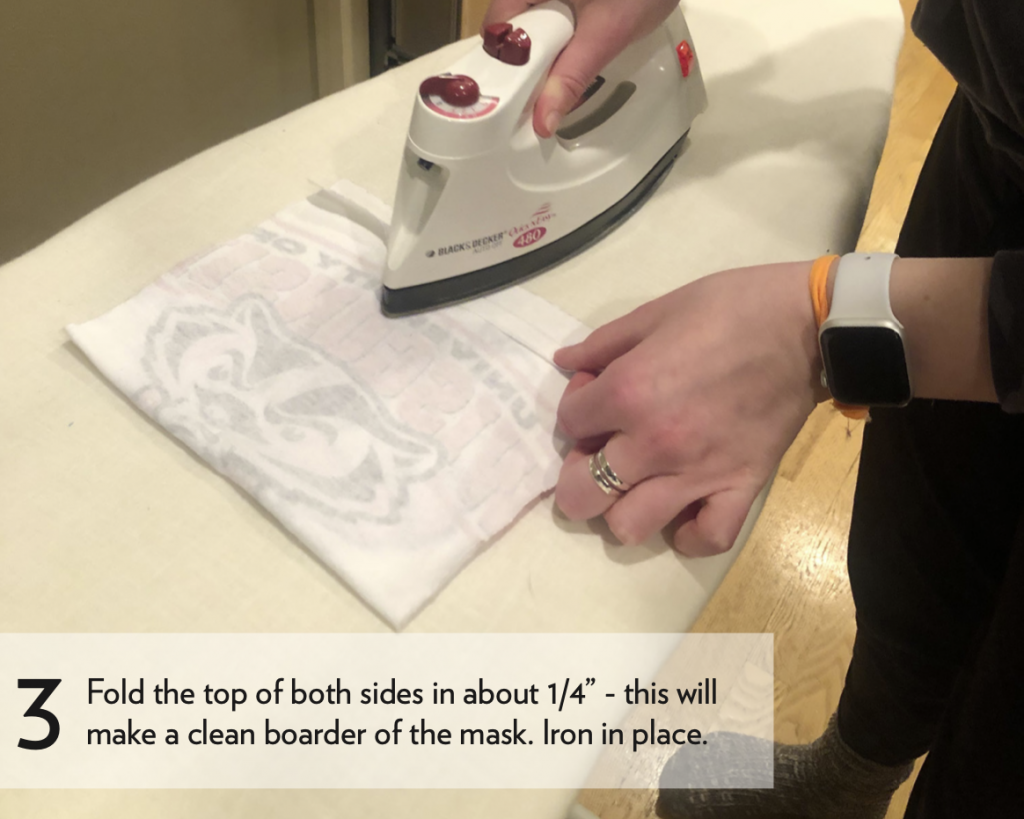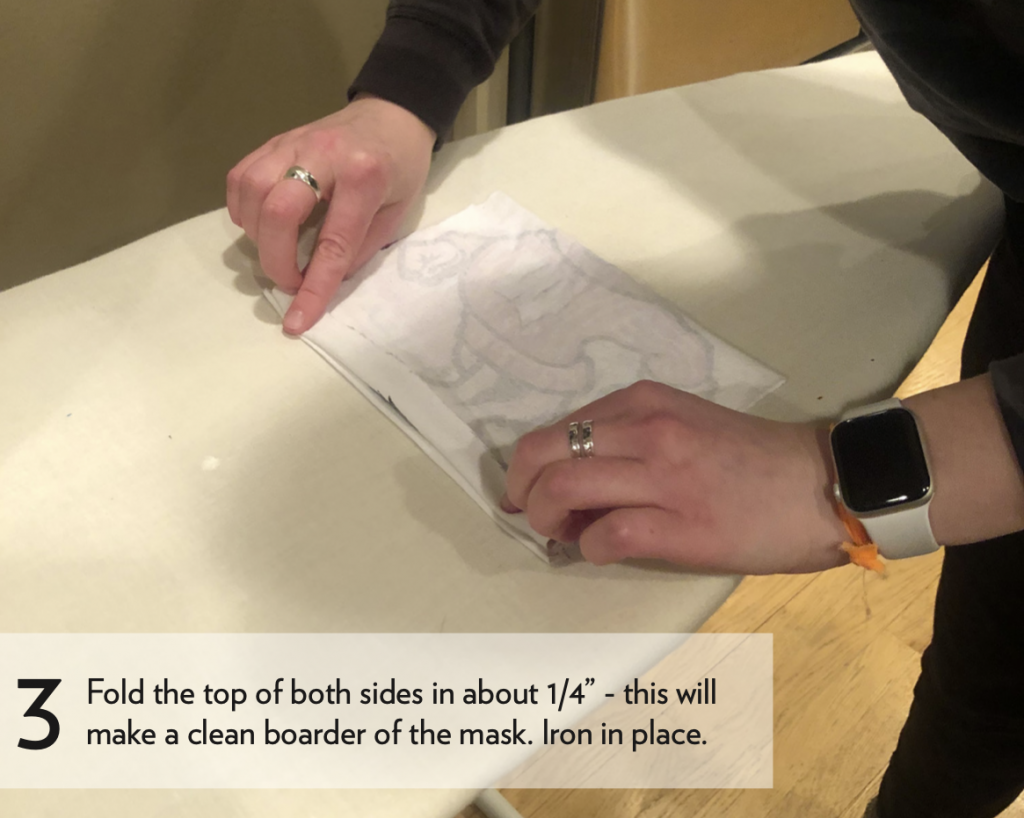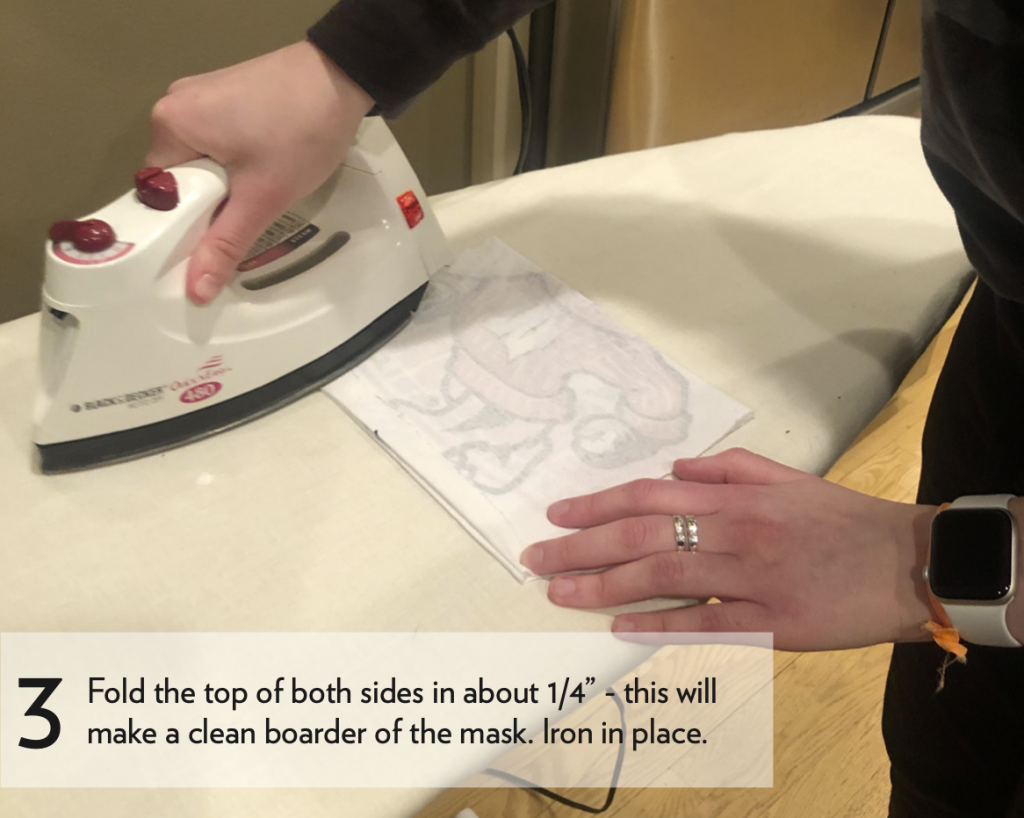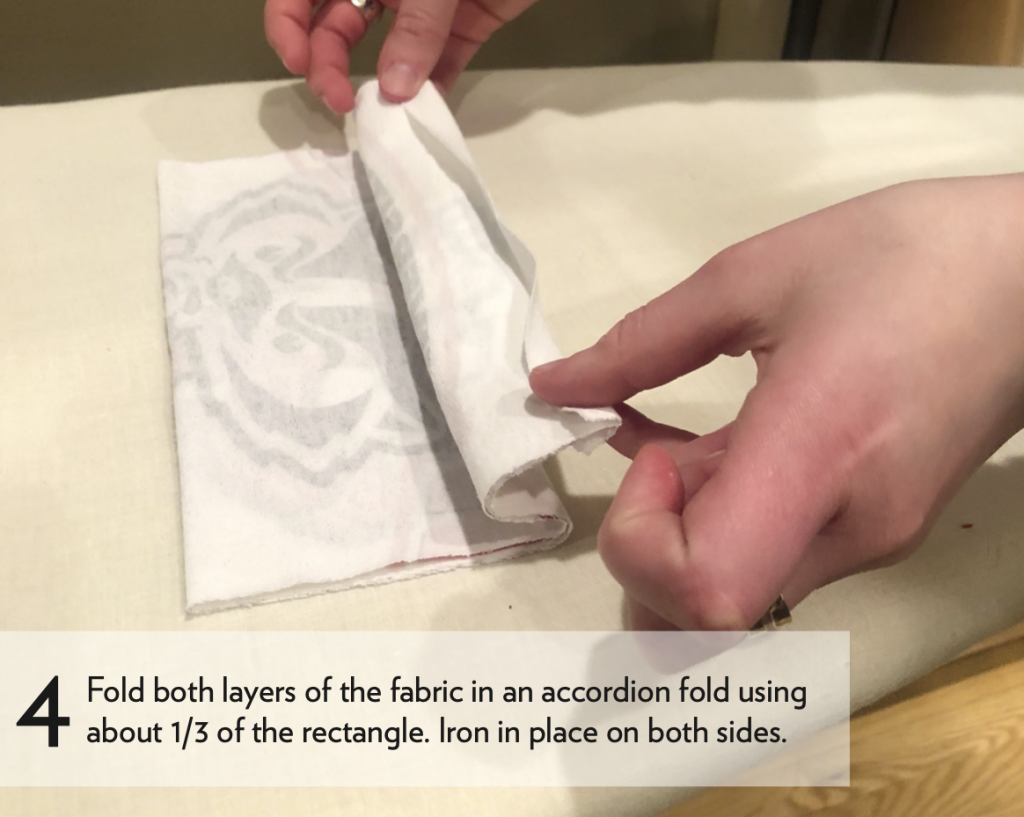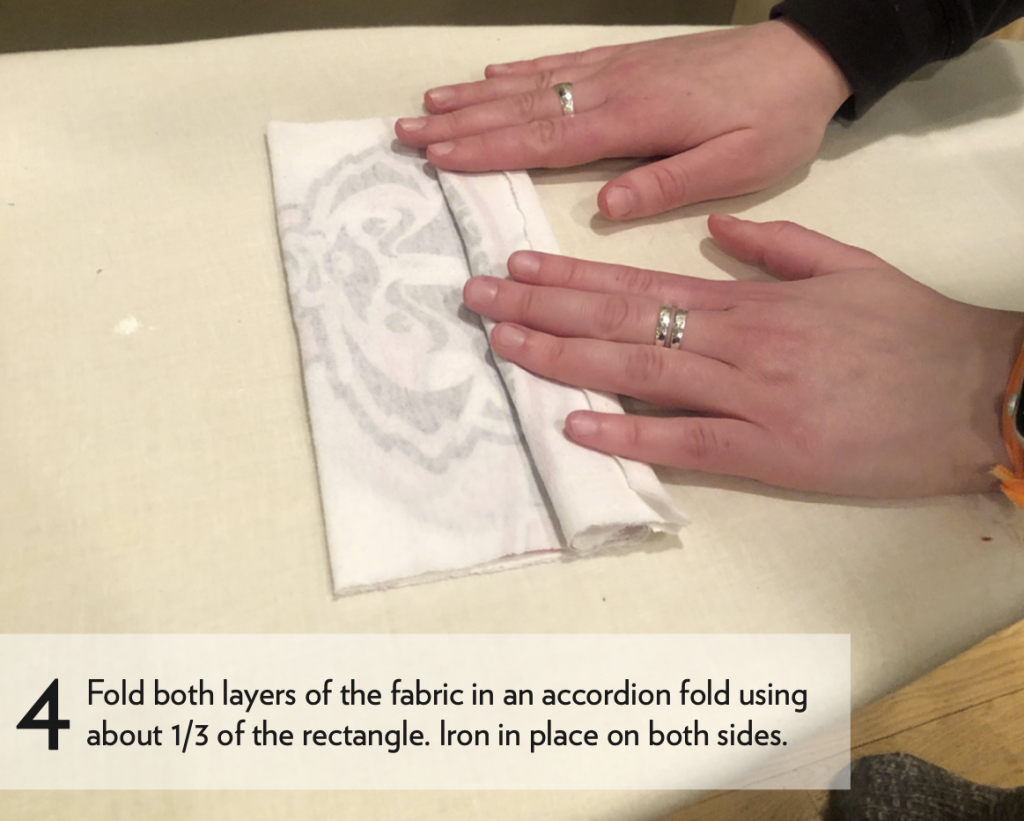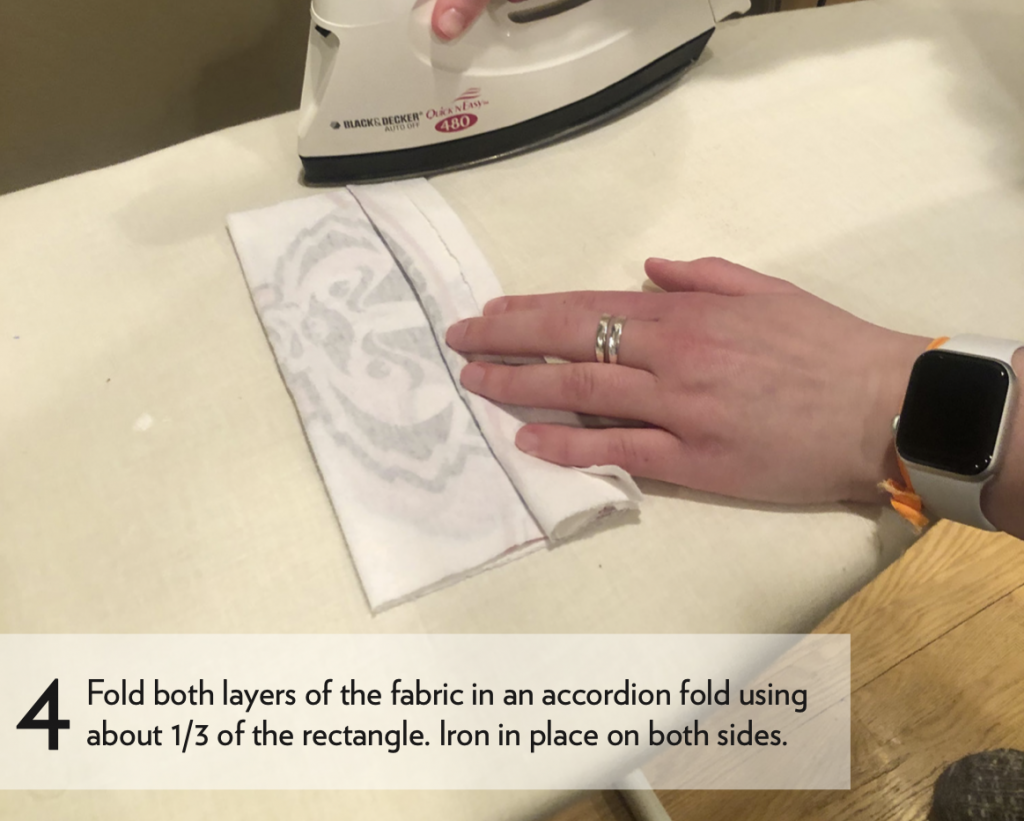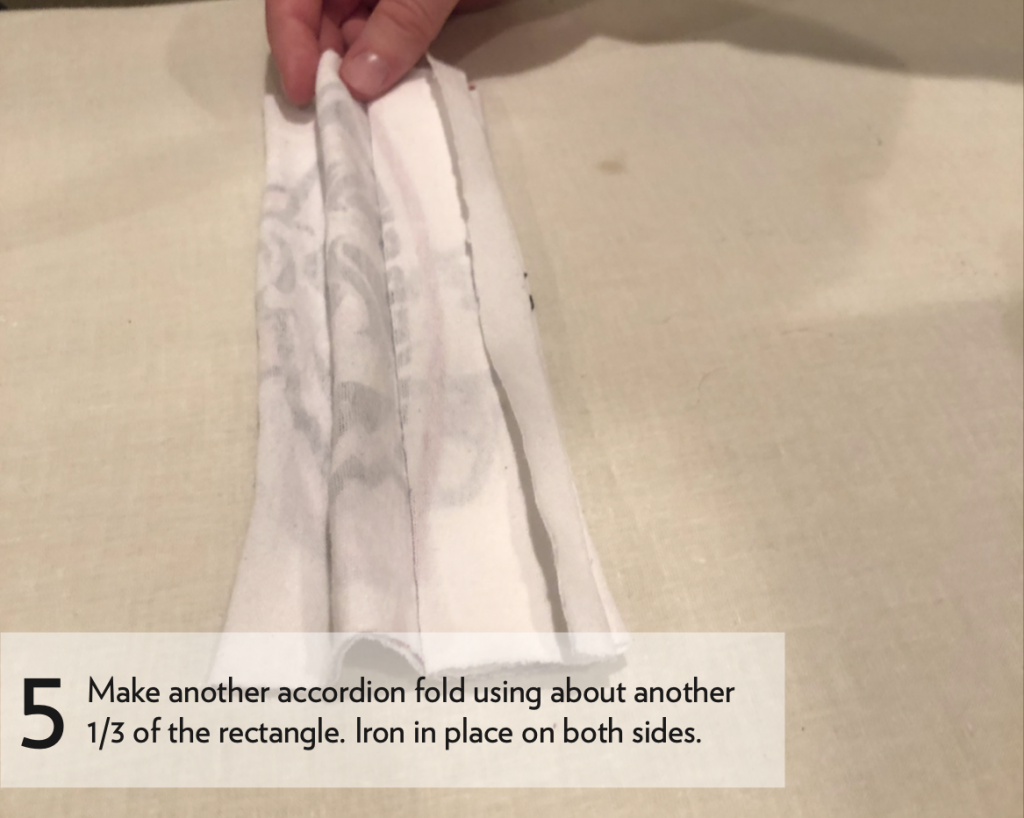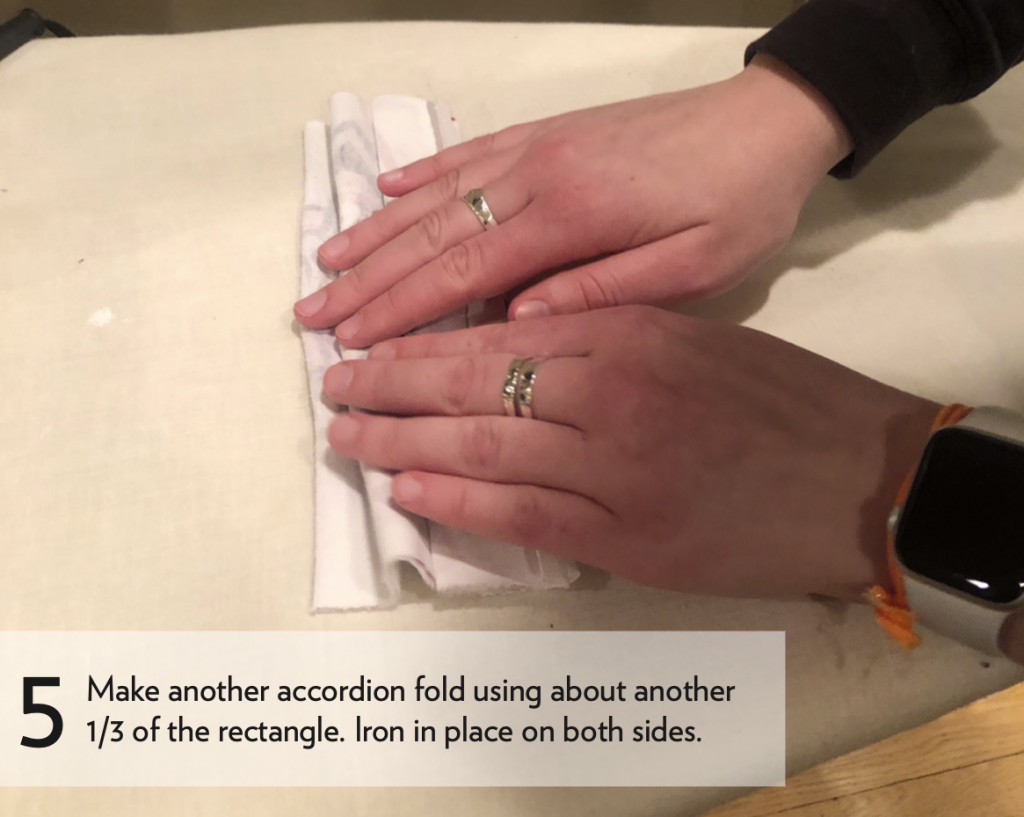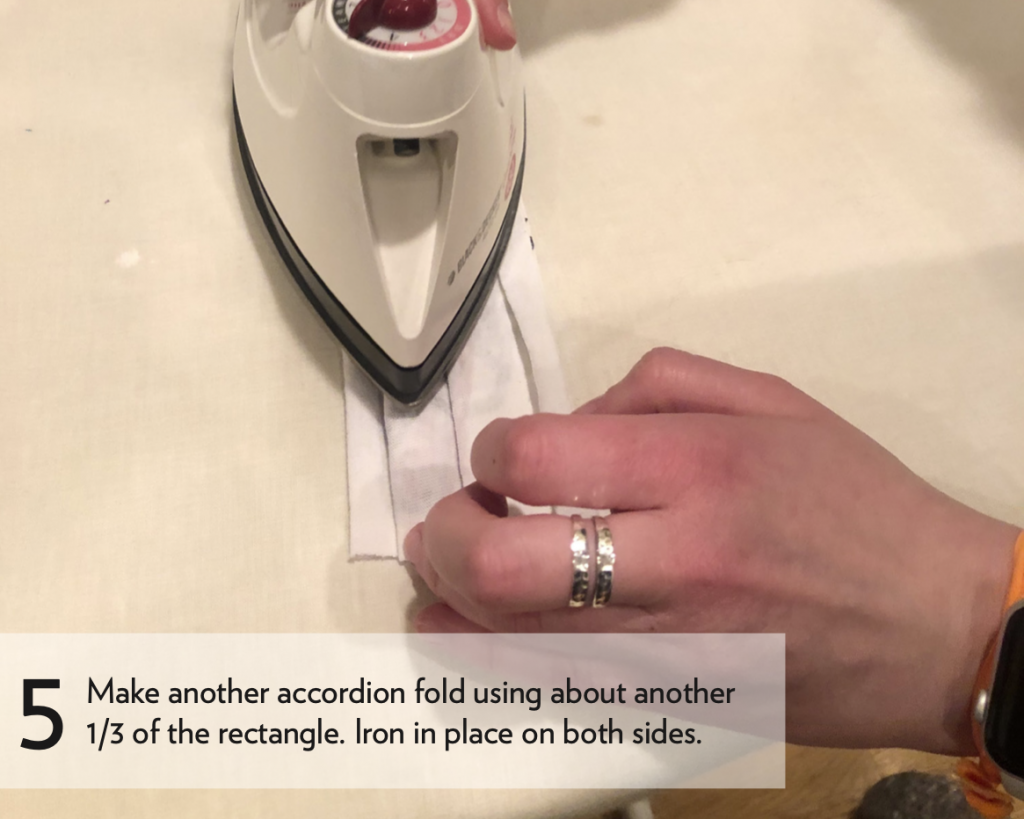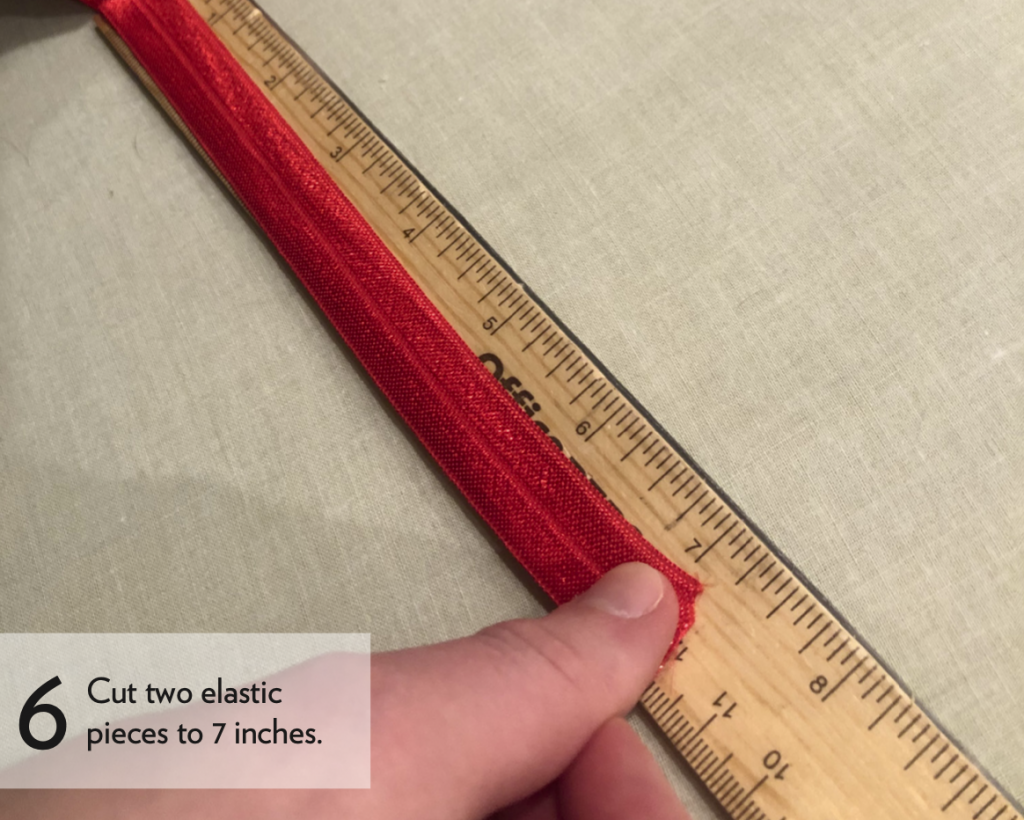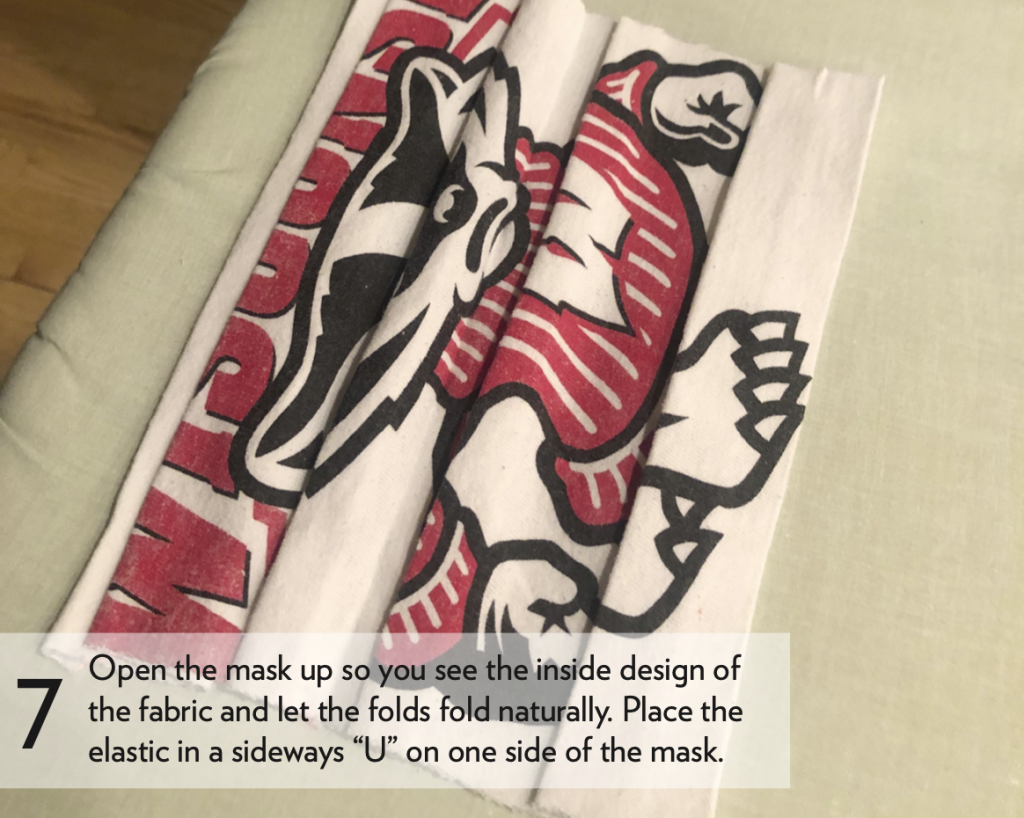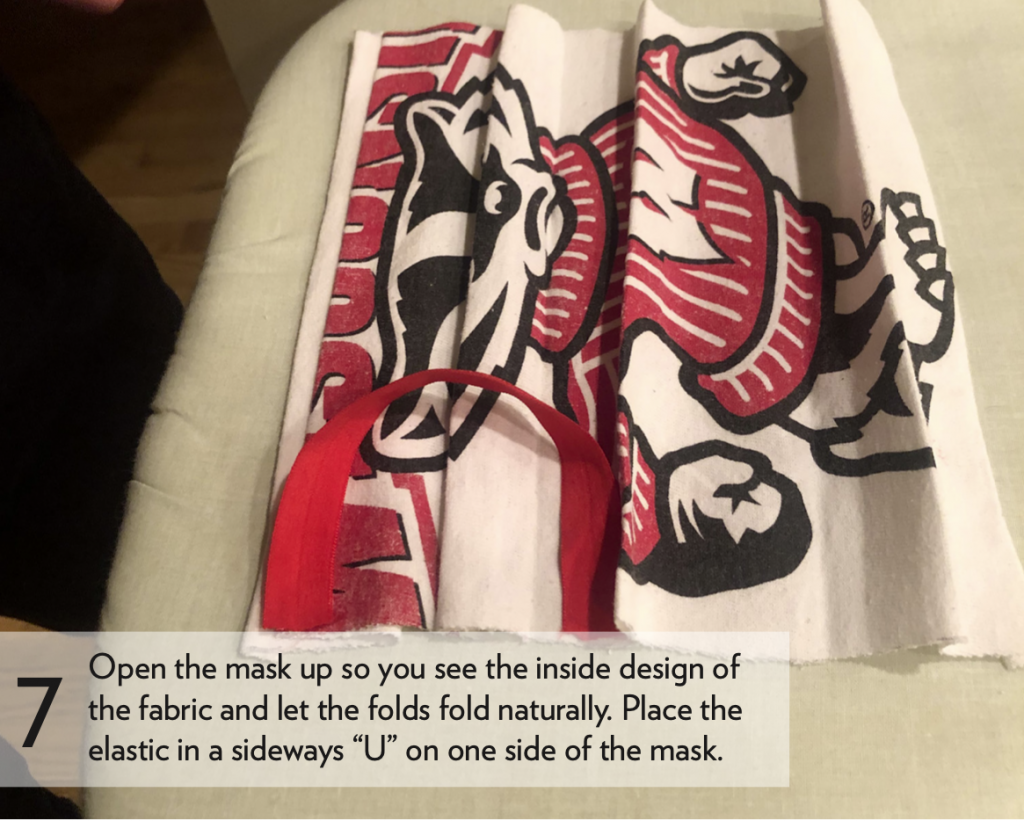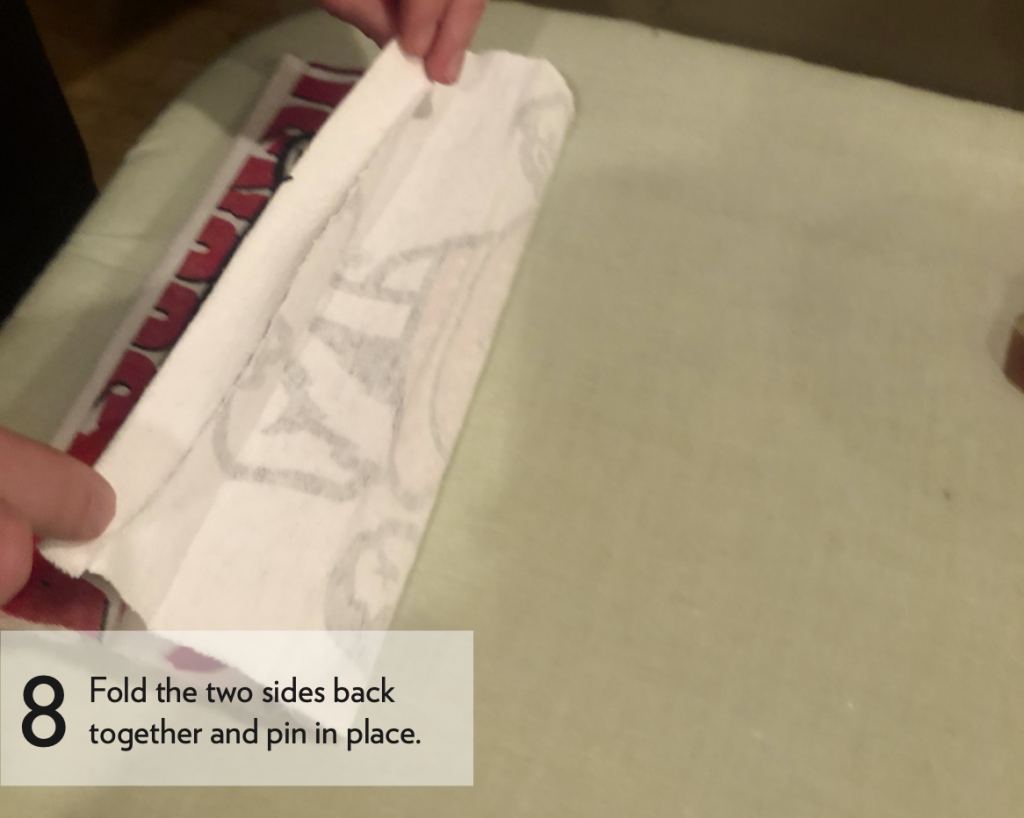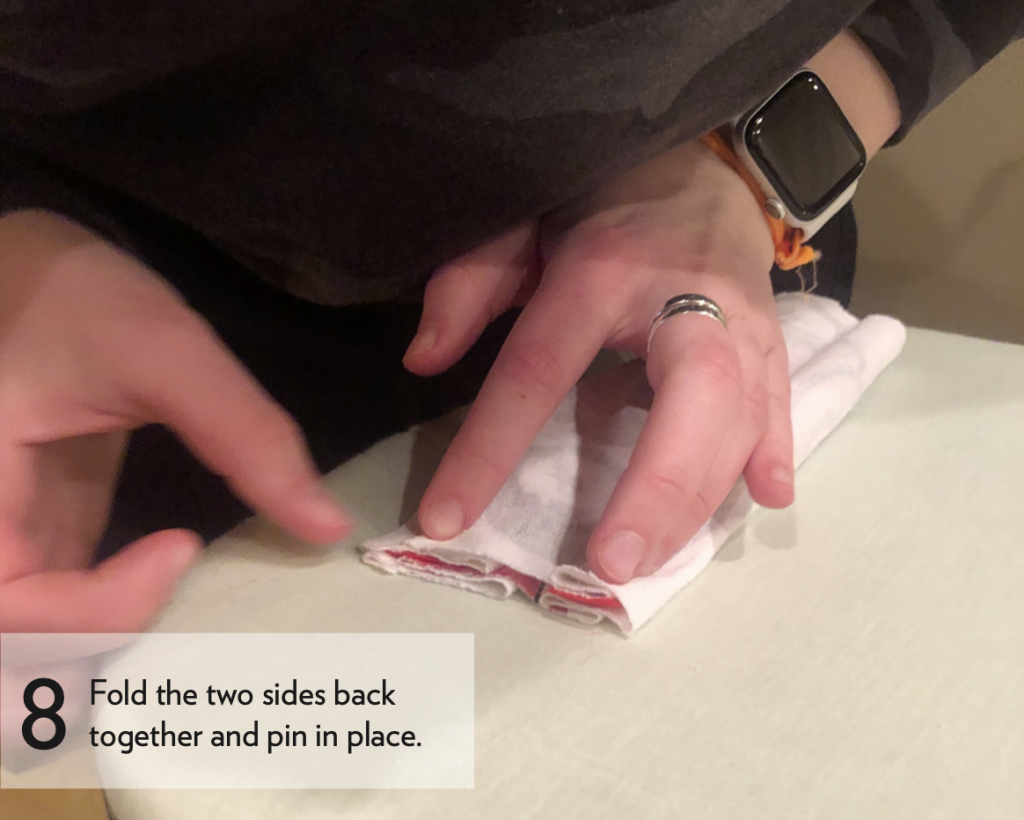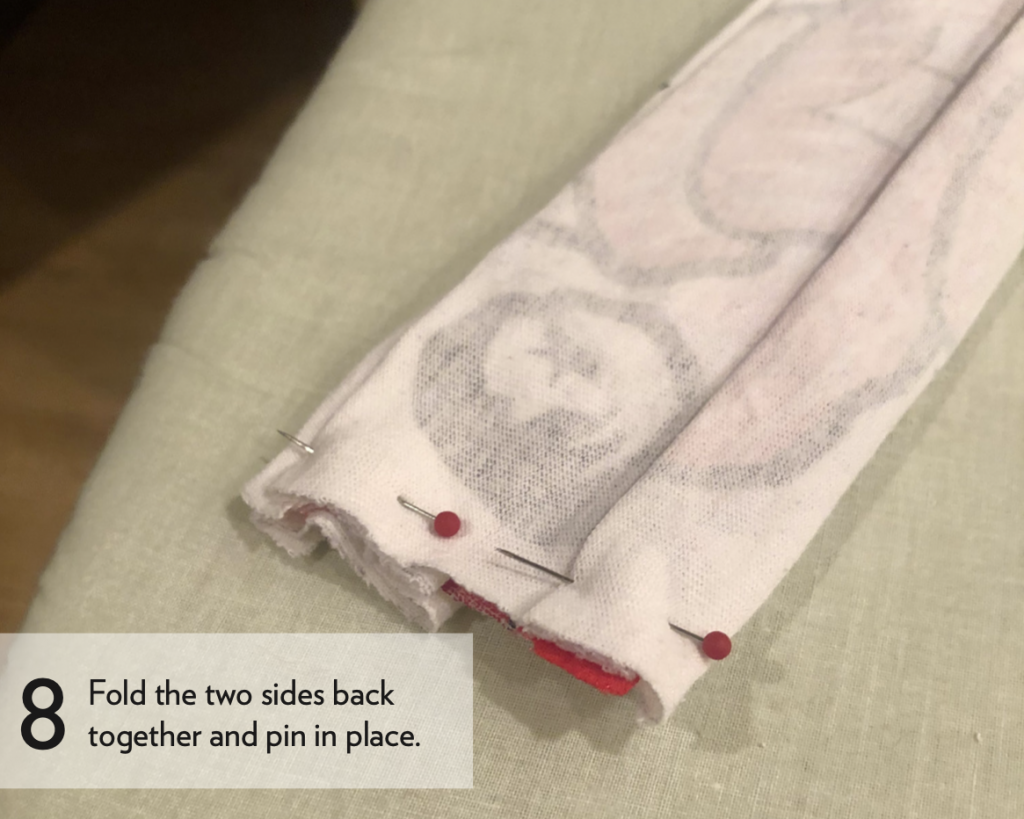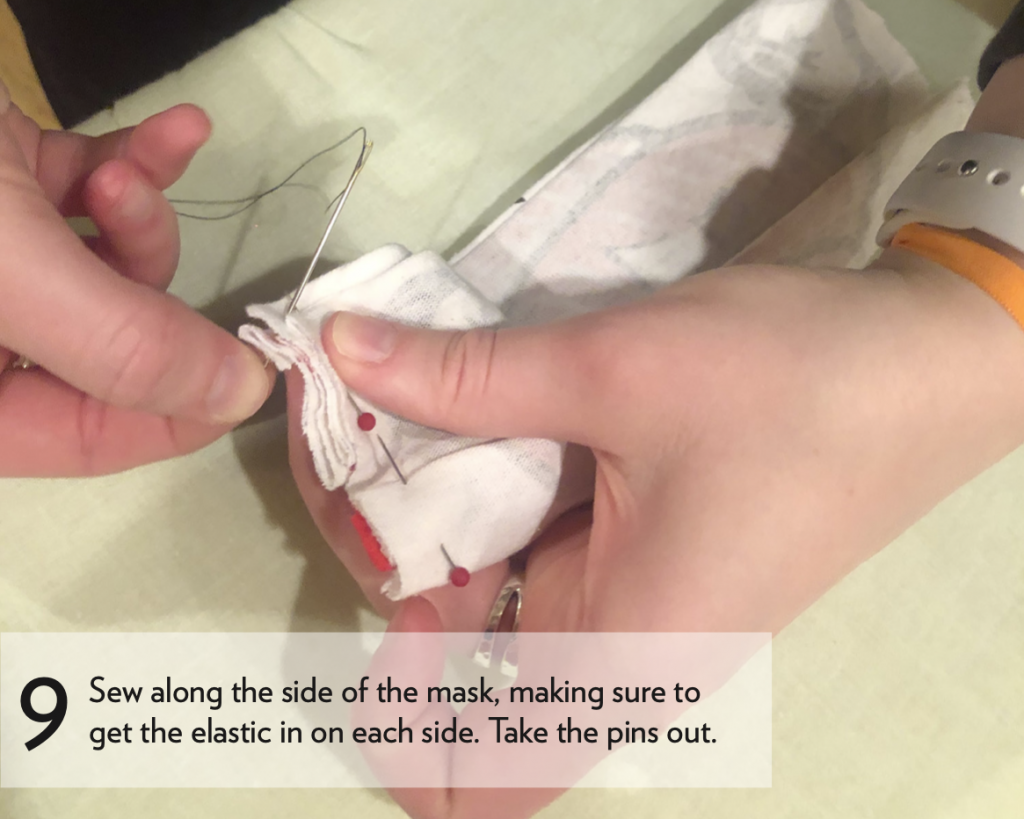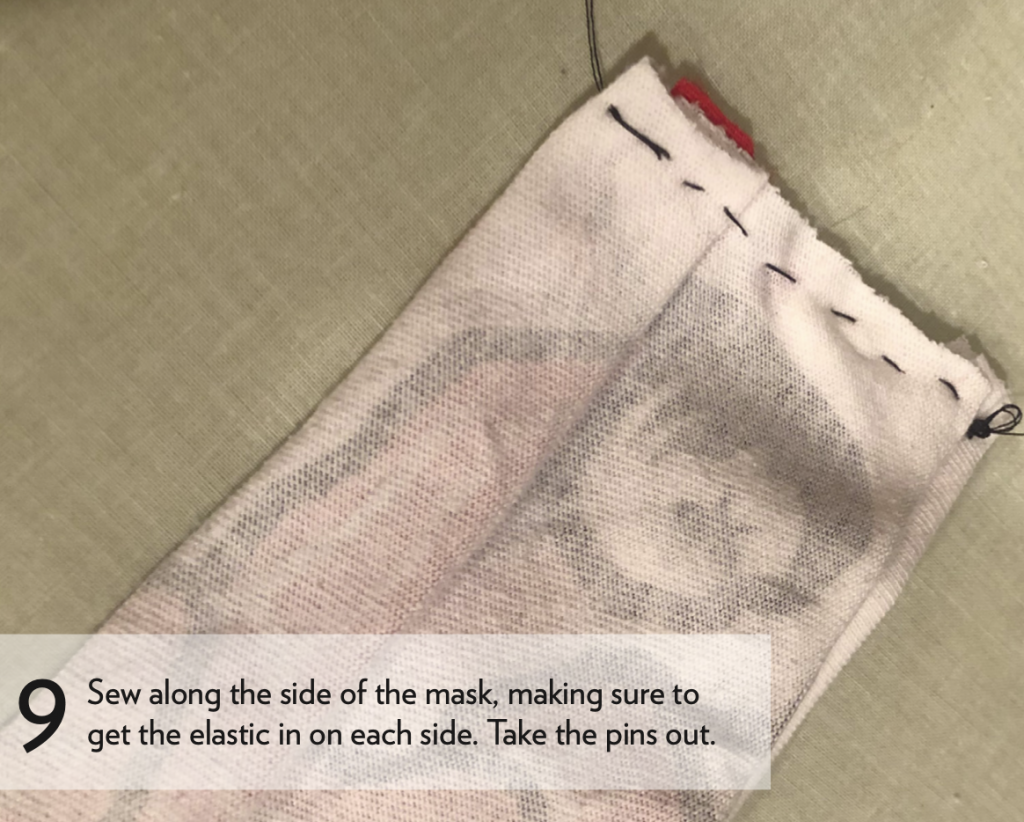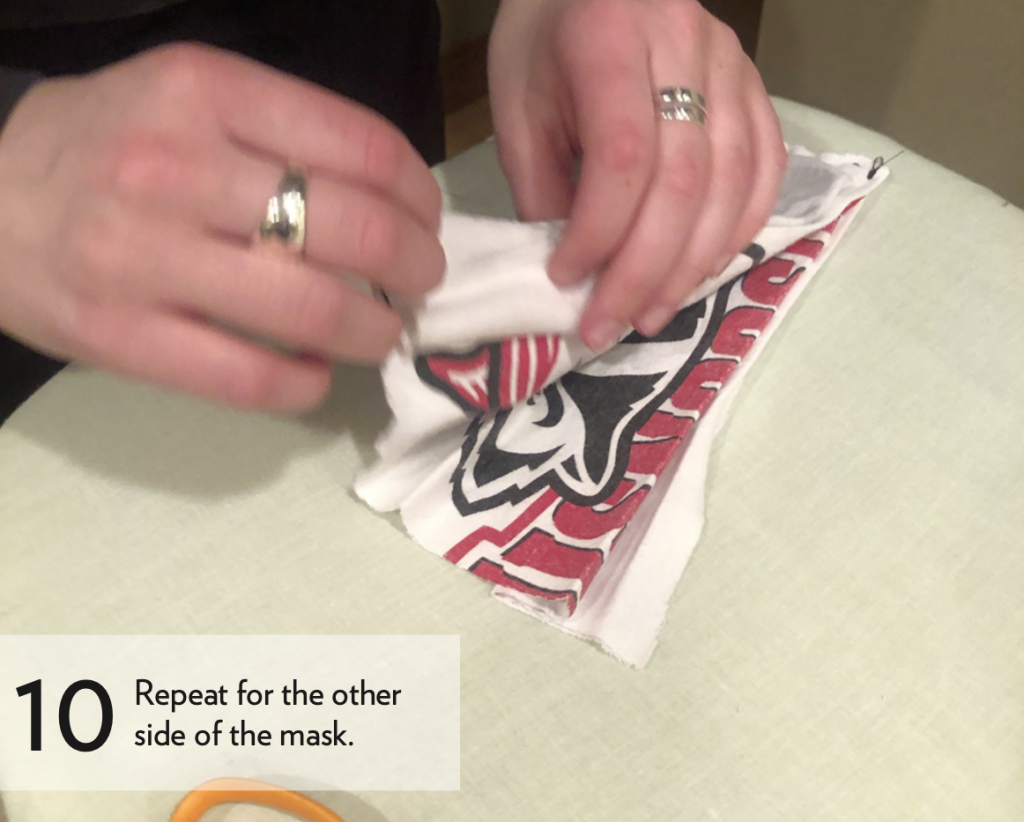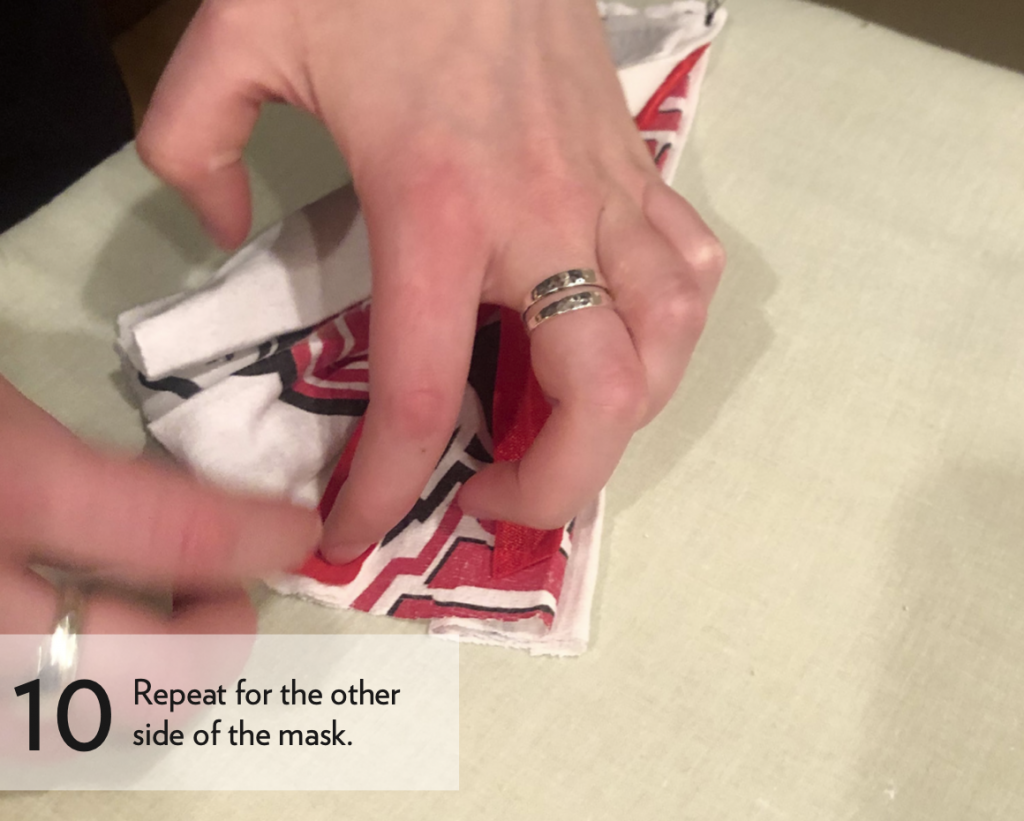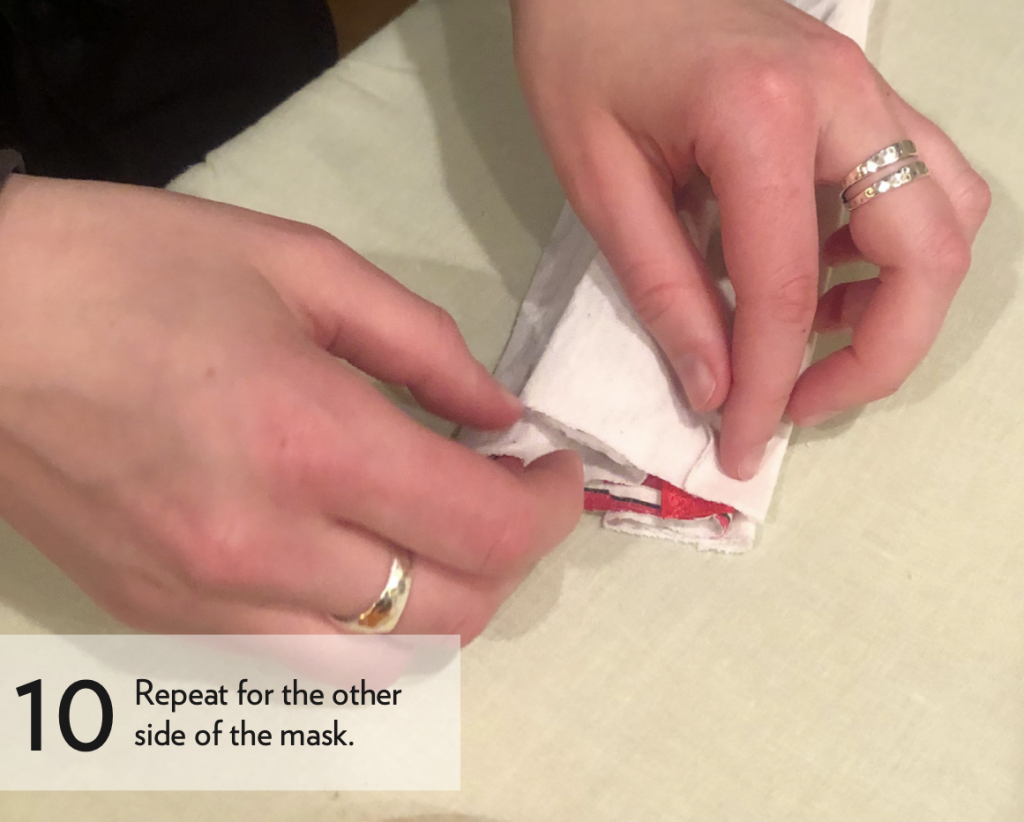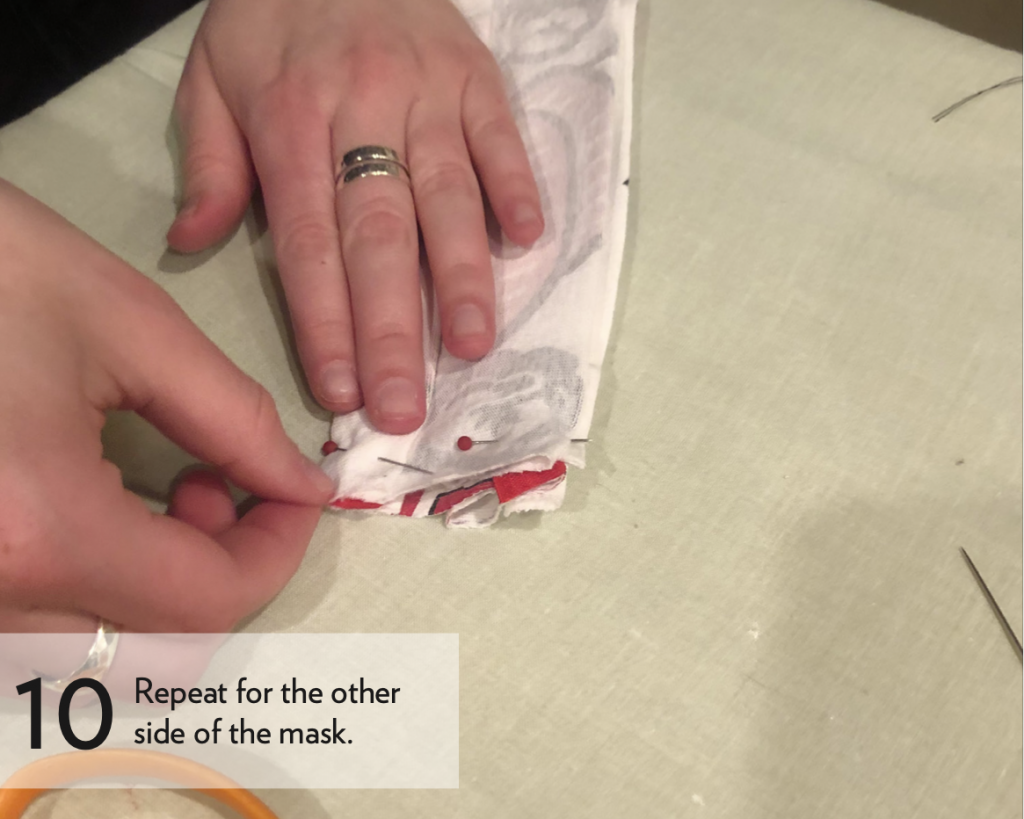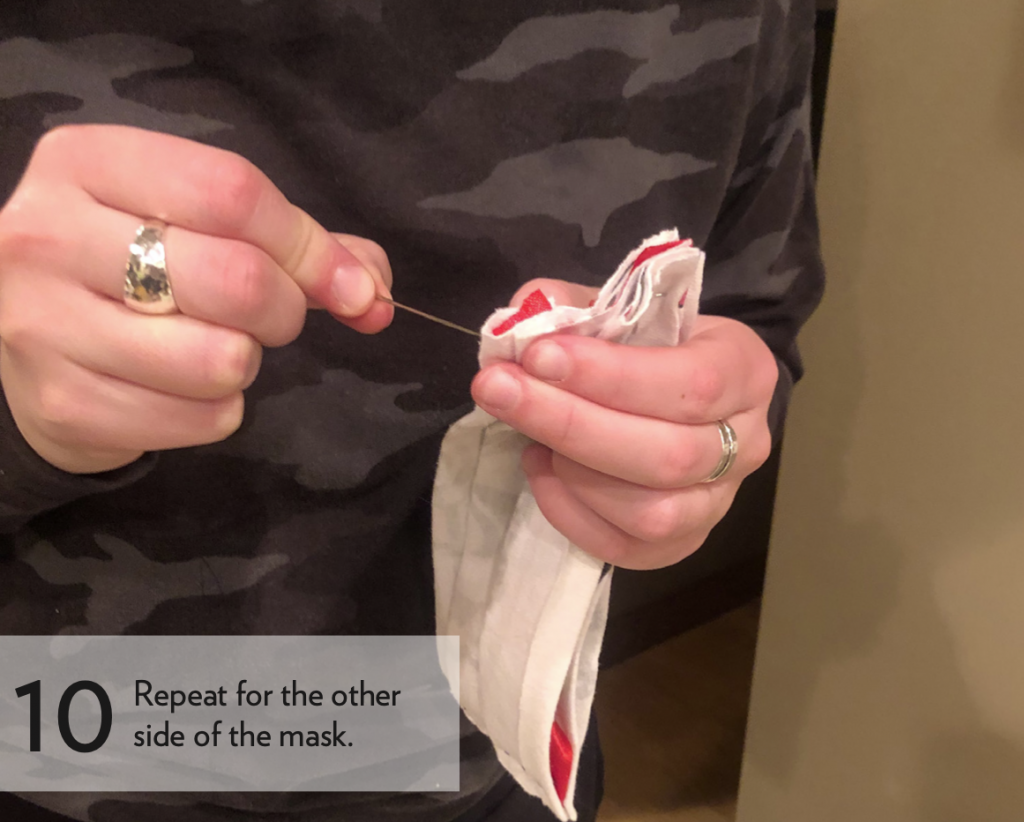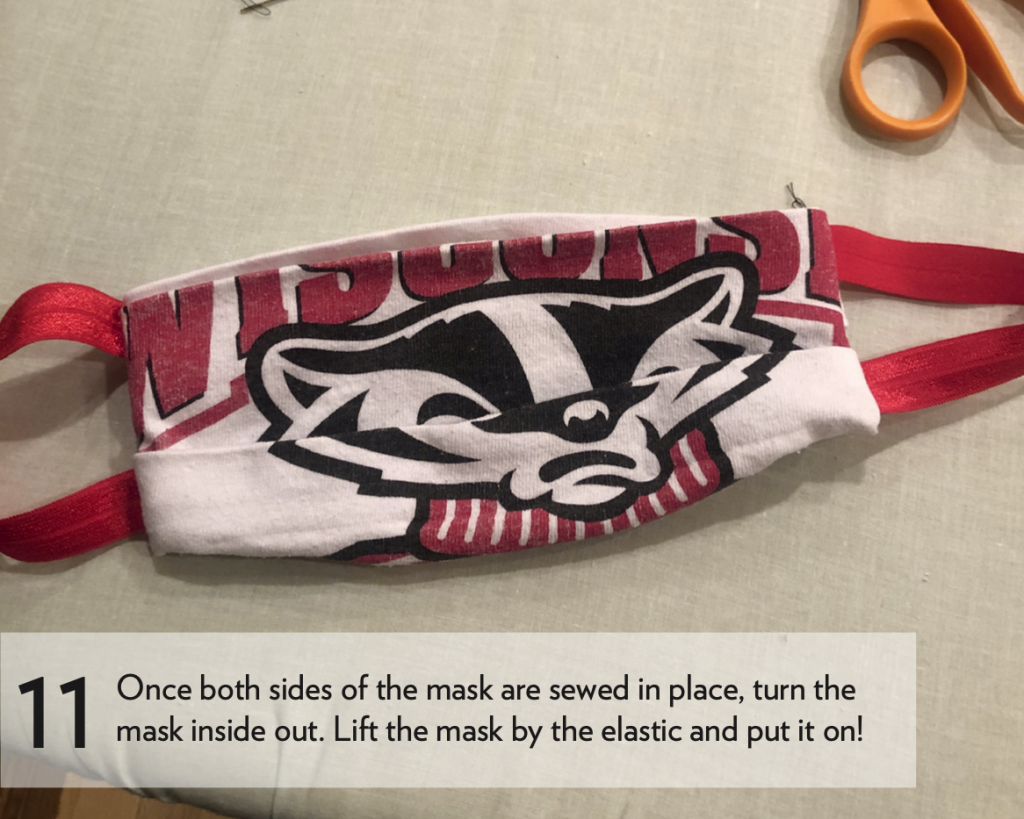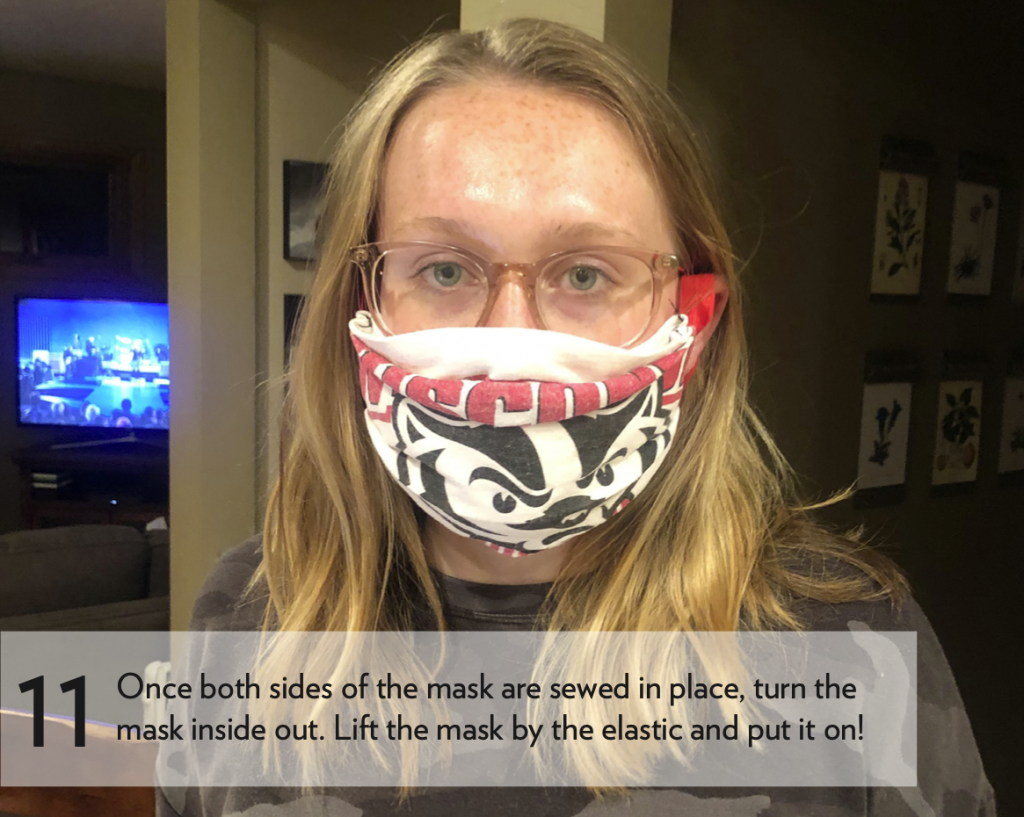03.19.2020
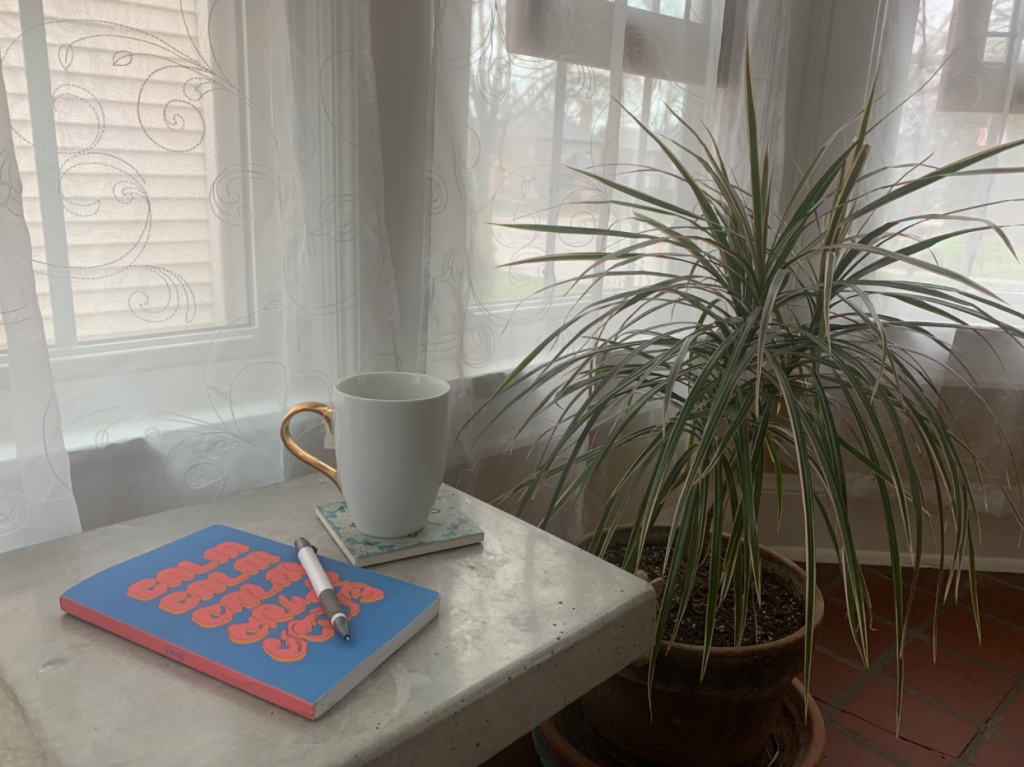
I woke up this morning with an urgency to run, to relieve the restless legs from yesterday, and prevent them for today. East down Gorham to Tenney Park, mounting and descending the glacial scars. When oncomers saw me approaching, they swerved onto the grass and even off the curb to ensure our six feet. Which is positive, people are listening, but also a reality check of our new normal.
It’s misting outside, flat grey skies, manifesting the gloom of the world affairs around us we can’t escape; I prepare for another day inside.
I look at the clock, stunned it is already 11 a.m. By this time during the grind, I’d have accomplished two fold what I had done today. But there is no where to go, and no one to see, so it’s 11 a.m. and an abyss of time lays before me, speeding under my nose, like a cockroach darting from the stove to the fridge when you aren’t looking.
KJ, Eloisa and I are back around the table together just like yesterday, and the day before… KJ sips her coffee, Eloisa eats her orange, my silverware klinks on my plate. Silence becomes familiar between us, knowing we have endless time for conversation.
Eloisa and I prepare to head to Aliya’s studio; our other safe haven from the outside. Her promise of Porter’s food and coffee from their last close beckons us. Not to mention the company.
But we roommates must talk about boundaries. Do we want other people in our apartment? How many? The more people, the higher risk of exposure. It’s like the mathematical concept ‘factorial.’ All of the interactions from one person added together and in turn brought into contact with others, who also have their own sum of interactions. But other people’s interactions are out of our control. So boundaries must be set.
It is going to be hard for young socialites like us college seniors, telling our friends and family, those we love and trust most, that we aren’t letting them into our home. Seems a little ruthless at face value. But certainly in everyone’s best interest. For the people we do choose to interact with, it is going to come down to trust.
We arrive at the Waterfront Studios, mounting to the seventh floor lakeside.
We greet Aliya with an elbow, talking of this new day in quarantine. Aliya asks for our beverage of choice. Any coffee beverage she’ll happily barista, the closest thing to a cafe I’ll get for a while. Dirty chais all around it is. Porter’s homemade chai mix with 12 different spices and a shot of espresso in steamed oat milk. A cafe delicacy.
We are almost excited to lock into our personal entertainment. I brought the book Educated by Tara Westover, and this journal to recount the previous days’ changing degrees of quarantine. The silence eventually holds as we each settle into our own mental spaces.
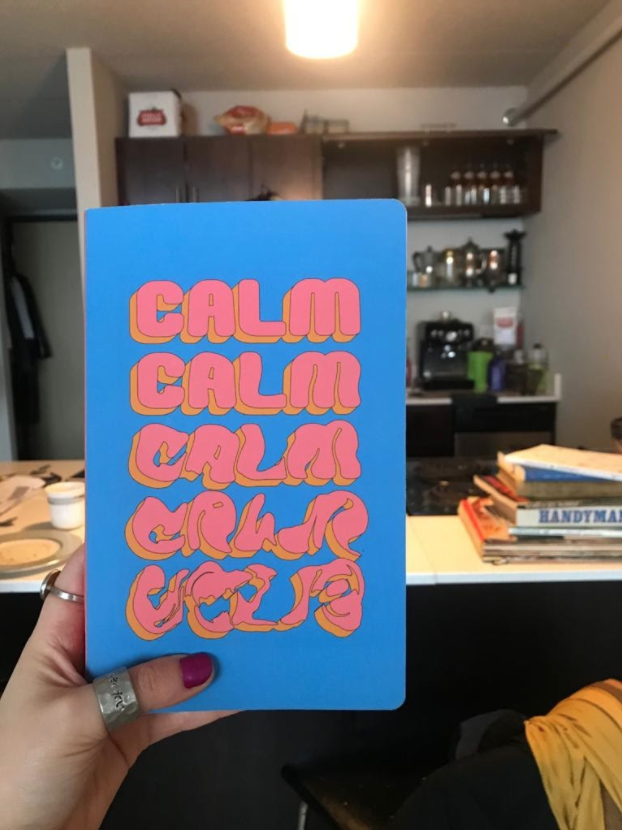
I originally hand wrote these recounts in an ironically perfect sketchbook with the cover saying ‘calm’ four times, each one descending into more and more of a smeared mess until the word becomes an illegible blob. I titled the page, Tuesday, March 19. And as I reached this point in my retyping for this supposed Tuesday afternoon, a note is written in the margins, “it’s Thursday – if this doesn’t show how stressed I am, I don’t know what will.” I mistook it for the beginning of the week, rather than the tail end when, before, I’d be gearing up for my weekend ahead, scheduling people in, making sure I’d get my dancing fix. But now we are in quarantine and the only thing I have to look forward to is the next snack I get to eat.
I abandoned my expectation of detailing every news headline for this project, realizing personal experience weighs much heavier than what can be retrieved online. The news is also just too debilitating right now. I am obviously keeping informed as my reporting training has ingrained. But reading about another 1,000 people dying overnight is something my spirit cannot handle. Writing is a good escape, even if it is about what is going on.
I read We wish to inform you that tomorrow we will be killed with our families by Philip Gourevitch over winter break, his literary nonfiction piece about the 1994 Rwandan genocide. Although we are experiencing a pandemic and not a human induced mass extermination, Gourevitch quotes many relatable themes to our time now during COVID-19.
“Still, although he never said a word about the genocide, I came away with the impression that that was the true subject of our exchange. It may have been possible to talk of something else in Rwanda, but I never had a conversation of substance there in which the genocide did not figure, at least quietly, as the point of reference from which all other understandings and misunderstandings stemmed.”
Eloisa, Aliya and I try to reassure ourselves with some laughter and off topic banter, but the conversation always meanders back to the elephant in the room. But how is it even the elephant in the room when it’s all I think about, all I write about? Like Gourevitch said, there is not going to be conversation without corona as the point of reference for some time.
I had been holding it together decently well the first days in quarantine, but that has fully waned. I now feel the capacity of the situation sink in with the fog over Mendota. If you’re lucky, you’ll be able to get out of your head and into someone else’s, whether through a movie or a book or an episode. But then you look up for a second and are snapped right back into your own reality, that the only reason you are reading this book endlessly or are watching this movie in the middle of the day is because we are trapped inside, avoiding the might of something much bigger than us.
I go back to reading. Now over an oat milk cortado Aliya cheffed for me, even offering it in a Gibraltar; glassware proper.
I could never focus on school right now, maybe other than reading. There is no way. Most things seem trivial amidst a global pandemic. Taking on the stress of making sure your parents know the capacity of what is going on, worrying about exposing them myself especially because they are within the at-risk age group, ensuring the people I am around are observing social distancing as strictly as I am, not to mention losing my job and not knowing the next time I’ll get a paycheck to make rent, to buy groceries.
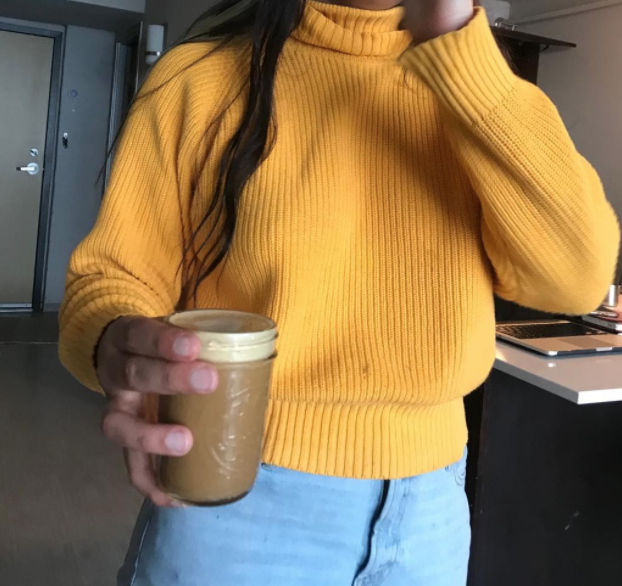
So yeah, school is not a priority right now. Life is, literally.
We were coasting. We were all expecting to leave college with degrees from a renowned institution; the world as our oyster, to deploy a cliche. To move to a different city, maybe work in the industry for a bit, make some money, “do what I wanted,” travel. Take time away from the scheduled rigidity of school. To breathe for a second. And then get a job in my field in a city where design and creativity is built into the nature of the place. Berlin, Chicago, Seattle perhaps. Now just dreams we must continue to imagine for at least another year.
Seven p.m. hits and Eloisa and I need dinner. We give departing elbows to Aliya, thank her for her much appreciated hospitality and company, and exit the same way we came. Descending seven floors down to ground level and back through the pouring rain home.
We chef dinner; I make stir fry and Eloisa prepares a traditional Mexican soup.
“Oh Aliya just called me, I forgot, I should call her back,” Eloisa said as she retrieved her phone in the other room.
My music plays in the background as I force myself to eat dinner. Hunger has been different in quarantine. It’s not such an outward gust of hunger. It is this deep, hollow hunger that can be mistaken for a pit in my stomach. It comes on slow, a grumble working its way out, like a chick pecking its way out of its shell for the first time, slow to expose itself, but when it does, it squawks and batters until it is satisfied.
“Oh my… Oh my god,” Eloisa said with her hand covering her mouth in shock.
My heart sinks, my stomach drops.
She reads, “The guy downstairs started…”
I thought she was going to say hacking and has corona.
“…screaming and smashing his face against the glass and I tried talking to him and he started swearing at me / And then he said he was gonna kill himself so I called 911.”
Tears well. My heart is racing. Eloisa immediately dials Aliya, but no answer.
We had just been there for hours, how did she have to deal with this alone.
“Sorry gotta talk to police one second,” Aliya reassures.
Our nerves cooled temporarily.
The music is off. We sit stunned and wait. She calls back.
She heard the man below her screaming and cursing and so she went out to her balcony to make sure he was okay. He yelled at her, cursed at her. Get out of my way, he yelled. Just get out my way I want to kill myself, he yelled as he was leaning over the sixth floor balcony. That’s when Aliya called the police.
How brave of her to go out there, not succumbing to the bystander effect.
He left the apartment and the police had to chase him down the alley and handcuff him after he tried to fight the cop, and he had a weapon on him.
To think we were just sitting above him while all of this brewed below us. He was downstairs by himself festering in his own misery.
Suicide was something I brought up with Aliya and Eloisa just yesterday while we walked through the misty fog in James Madison. With the grey sky hanging at eye level, I asked, do you think suicides are going to increase now? We all agreed in certainty, further questioning how could it not. Such bleak times could only make people feel like they hit rock bottom. Even though pretty much the whole world has hit rock bottom. This hypothetical foreshadowed what became reality.
“This is going to keep happening,” Aliya said. “People lost their jobs and literally have no idea how they are going to move forward, they are just going to lose it.”
Eloisa and I hang up, absolutely shaken to the bone. If quarantine could get anymore ominous, it just did. Any of the appetite I mustered had been completely wiped, forcing me to wrap my dinner for some subpar leftovers tomorrow.

